© ROOT-NATION.com - Use of content is permitted with a backlink.
This year we got a whole bunch of new budget novelties from the Motorola series Moto G – G71, G51, G31. Now it’s time for the senior model – Motorola Moto G82. It has a deuce at the end since it was introduced in the current 2022, and the previously mentioned were introduced at the end of 2021. The Moto G82 5G costs about $ 360. It’s not cheap, but this is not a primitive model in front of us, but a relatively high-performance device with a Snapdragon 695 processor, a juicy OLED screen, a 5000 mAh battery and fresh Android 12.
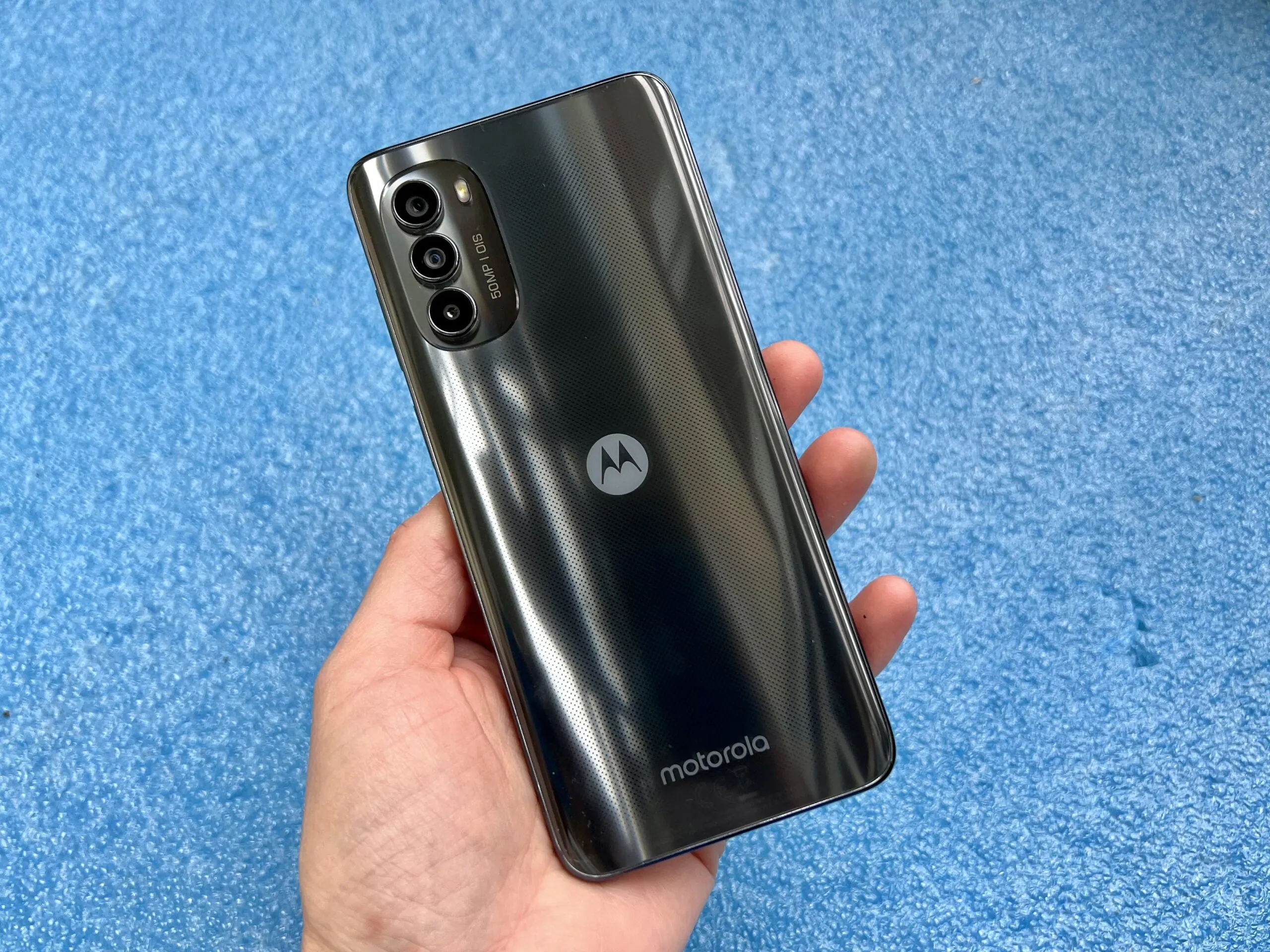
Specifications of Motorola G82 5G
| OS | Android 12 |
| Display | 6,6″, Max Vision, OLED, Full HD+, 1080×2400, 120 Hz, 100% DCI-P3 coating |
| CPU | Qualcomm Snapdragon 695 5G |
| Memory | 6/128 GB, microSD slot (up to 1 TB) |
| Main cameras | 50 MP OIS + 8 MP + 2 MP |
| Frontal camera | 16 MP |
| Battery | 5000 mAh,30 W TurboPower charger |
| Extras | 5G, USB-C, Wi-Fi ac (2,4 и 5 GHz), Bluetooth 5.1, GPS с Galileo, Fingerprint sensor, FM radio, Dual SIM, 3,5 mm, NFC, IP52 water protection, stereo speakers |
| Weight and dimensions | 160,9×74,5×8,0 173 g |
| Price, approximate | $360 |
Market positioning and price
An attentive gadget lover will notice that last year’s G71 and today’s G82 are very, very similar in performance. What was the point of releasing a new model in almost the same version? Motorola knows better. In addition, in the Chinese market, the device is called G71s, which is more logical. Well, here we have G82. And if you look closely at the characteristics, the novelty has significant advantages. And not so few of them.
Read also: Motorola Moto G71 review: the best of the rest

First, the diagonal of the display has been slightly increased, and the refresh rate is no longer the standard 60 Hz, but the top 120 Hz (for an average). Second, we get Android 12 is straight out of the box. Third, the main camera module has received optical stabilization (OIS), which means clearer photos and videos. Fourth, there is a slot for memory cards, which will be useful to many. Fifth, a fingerprint scanner in the side key, not on the back panel, which is so much more convenient. Sixth, stereo speakers instead of mono. And as for the little things, there is no variety of versions, only one with 6 GB of RAM, the Bluetooth version was updated from 5.0 to 5.1. The price is about the same level as the Moto G71.
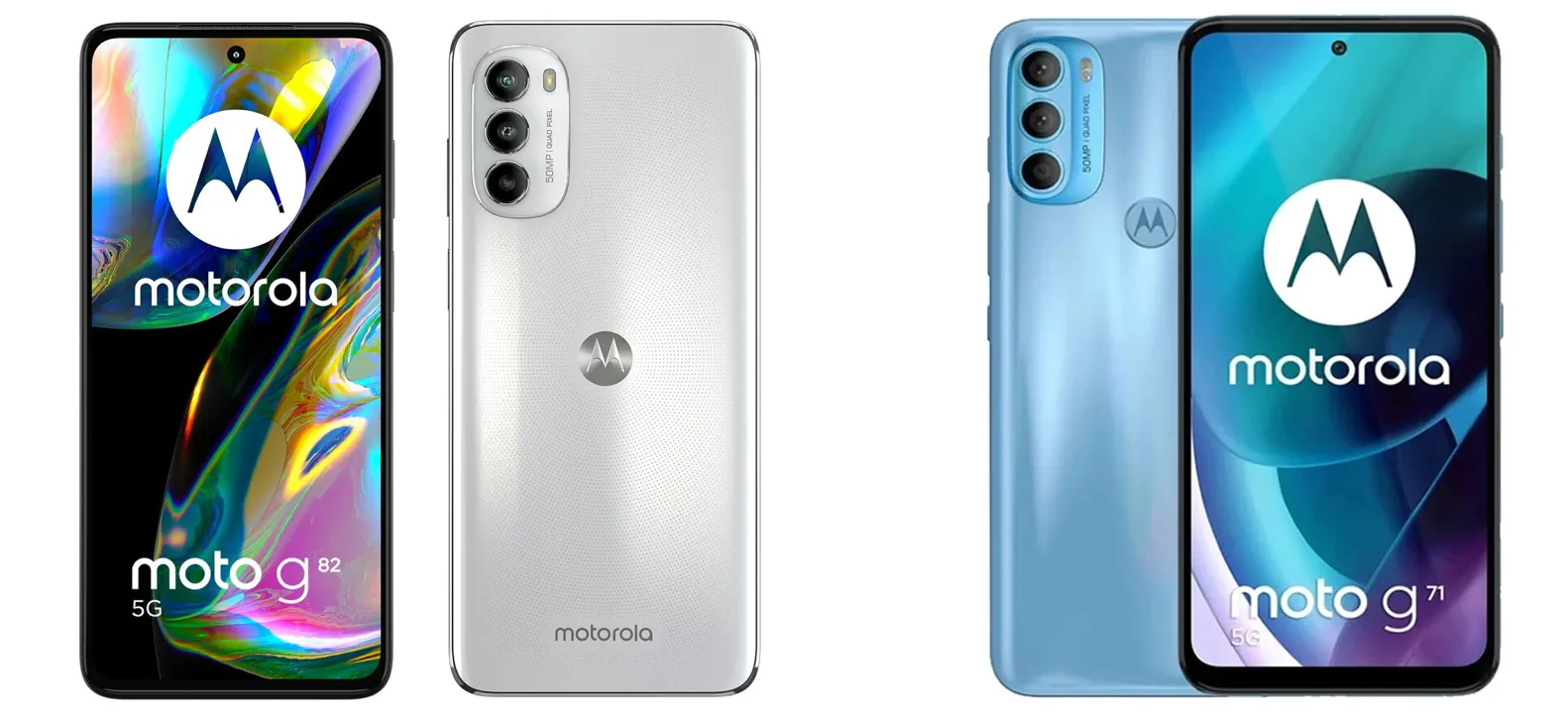
Of course, it would be nice for the novelty to have a more advanced processor, for example, the 700th series, but that’s as much as we get. We have before us an affordable device in the middle price range with a number of trade-offs and a number of advantages. Let’s get acquainted with the G82 in more detail.
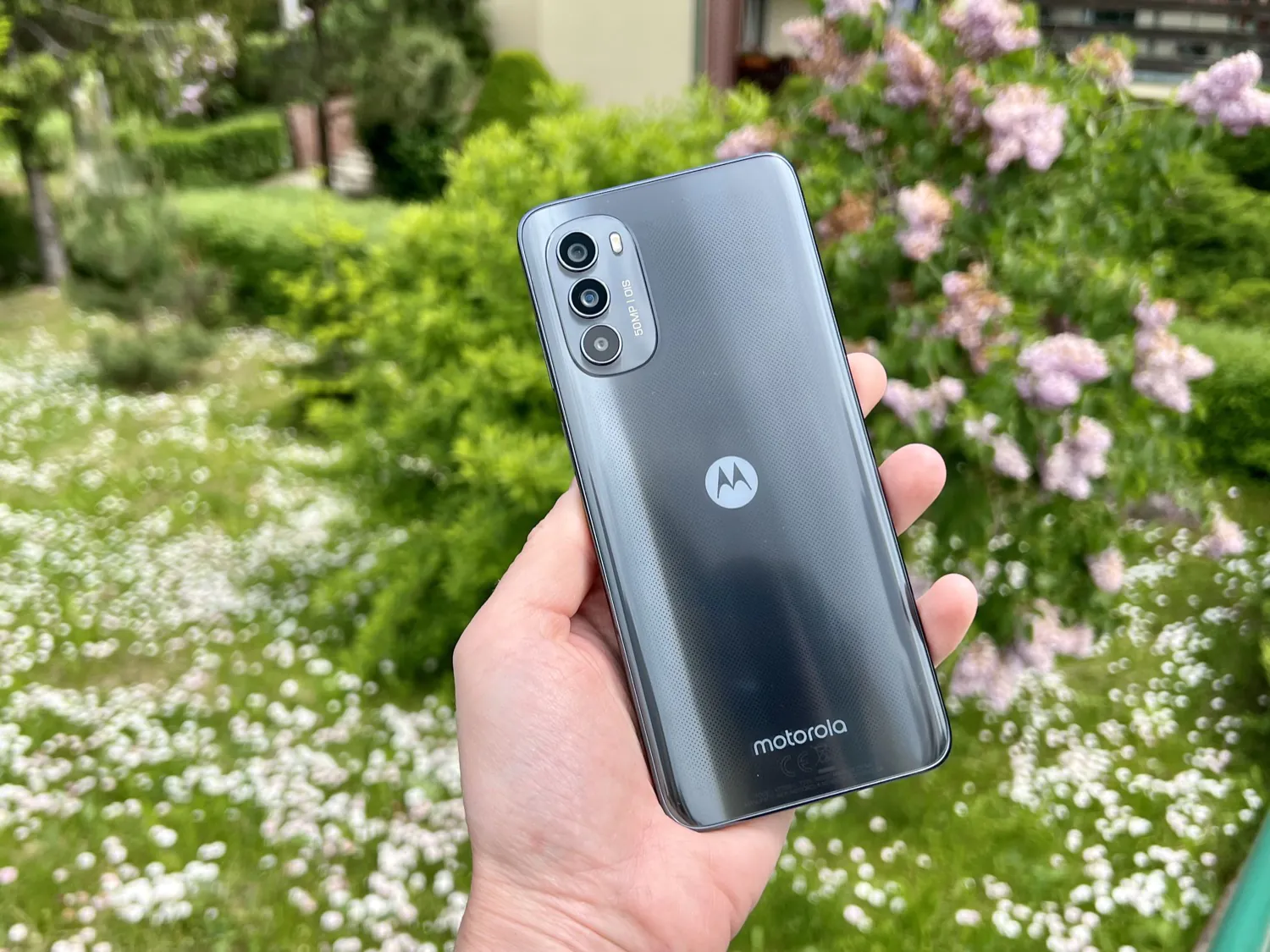
Read also: Motorola Moto Edge 30 Pro review: is it really a flagship?
Delivery set
Everything is as usual – a 30-watt charger, a silicone case, a charging cable, a pin for removing the SIM-slot and documentation.
I liked the case – it is well made, protects the screen and cameras, has matte non-slip sides. No need to look for a replacement.
Read also: Motorola G51 review: another budget smartphone from Motorola
Design of Motorola G82 5G
Hardly anything will surprise us here, it’s the same design as the Moto G series in 2021 and almost the same as it was in 2020. A screen with minimal frames (even the ‘chin’ is almost indistinguishable) and a cutout for the front in the middle (the cutout is large, but it’s ok for a budget), streamlined plastic body, camera unit on a rounded podium, which almost does not protrude above the body.
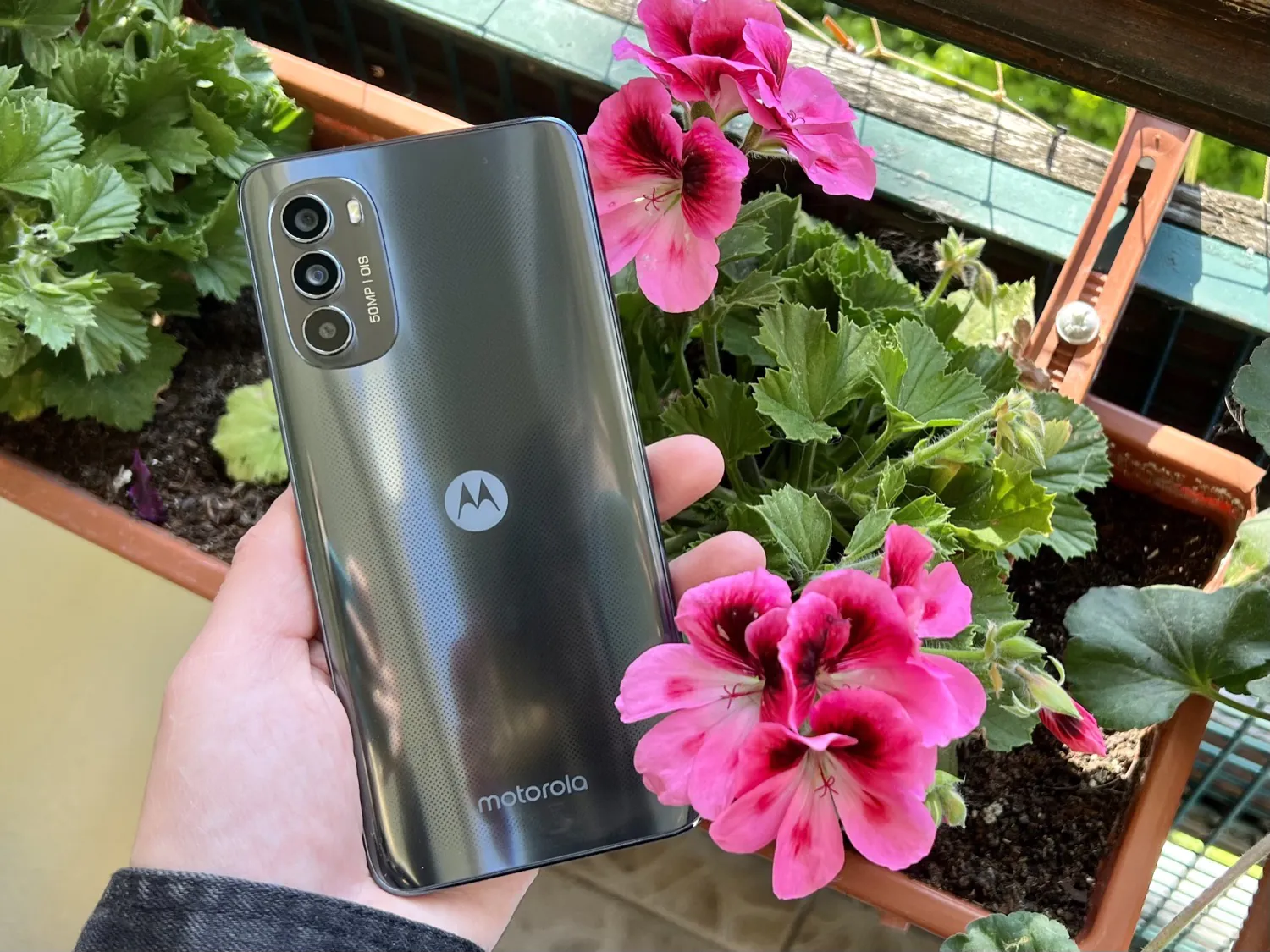
Motorola may have some fun just with the design of the rear panels, each model has its own feature. Some are ribbed, some are wavy, some are shimmering in the light. G82 received a back panel made of multilayer plastic and a pattern of small rhombuses. Such back panel shimmers very nicely in the light.
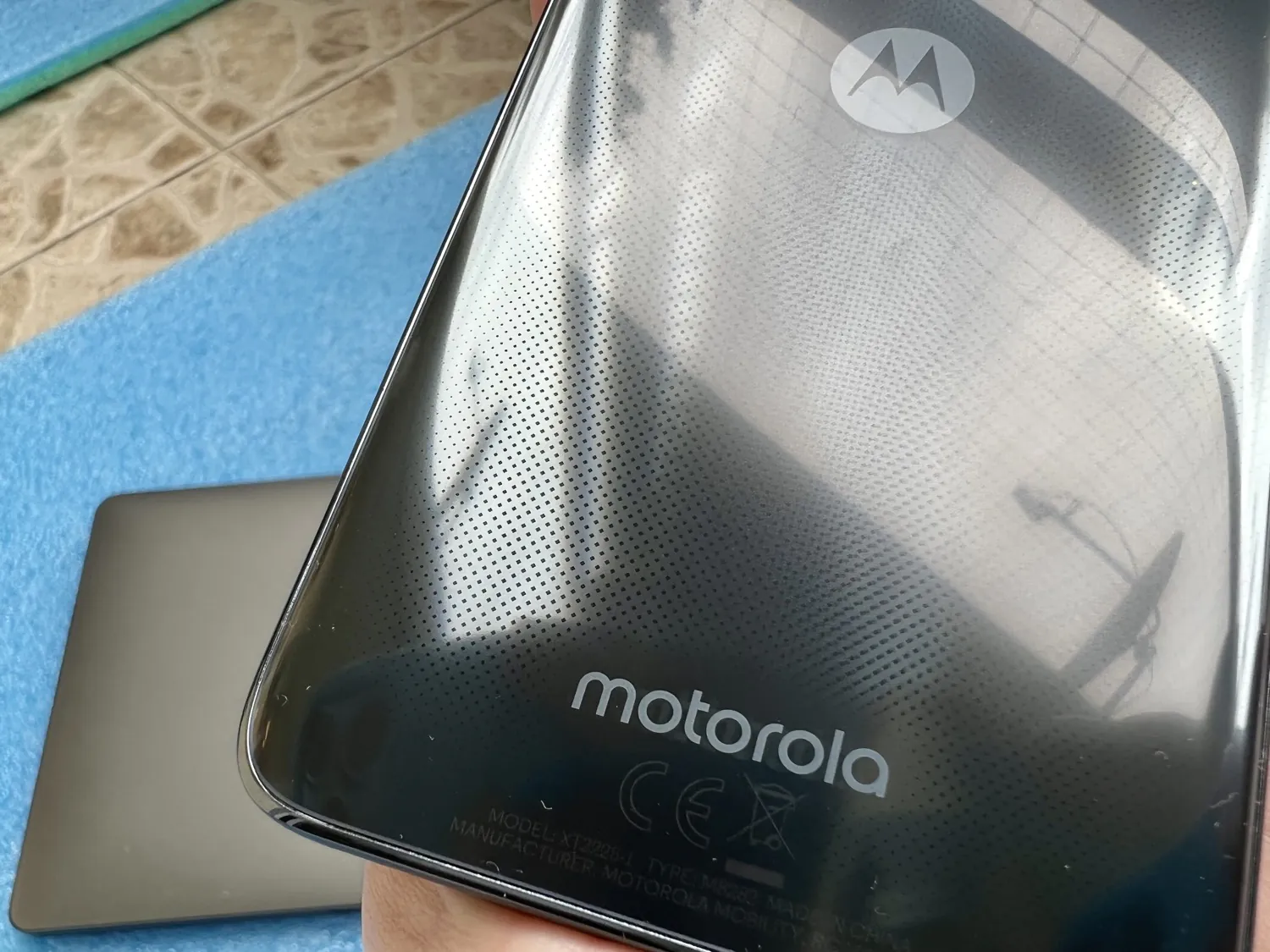
The glossy surface is a magnet for fingerprints, and that’s a minus. The way out is to use a case. But in it the model is no longer so shimmering in the light.
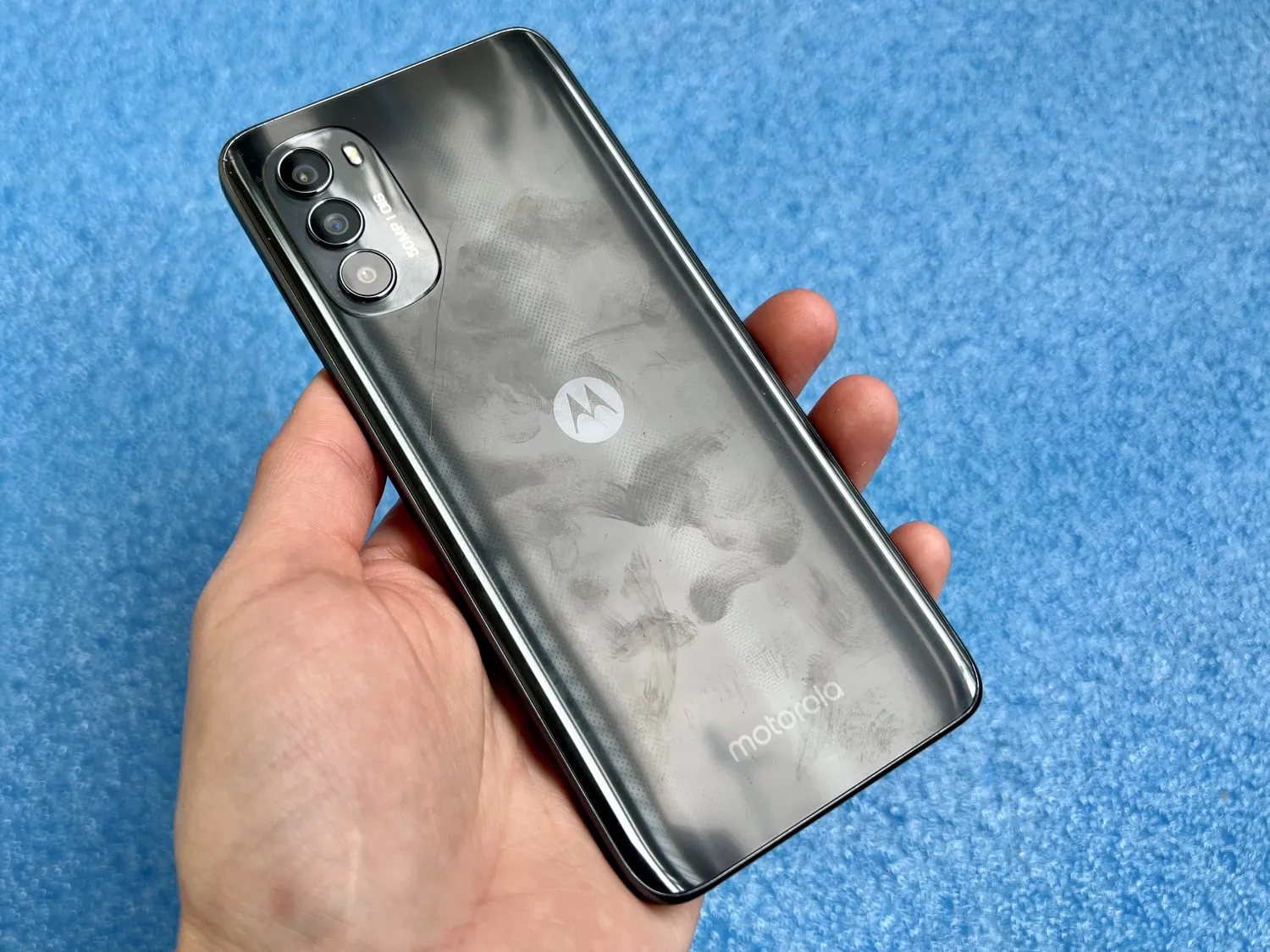
Available body colors are ‘meteorite gray’ and ‘white lily’. There is no wide variety of colors, but the available versions look good and will suit most.
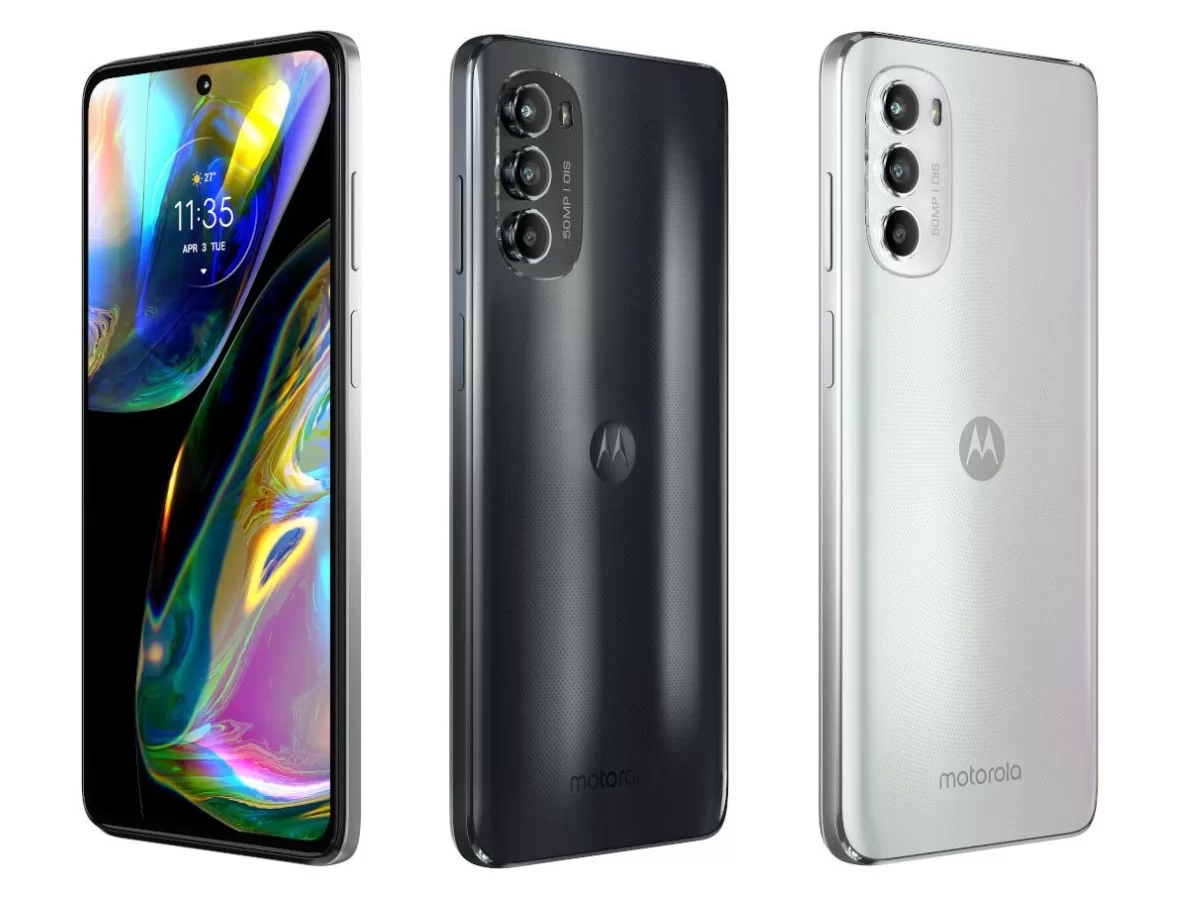
On the left side of the smartphone there is only a slot for SIM-cards.
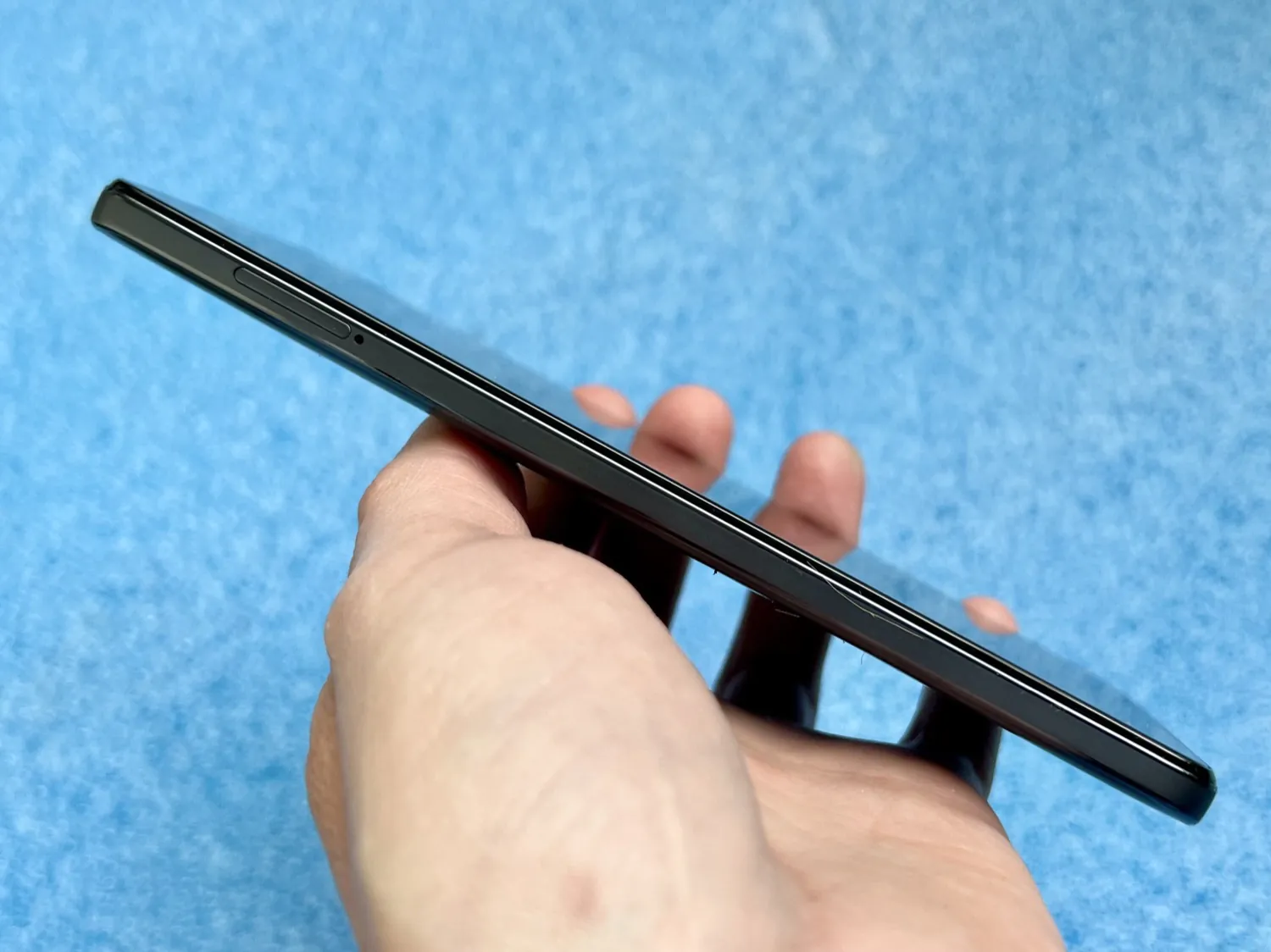
At the right end you will see a dual volume key (located at a convenient height) and an on/off button containing the fingerprint scanner. An on-screen scanner could be built into the OLED screen, but Motorola prefers the good old side scanners, and there’s nothing wrong with that. The sensor works very quickly and unmistakably, when you take the smartphone in your hands, your finger rests on it ‘by itself’. I will note that the G71’s fingerprint sensor was at all placed on the back panel, it’s good that this ‘atavism’ was removed.
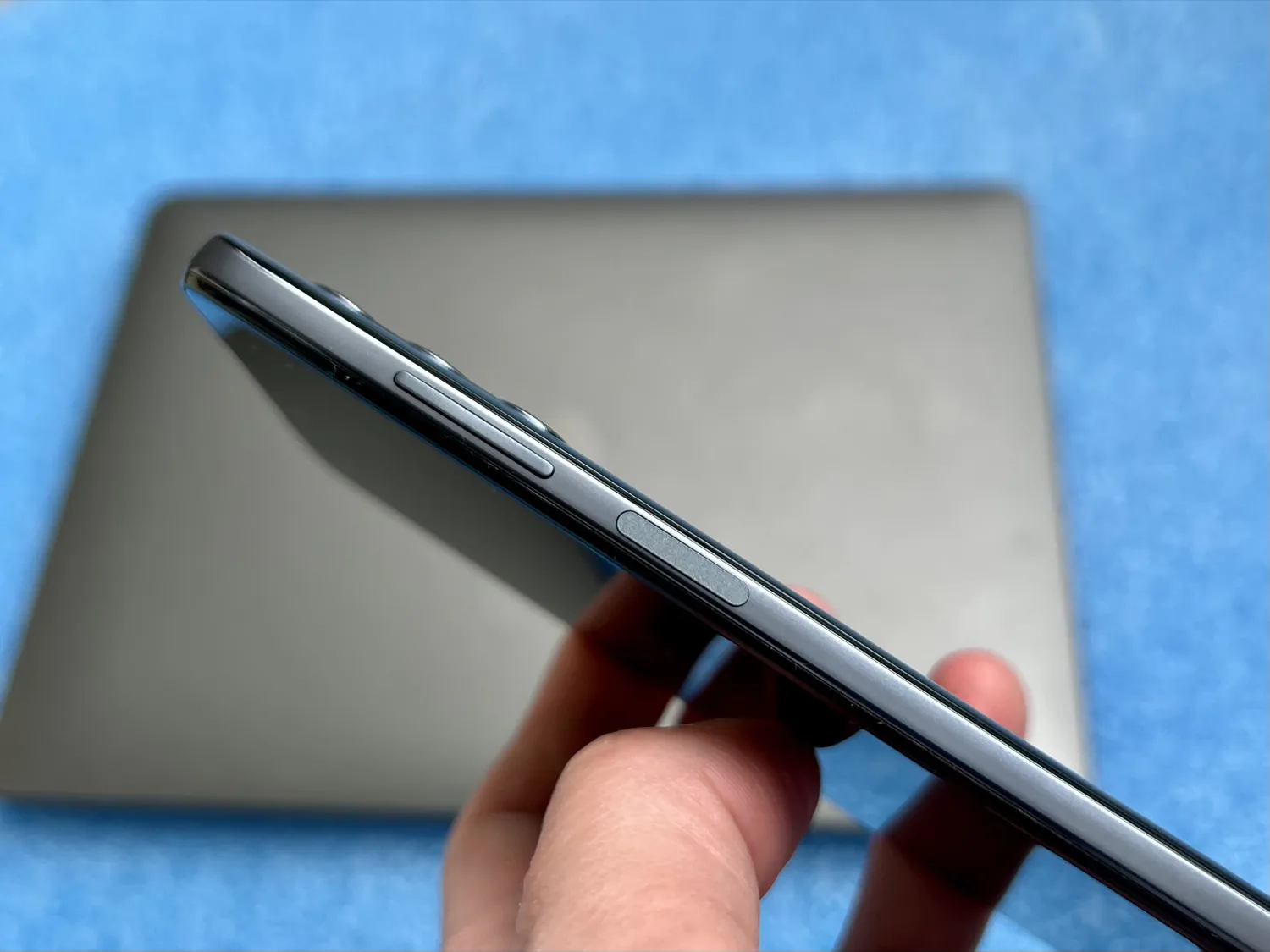
On the top end of the smartphone there is a microphone, which performs the function of a noise canceler, as well as a speaker. On the bottom edge is the 3.5 mm headphone jack (it’s good that not all smartphone manufacturers dismiss it), Type-C connector, another microphone, speaker holes.
The smartphone is big – this is something to keep in mind. But I will not say that things are bad with ergonomics. The device is light, thin. The screen is high, but narrow, it is real to operate with one hand. Personally, everything suits me – it is more convenient to perceive the content from a large display.
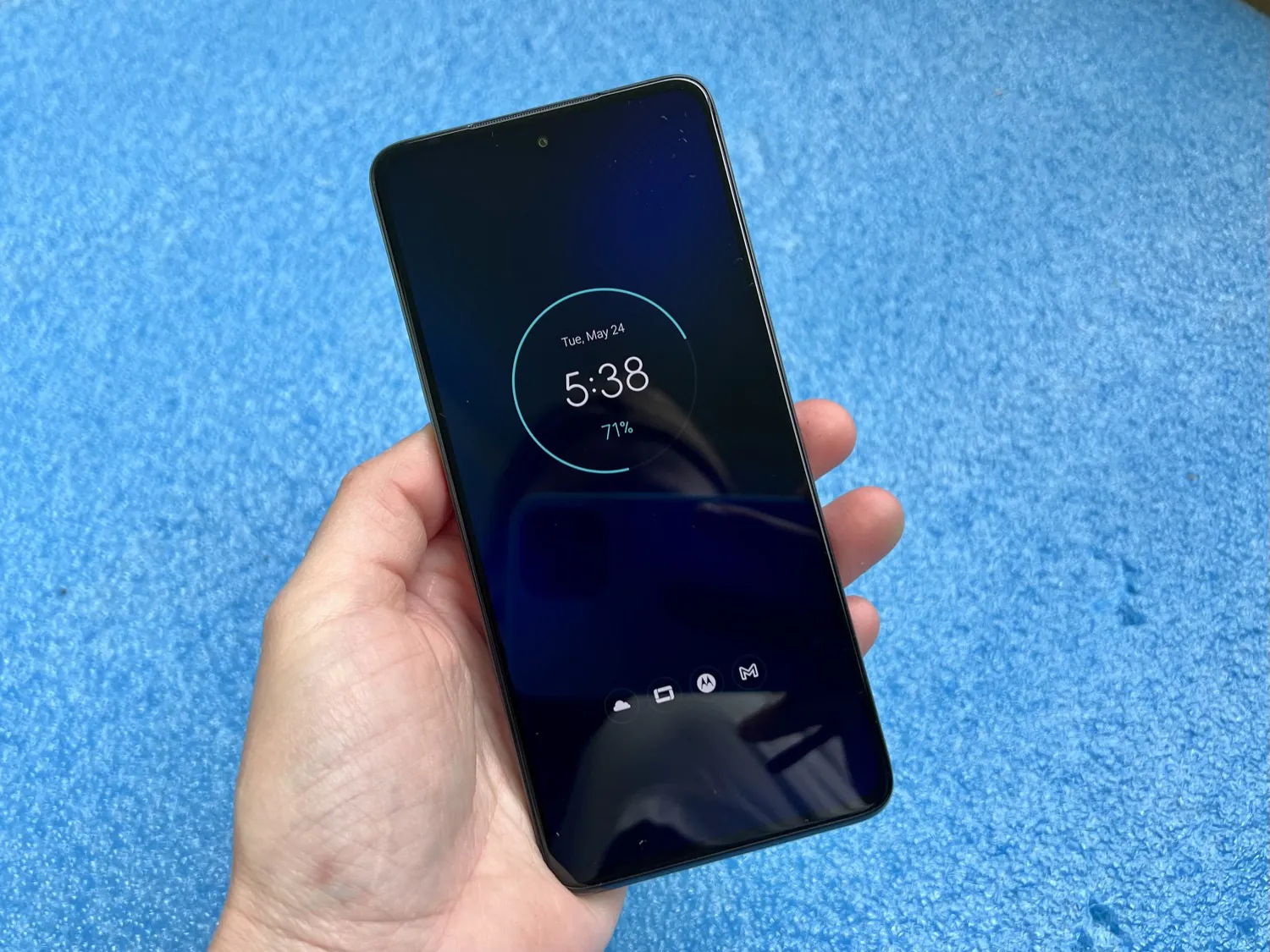
The assembly of the smartphone is perfect. The case received protection from dust and water drops according to the IP52 standard.
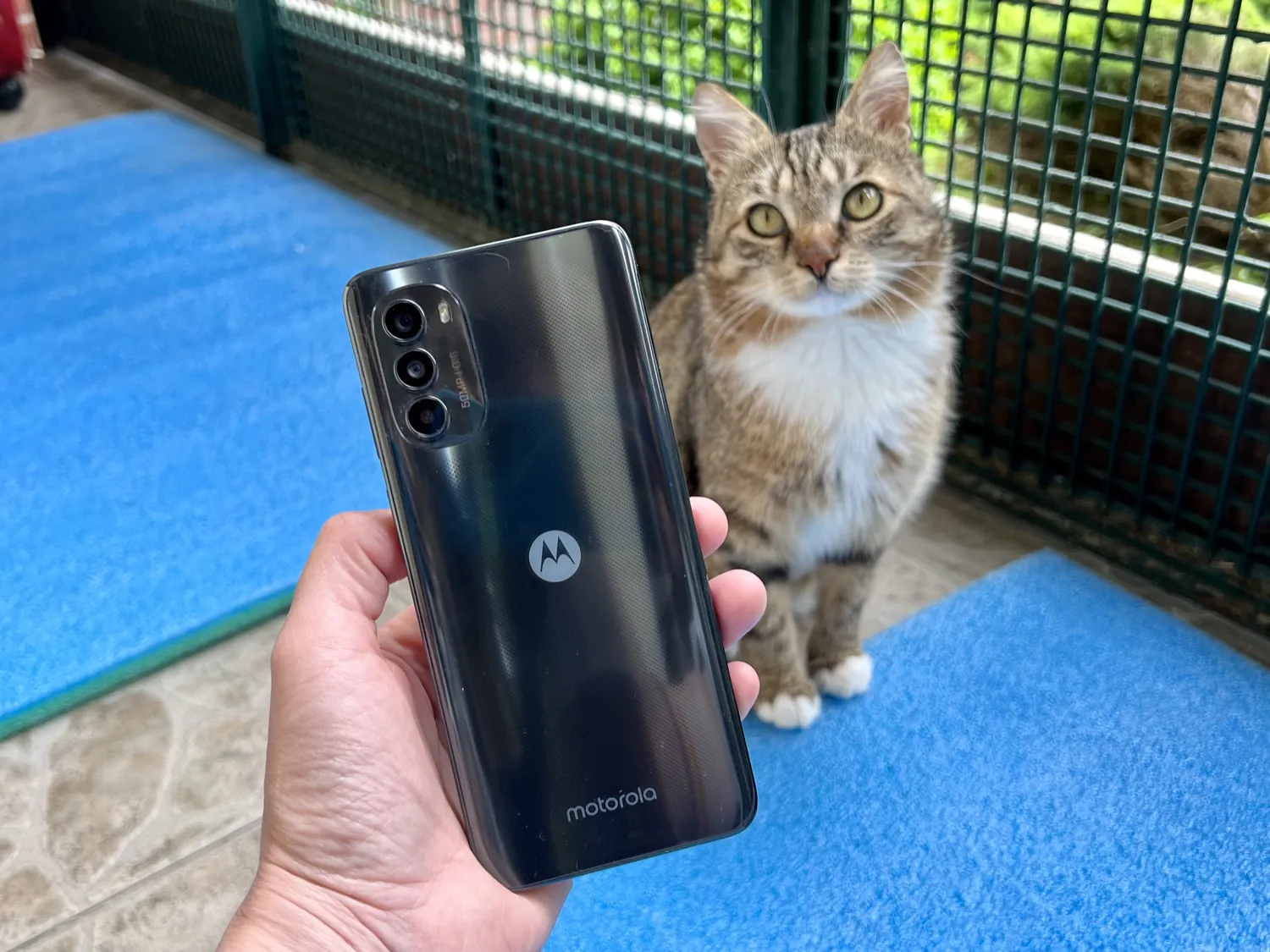
Read also: Motorola Moto G31 review: affordable OLED smartphone
Display of Moto G82
It’s good that Motorola has switched almost exclusively to OLED displays since last year. The Moto G82 has a wonderful matrix – beautiful and natural color, the shades are juicy and pleasing to the eye, perfect black (when using a dark theme, the screen frame is invisible), maximum viewing angles, high brightness (almost does not fade in the sun). The resolution is 1800 × 2400 pixels. It is a pleasure to look at such a display! Definitely a reason to choose this model.

The refresh rate of 120 Hz is also great. Last year, the G-Series used mostly 90 Hz, and not all models. The picture is very smooth, it catches the eye right away. In the settings, you can choose either the standard 60 Hz or 120, or (the best choice for battery life) automatic version, when based on the AI, the phone will choose the appropriate frequency.
The maximum brightness is sufficient to prevent the display from fading in sunlight.
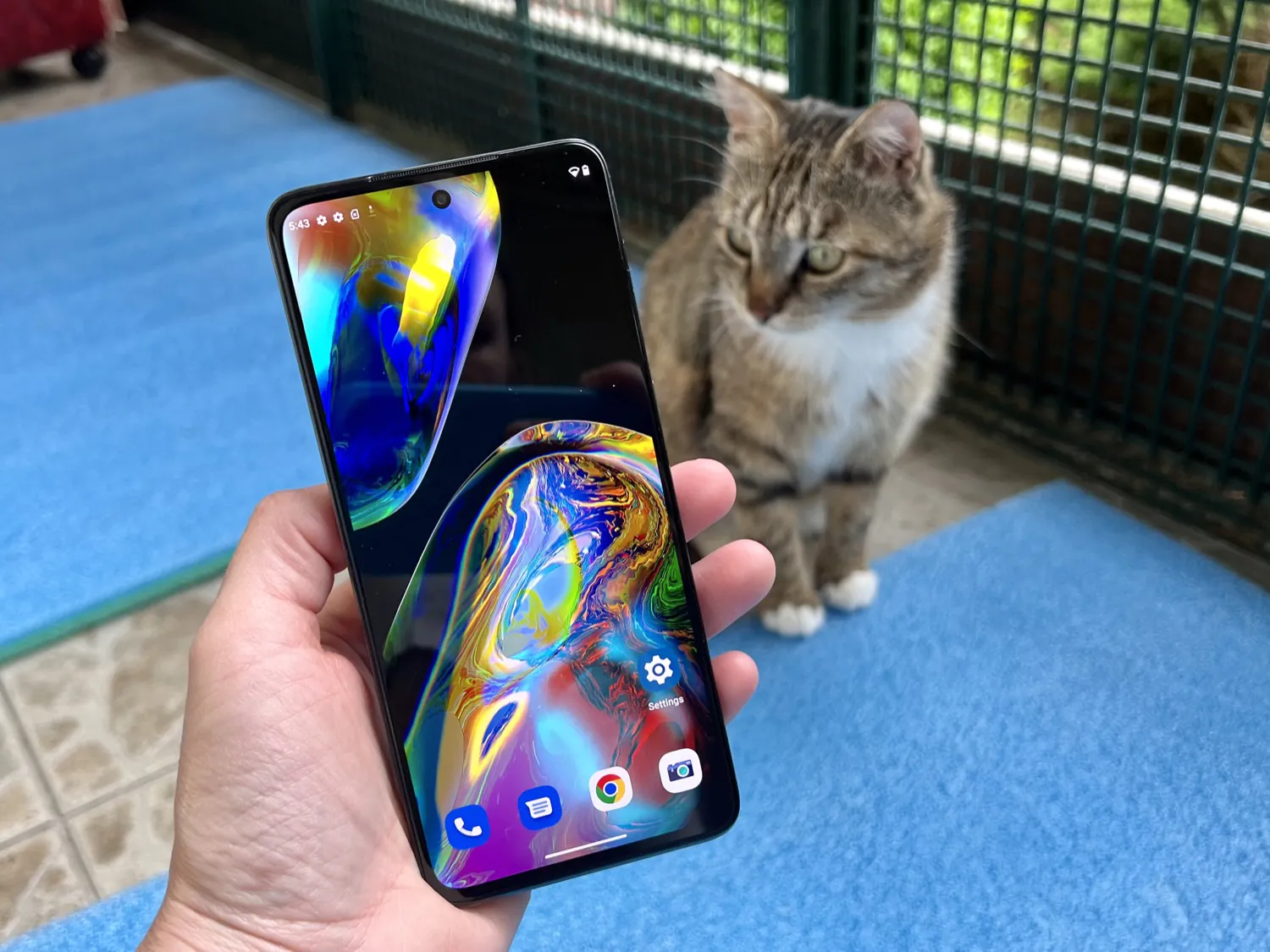 Automatic brightness adjustment works without mishaps. There is an option to adjust the color temperature (removes cold shades in the evening), as well as three options for color saturation.
Automatic brightness adjustment works without mishaps. There is an option to adjust the color temperature (removes cold shades in the evening), as well as three options for color saturation.
Read also: Motorola Moto G60 review: Budget phone with 6000 mAh and 120 Hz!
Hardware and performance of Motorola G82
Here we can, actually, copy the section from the Moto G71 review, as the chipset is the same. This is a more or less fresh (announced in October 2021) Snapdragon 695. And despite the six in the beginning, it is more productive than the older Snapdragon 732G and even 750G.
The chipset is made with 6 nm process technology, energy efficient. It contains two Kryo 660 cores (Cortex-A78) at 2200 MHz and 6 Kryo 660 cores (Cortex-A55) at 1700 MHz, as well as an Adreno 619 video chip. And, of course, it stands out with 5G support, which has become standard for modern budget phones.
In terms of performance, everything is fine. The smartphone is ‘quick’ in any basic tasks, does not ‘kill’ all unnecessary applications in the background. Any games will start, but still do not expect top performance, the graphics will be at an average level, there may be lags. However, this is not the flagship model. Anyway, the G82 does not overheat even under heavy load.
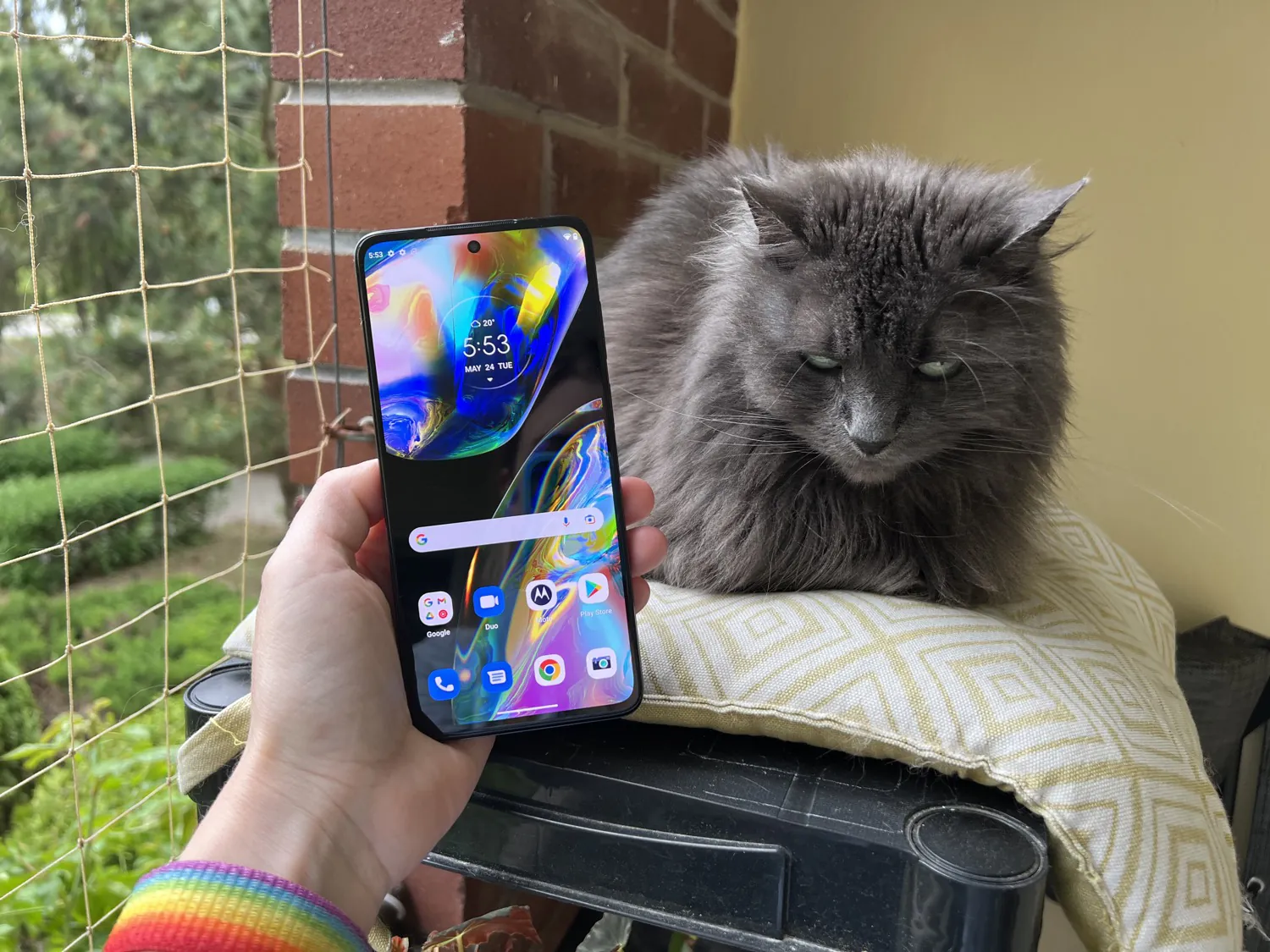
RAM is 6 GB. Not much, but enough for an average phone. The amount of built-in memory is not a record, 128 GB. But if you need more space, a memory card slot will help (combined; either one SIM and a memory card, or two SIMs). Since recently, the Moto shell has a function of ‘software’ RAM expansion to the storage memory. 1.5 GB is added to the available 6 GB, this volume cannot be changed. Not the fastest option, but better than nothing.
Read also: Motorola Moto G60s review — Big budget phone with super fast charging
Cameras of Motorola G82 5G
Motorola did not bother with the cameras. The same set of modules was used as in the much cheaper G31, as well as in the G71. But, as I mentioned in the introduction, there is one important difference – G82 has received optical stabilization, which affects the video quality (less “jerky”) and photo quality, too, especially in low light, when it is important that the images are not blurred.
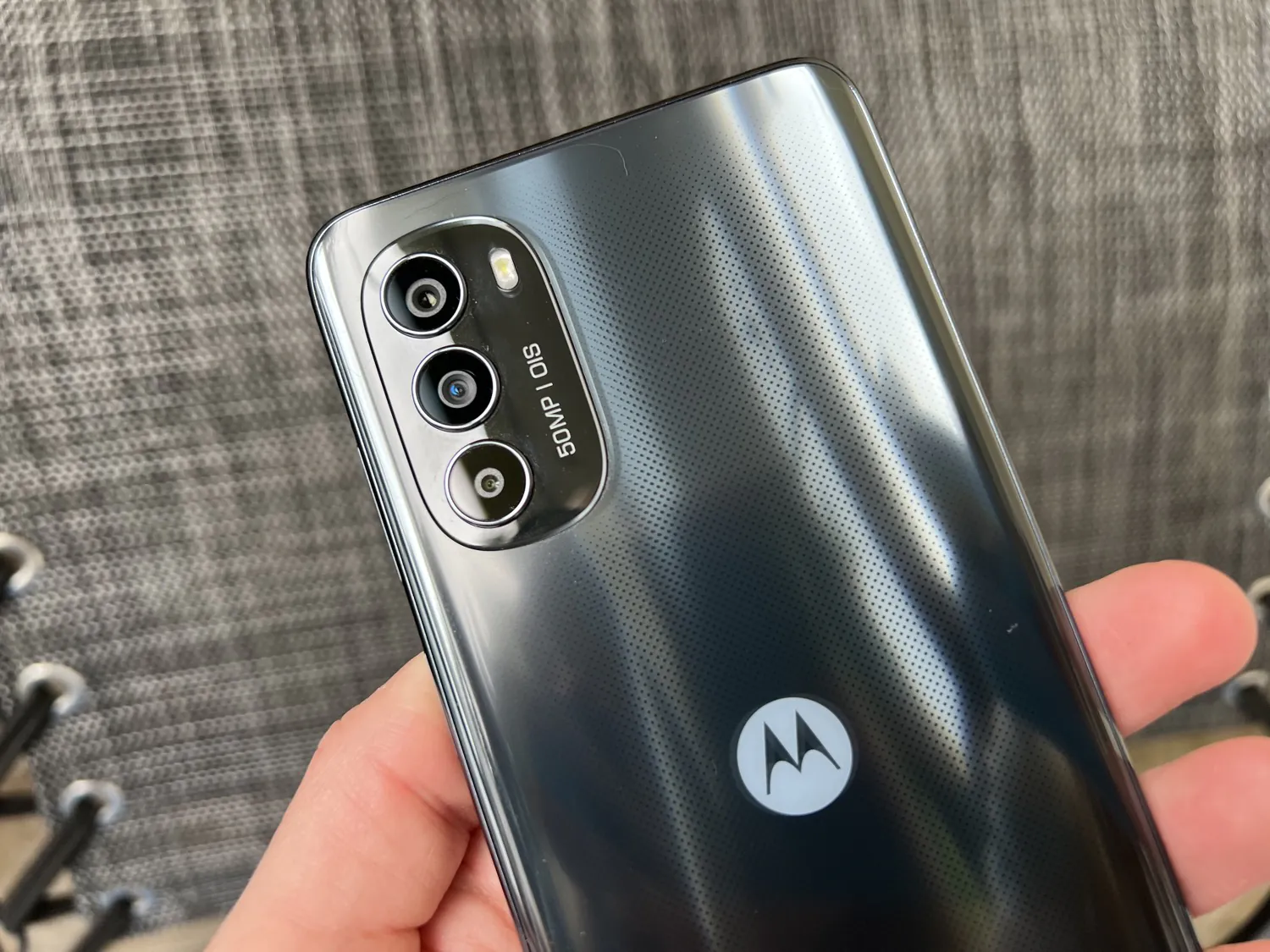
The camera unit consists of three lenses: a main 50 MP module, an 8 MP ultra-wide angle and a 2 MP macro camera. In this case, traditionally, the images are not saved in the maximum resolution, and the technology of combining four pixels into one is used, so the main sensor produces a photo of 12.5 MP (4080 × 3072), not 50 MP. In the settings, you can include a maximum resolution of 8160 × 6144, but it does not make much sense – photos will be created longer.
The picture quality is excellent at good lighting, most users will not find anything to complain about. When the lighting is weak, everything is not so smooth any more, detail and clarity fall, moving objects can be blurred.
FOR ALL PHOTOS WITH MOTO G82 5G IN ORIGINAL RESOLUTION – CLICK HERE
The pictures taken in the dark are slightly better than the G71’s, apparently, the presence of an optical stabilizer matters. The color rendering is good, but there is still not enough clarity.
Night mode, again in contrast to the G71, is more delicate. It makes the photo brighter, but moderately neater, without excessive clarification. Here are examples of night mode on the right:
The wide angle lens is ok. The color rendering is worse than in the photo from the main lens, the photo is darker and there is some blur, but sometimes you need to fit more in the frame than the main module ‘sees’, and the phone will cope with it. Examples of photos, wide angle on the right:
There is also a macro lens. In inexpensive smartphones, it is installed in order for the phone to ‘have more cameras.’ The pictures are blurry, pale. Of course, to have a complete picture, it is better to look at them in the original resolution, I posted all the photos with G82 in full resolution in this archive.
The selfies taken with the 16 MP frontal camera are clear, with good color rendering, even if the lighting is low. And the phone gives out both the usual picture, and processed by means of AI – at choice. The ‘beautifier’ is quite aggressive, it can be disabled if desired.

The smartphone records video in 1080p at 30 or 60 fps. Too bad there’s no 4K. The quality is good, I note fast autofocus, noticeable stabilization. You can watch video examples at this link.
The camera interface is standard for Moto. Visual, convenient. In addition to the standard shooting modes, there are also ‘selective color’ (leaves one color in the photo), panorama, ‘live’ photos, real-time filters, PRO-mode with RAW support.
Read also: Motorola Moto G10 vs Moto G20: Which Twin to Choose?
Data transmission
The standard set is 5G, Wi-Fi 802.11 a/b/g/n/ac 2.4 + 5 GHz, Bluetooth 5.1, NFC for payment in stores, GPS, GLONASS, Galileo. There is a compass (magnetic sensor). There are no complaints about the operation of data transmission modules.
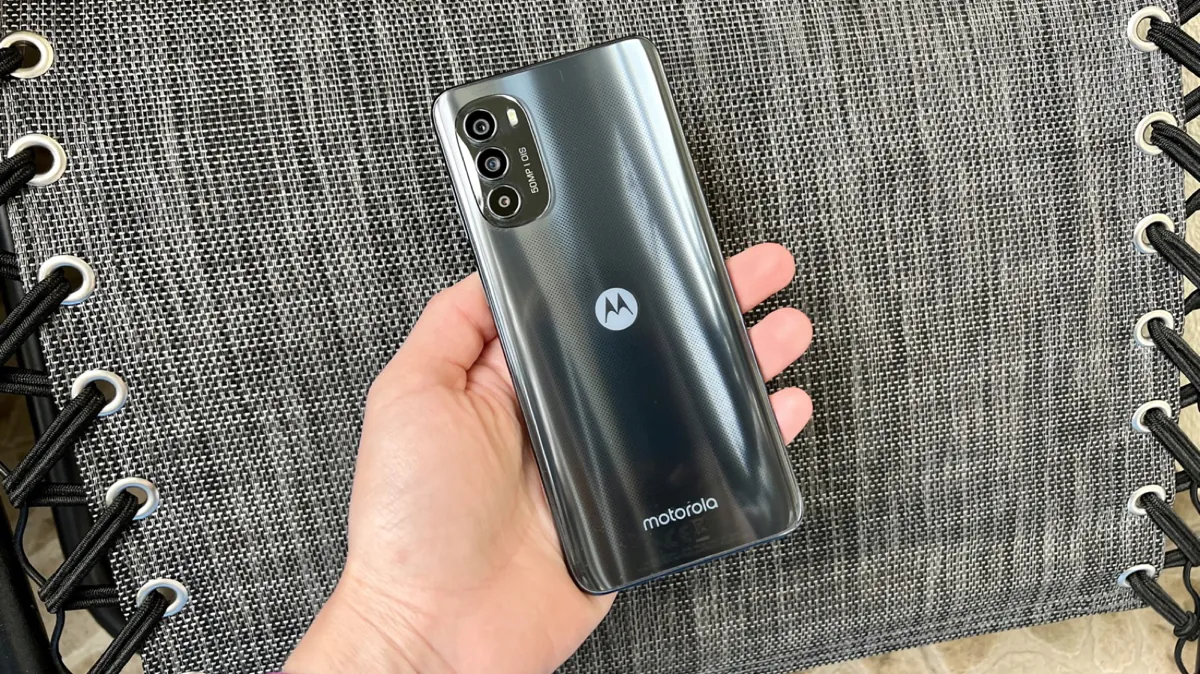
Moto G82 sound
The speakers are stereo, again unlike the G71. And if I scolded the previous model that it only sounds in mono at a not the lowest price, then there are no complaints about the new product of 2022. High quality sound with good volume margin. Pleased with the presence of a 3.5 mm jack, so you can use wired headphones if you wish.
The smartphone supports Dolby Atmos technology, there are pre-installed presets.
Motorola G82 software
The smartphone runs on Android 12, which is currently the latest version of the OS from Google.
The look and feel of using the interface is as close as possible to the ‘clean’ Android 12 that can be seen on Google Pixel smartphones. I suppose the operating system will be one of the deciding factors when choosing a phone for those users who cannot afford the Pixel (too expensive or not officially supplied).
The new quick settings interface and notification curtain design catch the eye immediately, these are one of the most striking visual changes in Android 12. The buttons are now rounded, and a separate screen is available for notifications, called by tapping on quick settings.
Widgets have also been overhauled in Android 12. Their ‘live’ preview is now available in different sizes. An updated dynamic widget coloring based on the Material You engine is also supported – widgets adapt to the selected wallpaper.
There is another feature of Material You here – adjusting the theme, in particular, icons to wallpapers. However, it is disguised by a Moto-specific theme engine.
Android 12 puts a lot of emphasis on security and privacy. In particular, there is a new privacy control panel, where you can immediately find out which application is using the camera, speaker, location access, and so on. In the upper right corner of the screen, there are camera and microphone indicators that immediately let you know that you are being watched, as well as quick switches that allow you to restrict access to the camera and microphone. It is also possible to determine whether the application receives your exact coordinates or only an approximate location.
There are other less noticeable features of Android 12, for example, the Extra dim option (reducing the minimum display brightness, useful in complete darkness), window magnifier (enlarging part of the screen), the new power menu, improved PiP mode (picture in picture), the ability to create ‘long’ scrollable screenshot.
I can’t say that Moto has a lot of its own features that Google does not offer to its users. They are all grouped in the Moto Features app. There are interesting design themes, gesture control (many interesting things, for example, turning on the flashlight by double-shaking the phone, activating the camera by double-turning the wrist, taking a screenshot by touching the screen with three fingers, silent mode by turning the smartphone screen down, etc.) and other chips (activating display if you are looking at it, the option to split the screen into two parts, the ability to launch applications in a separate window during the game and other tweaks for gamers).
There is an analogue of AoD – time and notifications on the lock screen with the ability to quickly preview them with a touch (Peek Display). This screen is activated by itself for a few seconds, if you pick up the device, and with a dark background and minimum brightness to save energy. By the way, if you didn’t know, Motorola had this feature long before other manufacturers like Samsung “invented” full-fledged AoD. However, a full-fledged ALWAYS on display could be implemented in a smartphone with an OLED screen, but for some reason Motorola did not pay attention to this.
Read also: MOTO XT500+ headphones review: Better at home
Battery life
The G82 5G battery has a capacity of 5,000 mAh, it has been a ‘gold standard’ for the G-series of Moto for several years. An energy-efficient processor and well-optimized software are also important. During the tests, I always had enough charge until late in the evening. At the same time, I am an active user and almost never let my smartphone out of my hands. On average, the phone lasts for about 6-7 hours of active screen at above average brightness. I think that for a user who is less active than me, the Moto G82 will last for a couple of days of use.
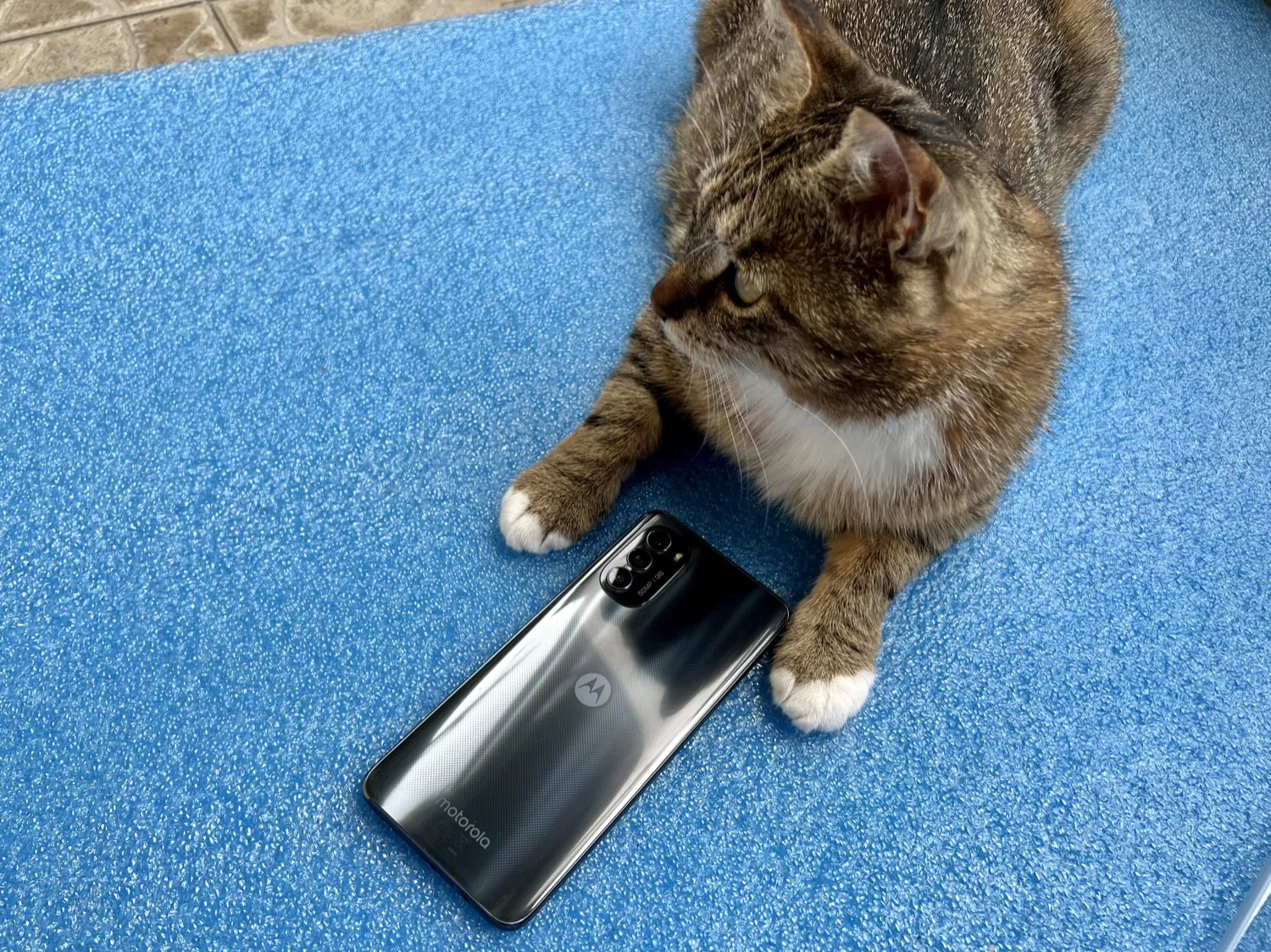
The phone comes with a 30W charger. Of course, 30W is far from a record; in the budget segment, competitors have 65 W. But this is not so critical, it takes about 1 hour and 20 minutes to fully charge the G82.
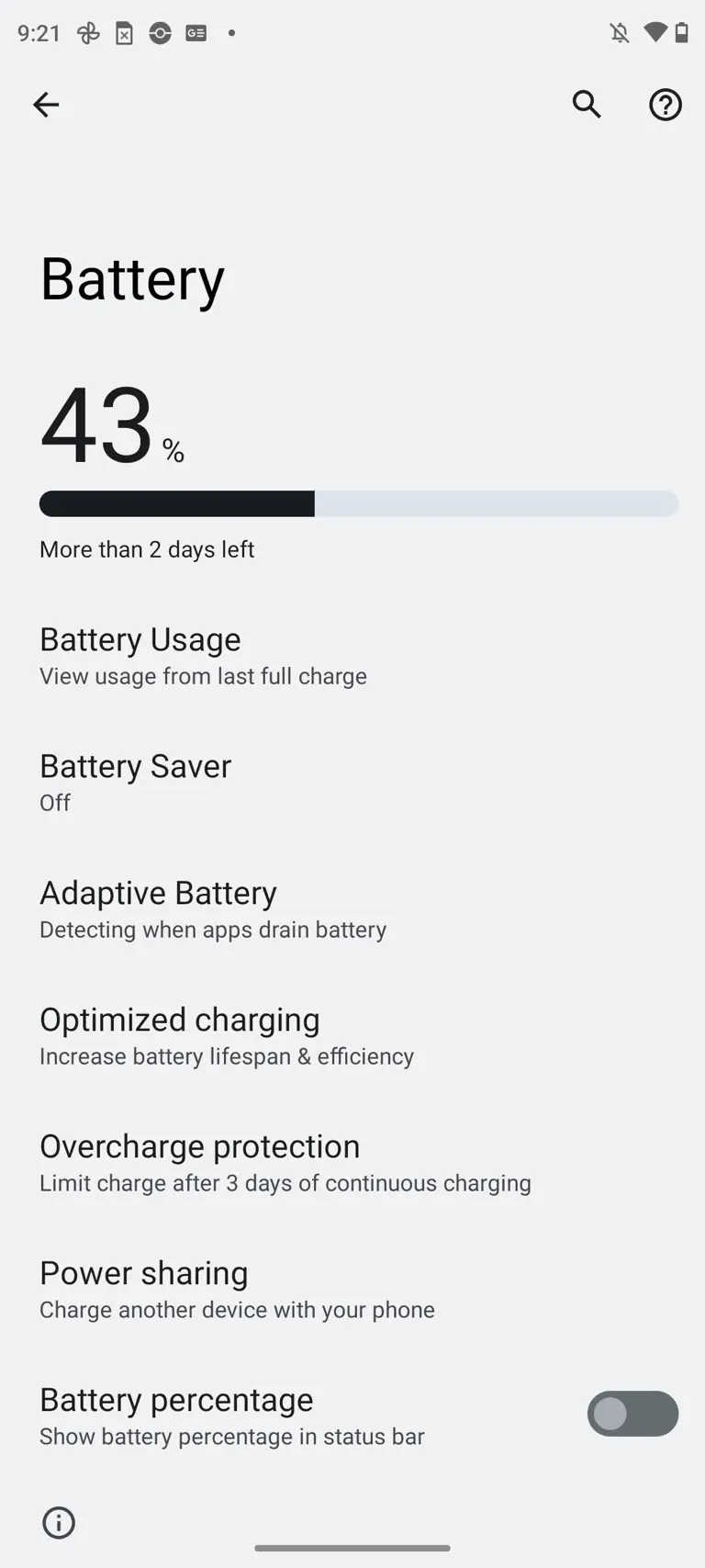
Conclusions and competitors
The Moto G82 looks very similar to last year’s G71 at first glance. But if you look closely, there are a lot of small but important improvements. A screen with a frequency of 120 Hz instead of 60 Hz, a fingerprint scanner not on the back, but on the side, optical stabilization at the main camera module, stereo speakers, a memory card slot, fresh Android 12 and other little things.

If you look at the smartphone separately, without comparing it with its predecessors, then we have a successful middling with a chic 120 Hz AMOLED screen, adequate performance, decent (taking into account the price) cameras, and stereo sound. Once again we see the ‘Moto quality’: excellent assembly, pure Android without shells and glitches, with minimal (and useful) additions, excellent optimization, regular security updates.

But for the sake of completeness, let’s see what other interesting smartphones can be purchased for about $360?
Let’s start with Samsung Galaxy A53 5G in 6/128GB version. Among its advantages are a chic AMOLED display, IP67 water resistance, good cameras with optical stabilization, and decent performance. And, of course, the wonderful One UI shell. You can only complain about not the fastest charging.
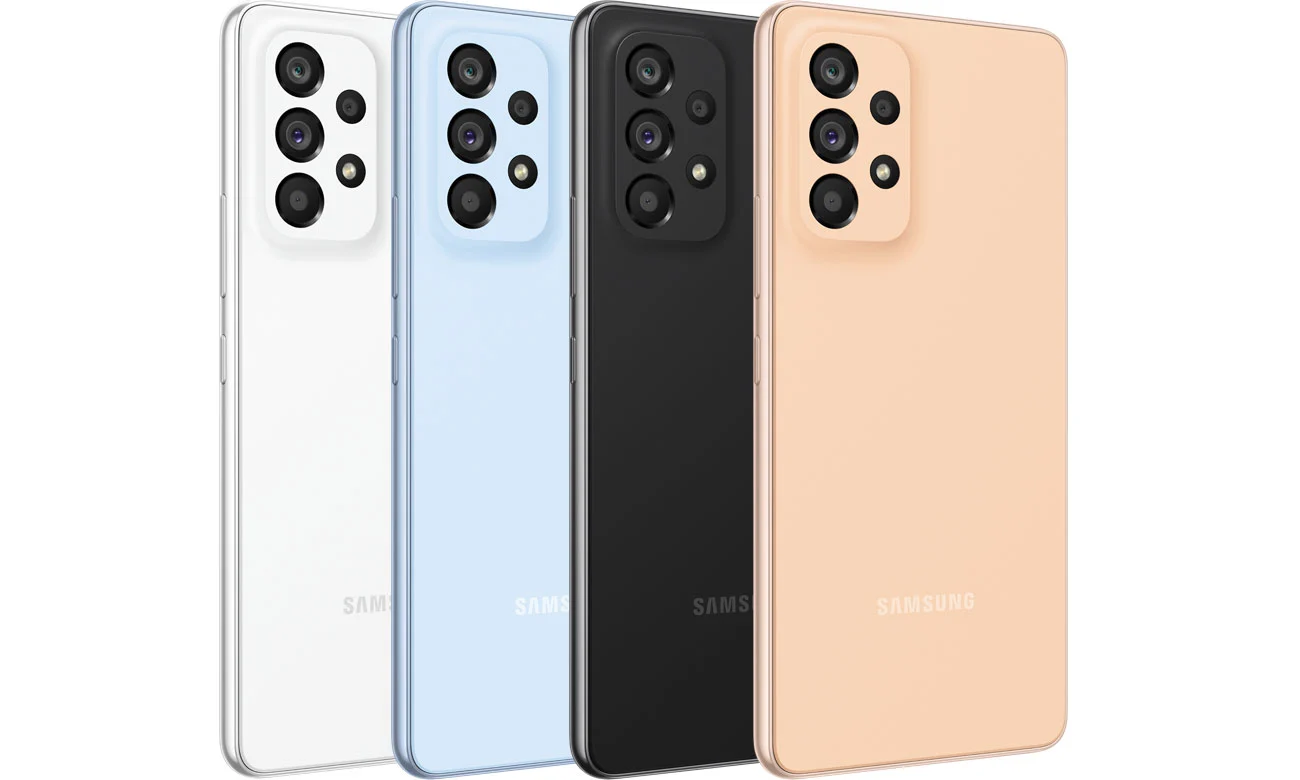
Realme GT Master Edition 8/128GB will be a strong competitor for the same $350-360. It is powered by the powerful Qualcomm Snapdragon 778G, features a 120Hz Super AMOLED display with an in-display fingerprint scanner, and 65W SuperDart Charge. The battery is weaker – 4300 mAh, but with a very fast charge, this is not so critical, it will be enough for a day anyway. The design is interesting, especially in the gray version. Well, the cameras are still not as good as those of Moto.

A slightly more expensive but worthy alternative could be the realme GT Neo 2 8/128GB. Excellent AMOLED screen, advanced Snapdragon 870 processor, decent cameras (but no OIS). Another option is realme 9 Pro+ with Super AMOLED screen and powerful Dimensity 920 5G chipset.
Read also:
- Realme GT Neo 2 review: Almost a flagship killer
- Realme GT Master Edition vs Xiaomi 11 Lite 5G NE vs Samsung Galaxy A72: 2021’s hottest mid-rangers go head to head
Among the models from Xiaomi, one cannot forget about the Poco X4 Pro. The device is based on the same chipset as the hero of the review, for the same money and with similar characteristics. Charging is faster (67W), but the main 108MP is not as good as it could be, and with no OIS.
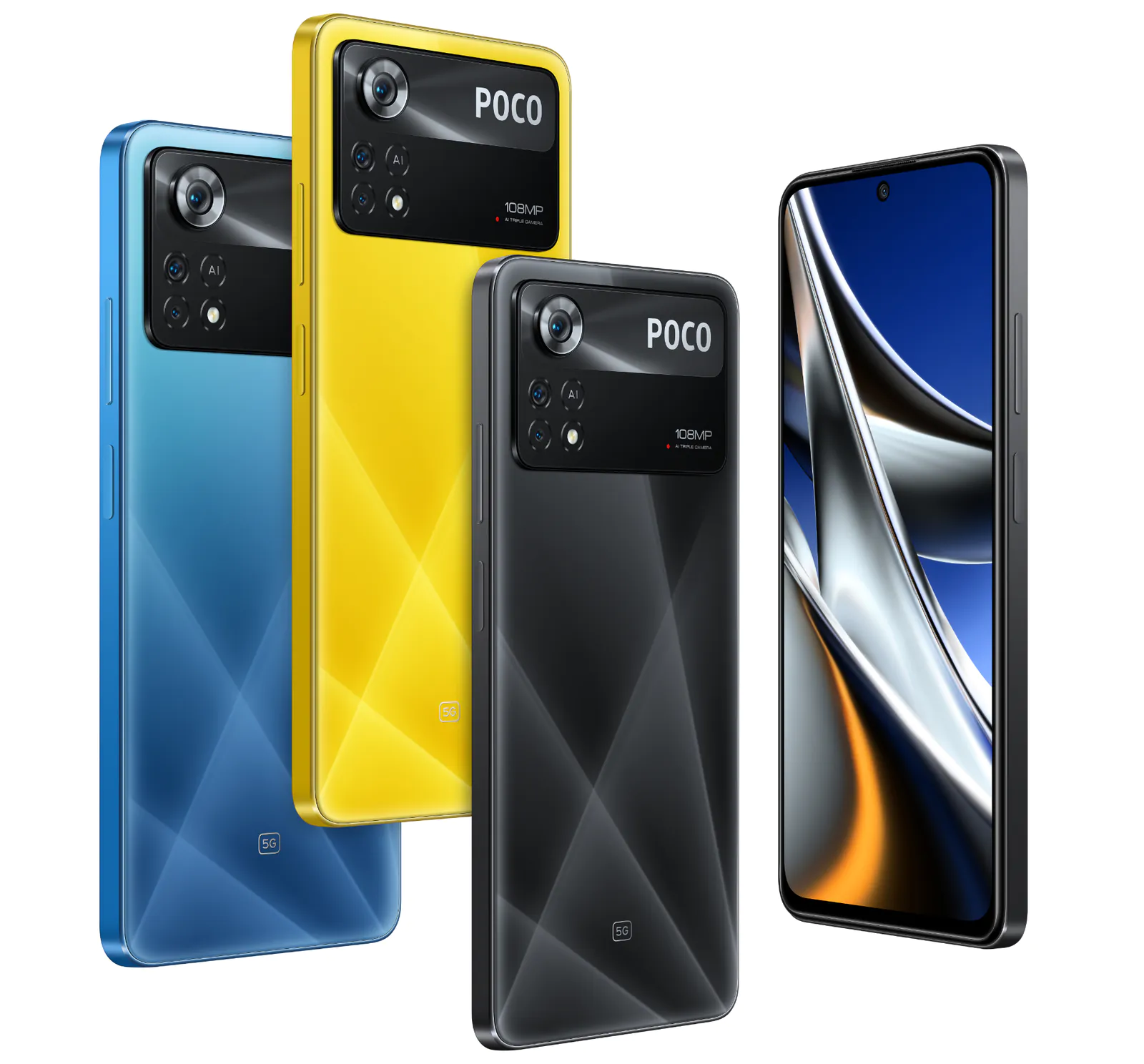
The ‘brotherly’ Moto G200 8/128GB can also be an alternative. The model has a top-end Snapdragon 888+ processor of last year, a tenacious 5000 mAh battery. But the IPS screen is not as good as AMOLED and there is no optical photo and video stabilization, which is still noticeable.
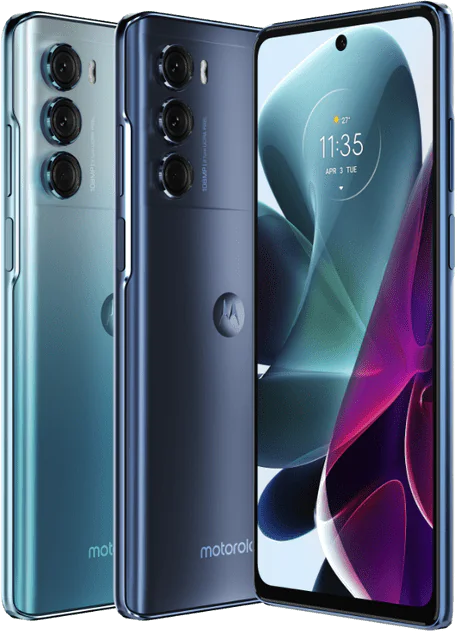
Read also:
- Motorola Moto G200 review: Snapdragon 888+, 144 Hz and interesting design
- POCO X4 Pro 5G review: not a flagship killer anymore
As you can see, there are many alternatives, but Moto has a lot of killer chips considering the price.
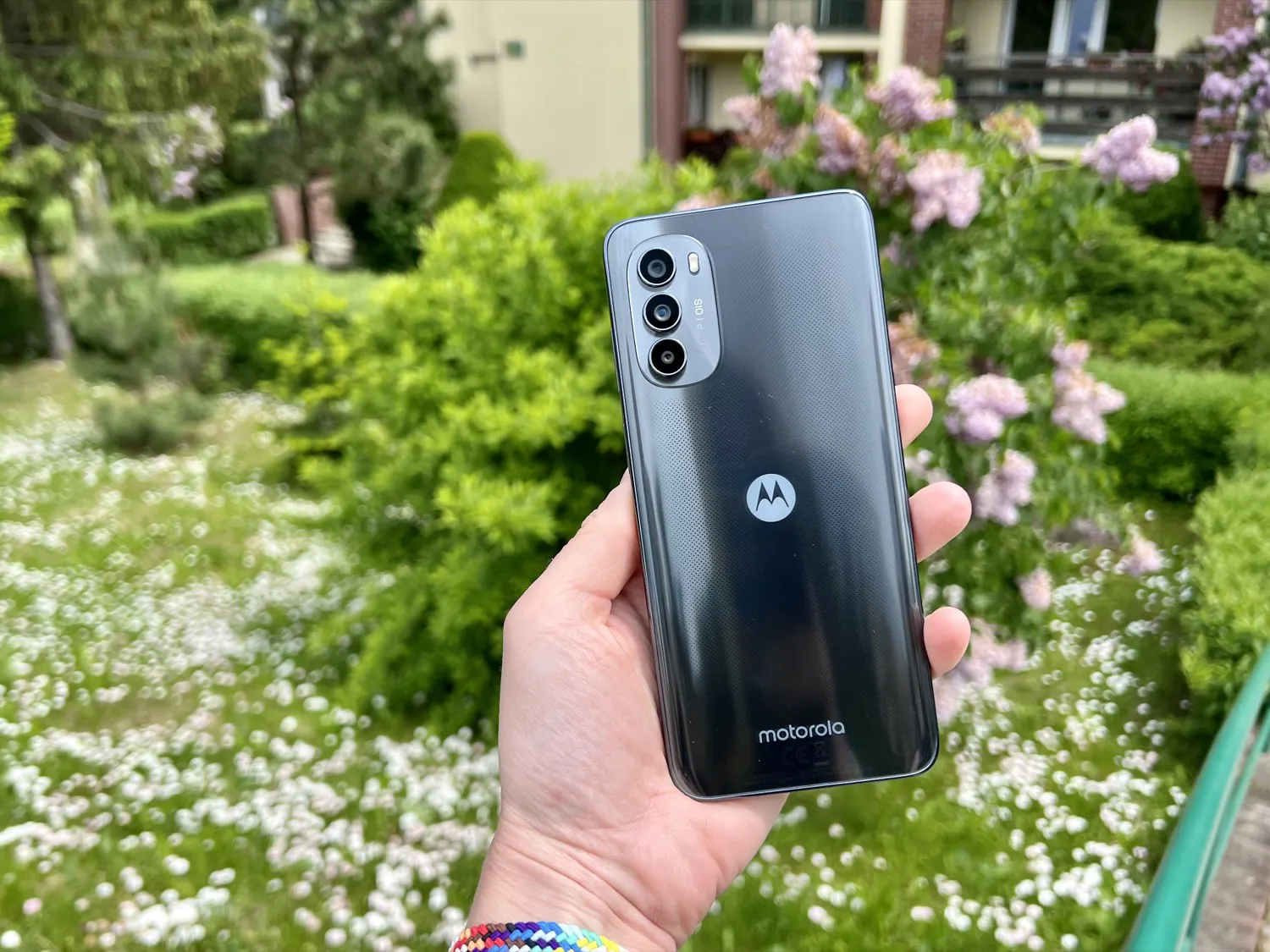
Well, I conclude the review with competitors comparison, and repeat that the choice, as always, is yours! Did you like Motorola Moto G82?
Read also:
- Vivo V23e review: blast from the past
- Motorola Edge 20 Pro review – Not so Pro
- Moto Motorola Edge 20 review: Why do we need flagships anyway?

You can also help Ukraine fight with Russian occupants via Savelife or via an official page of the National Bank of Ukraine.



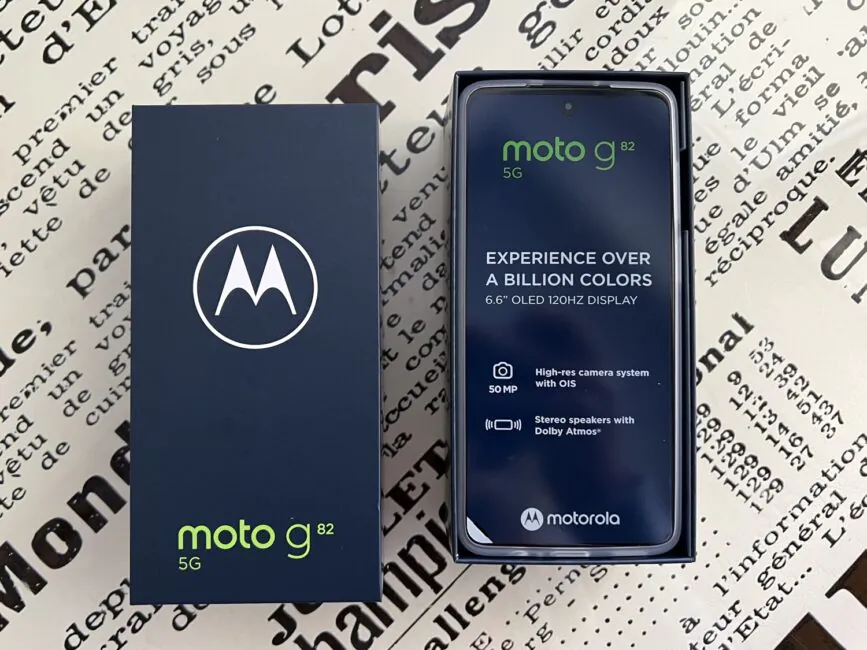
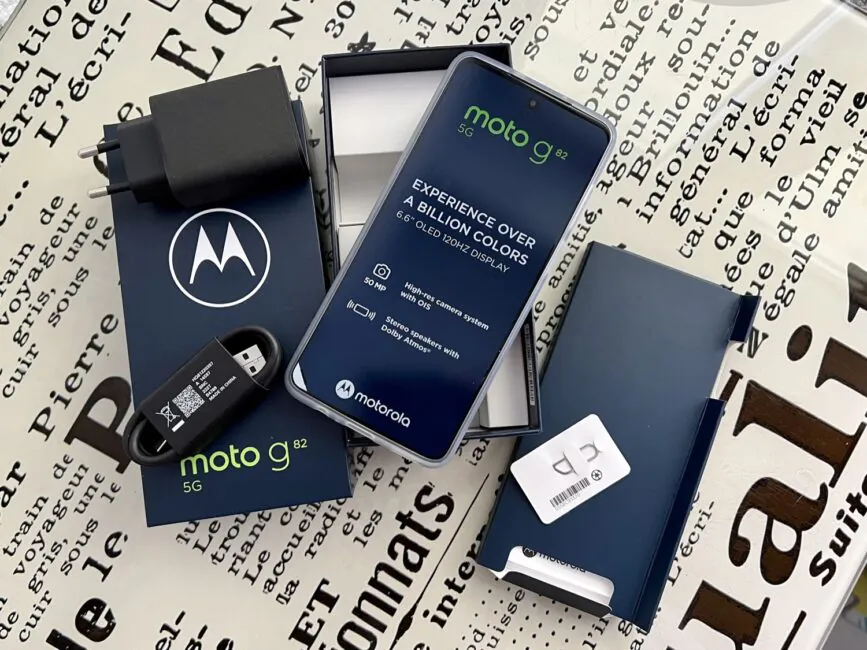
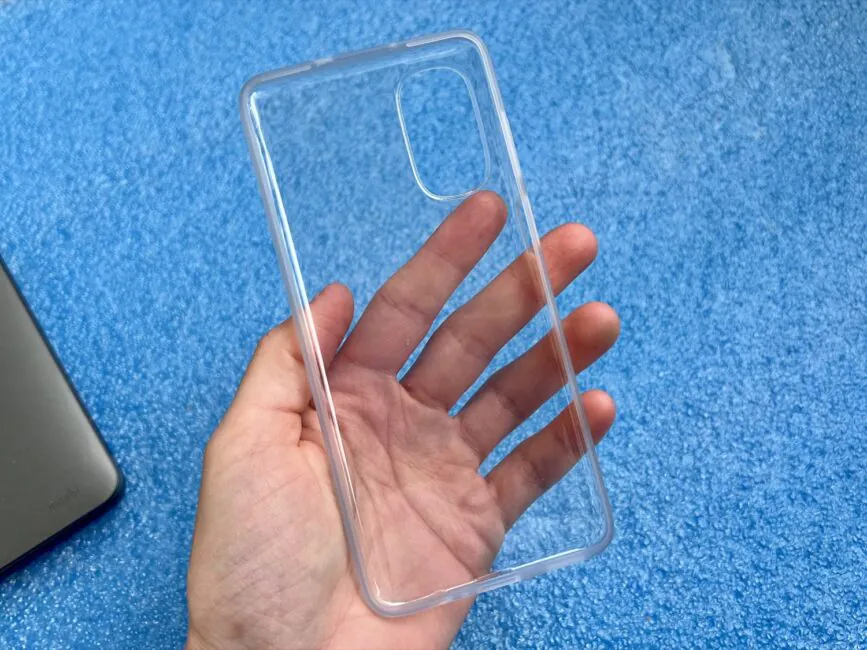
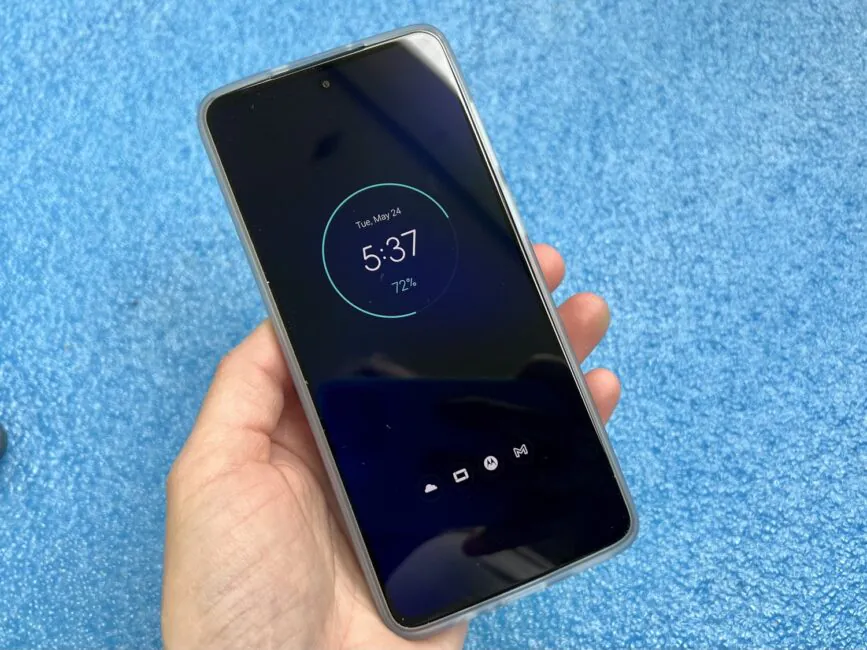
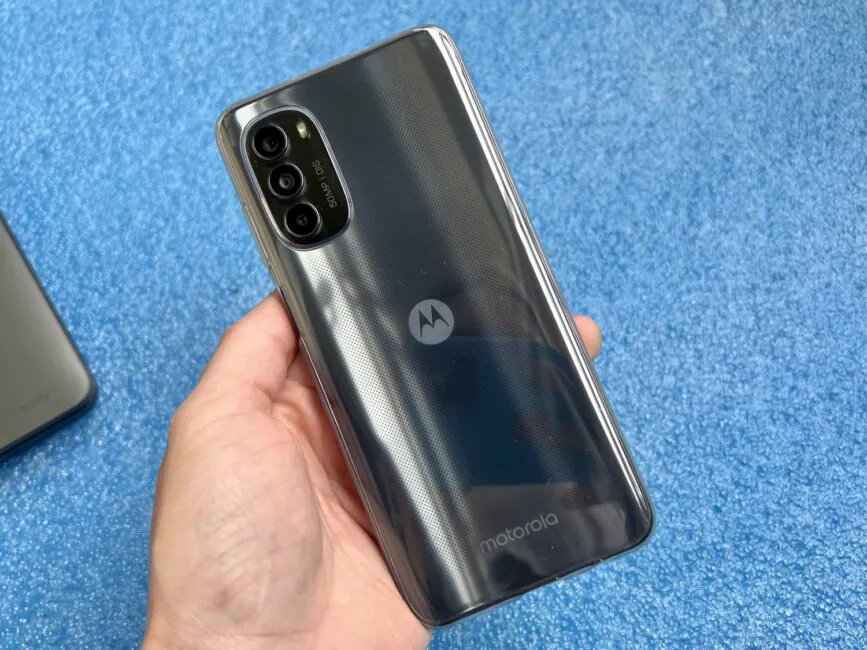
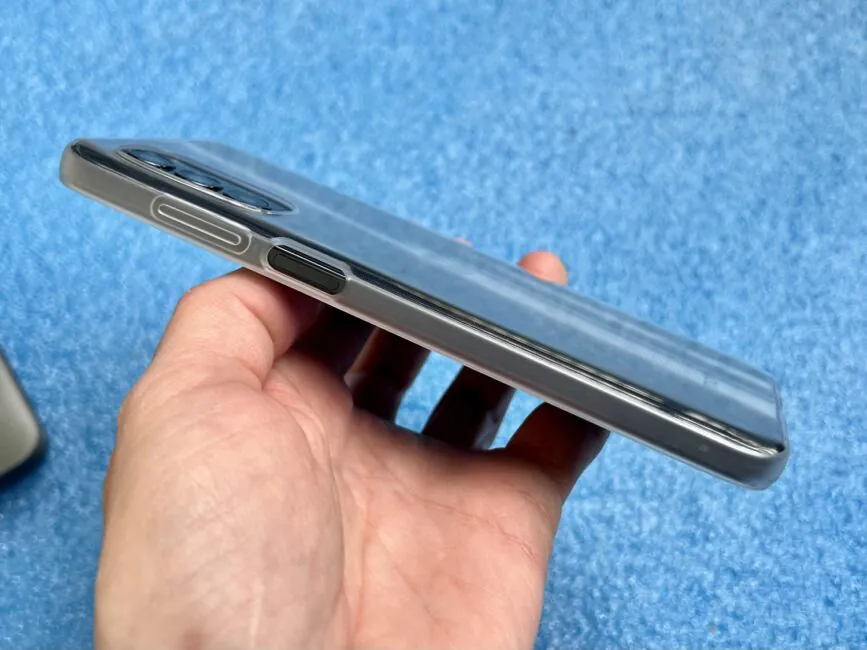
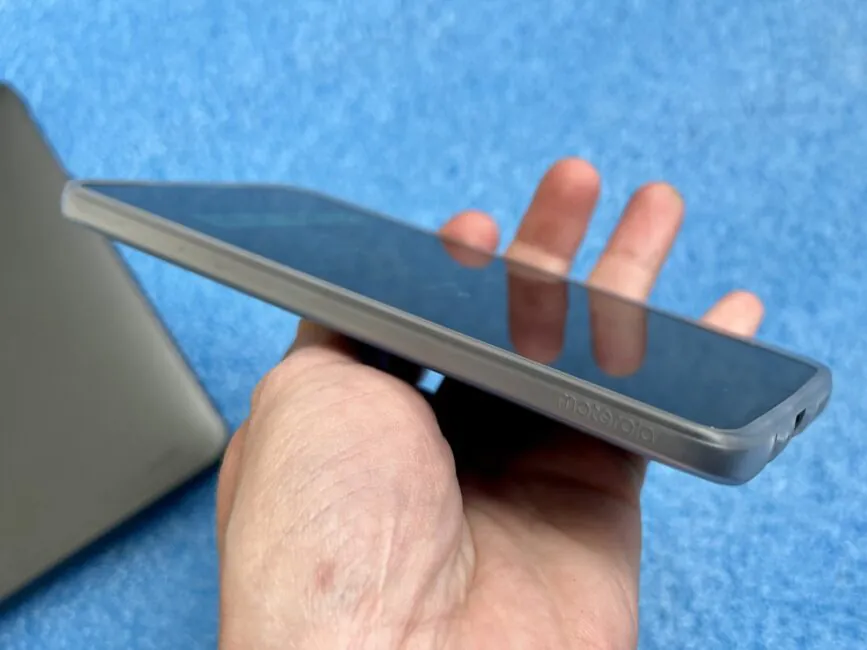
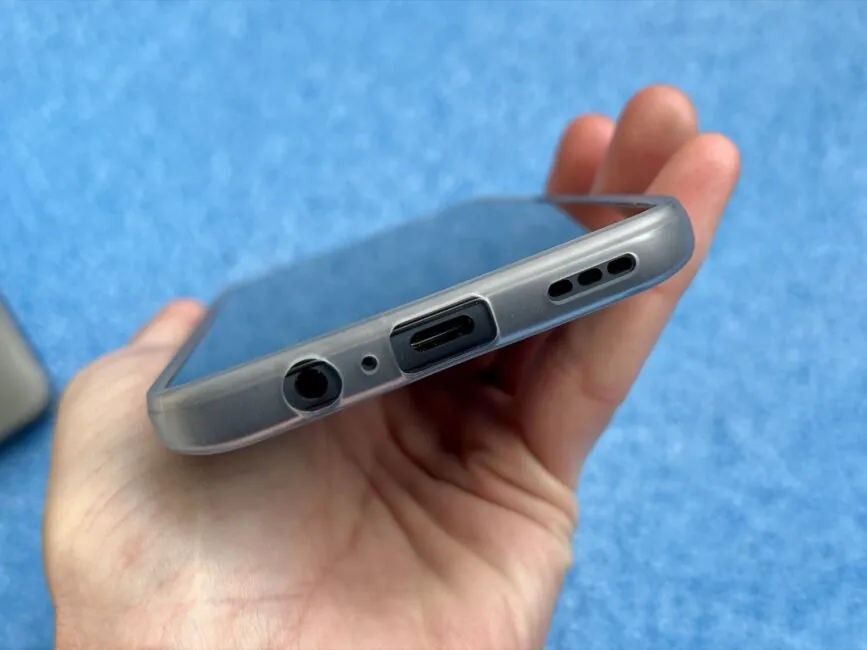

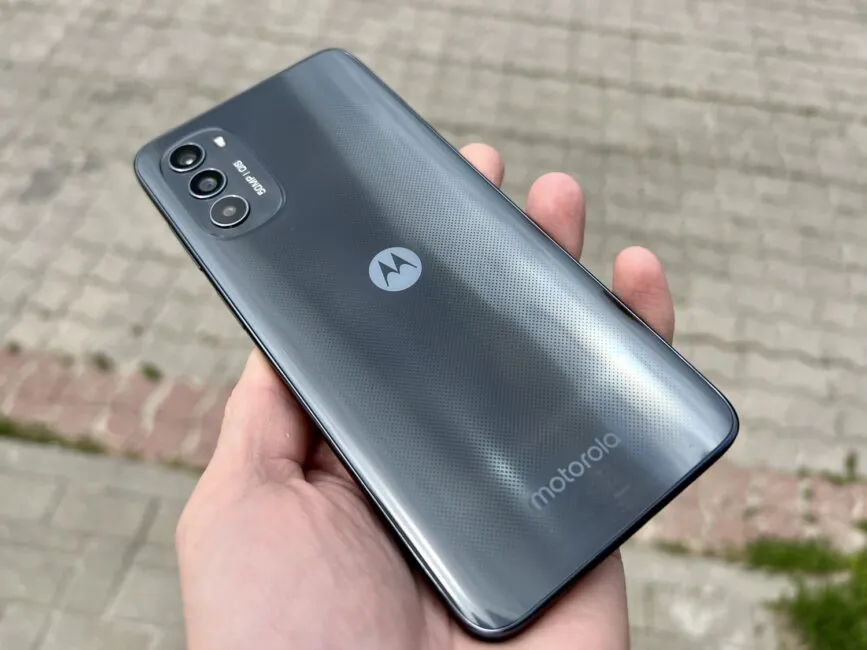
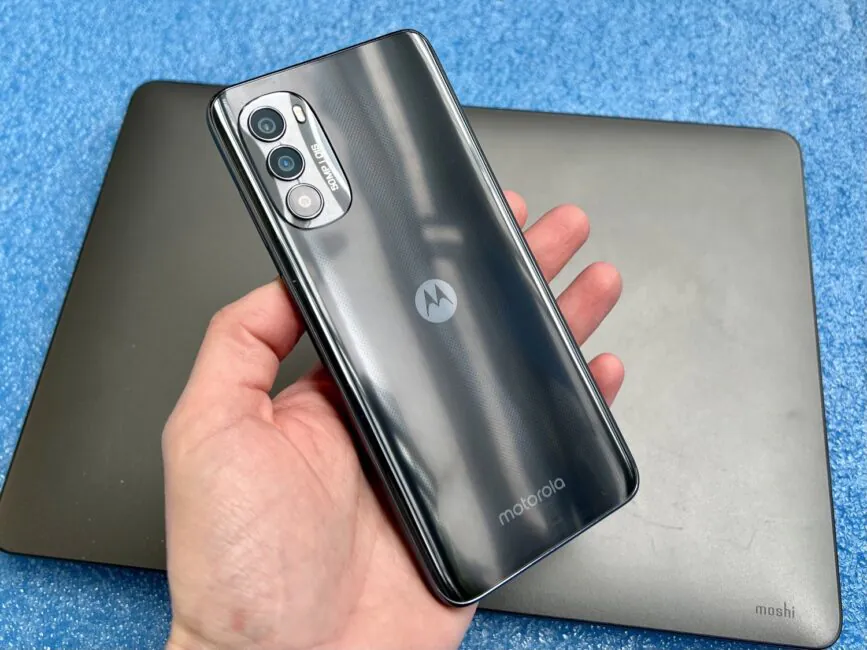
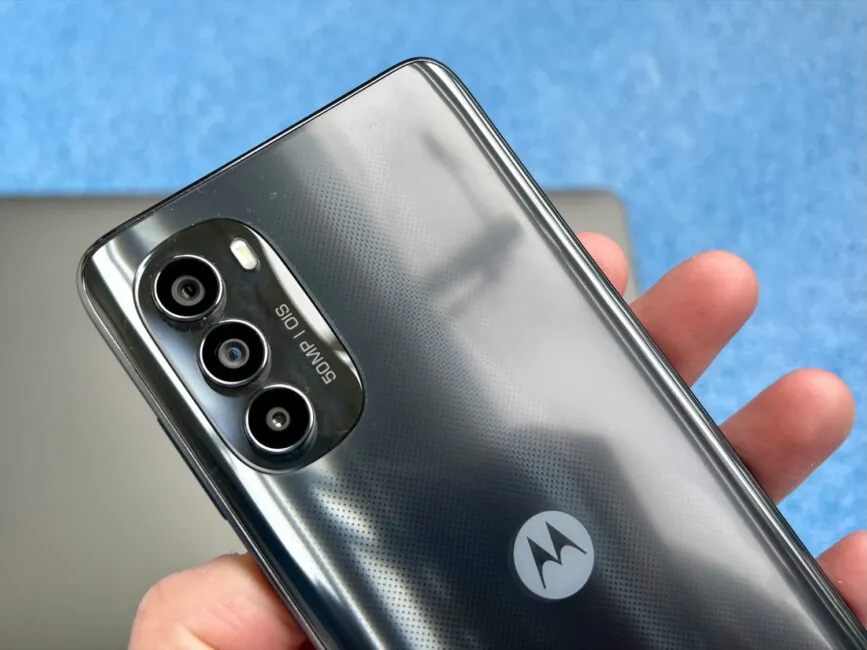
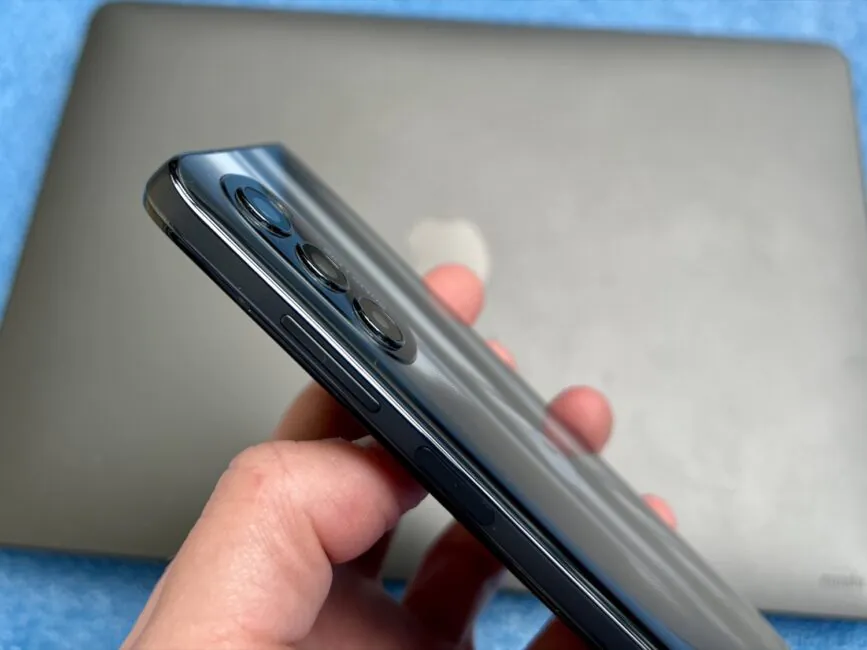
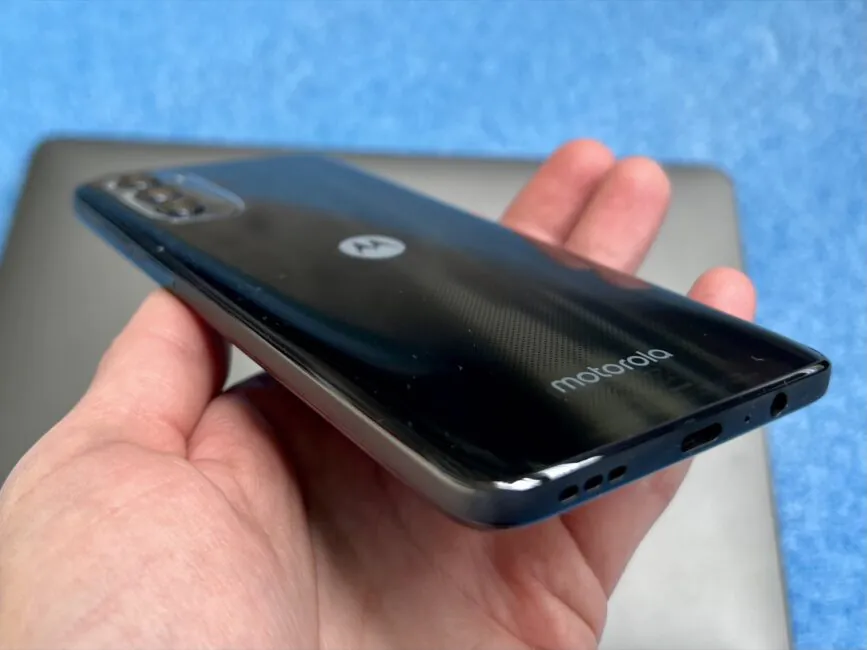
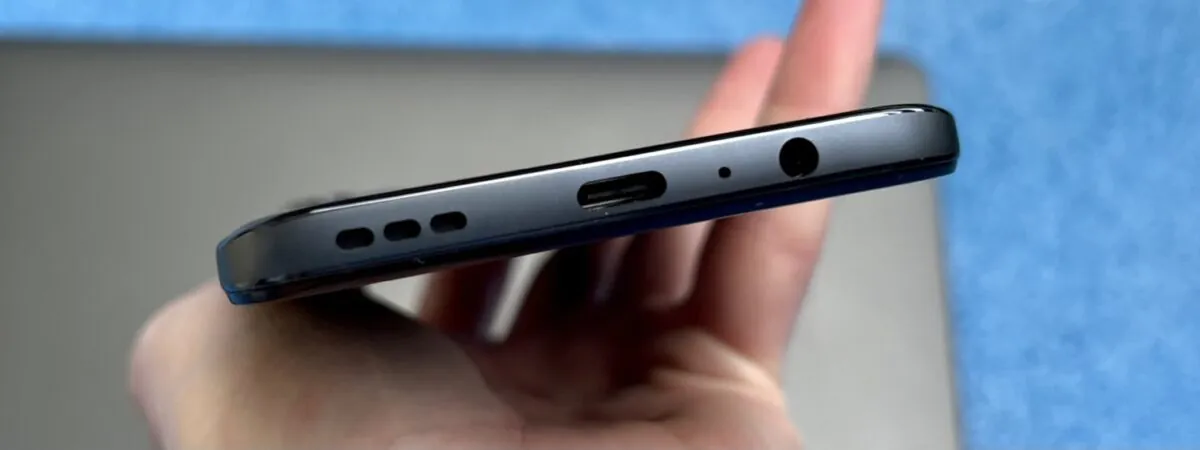
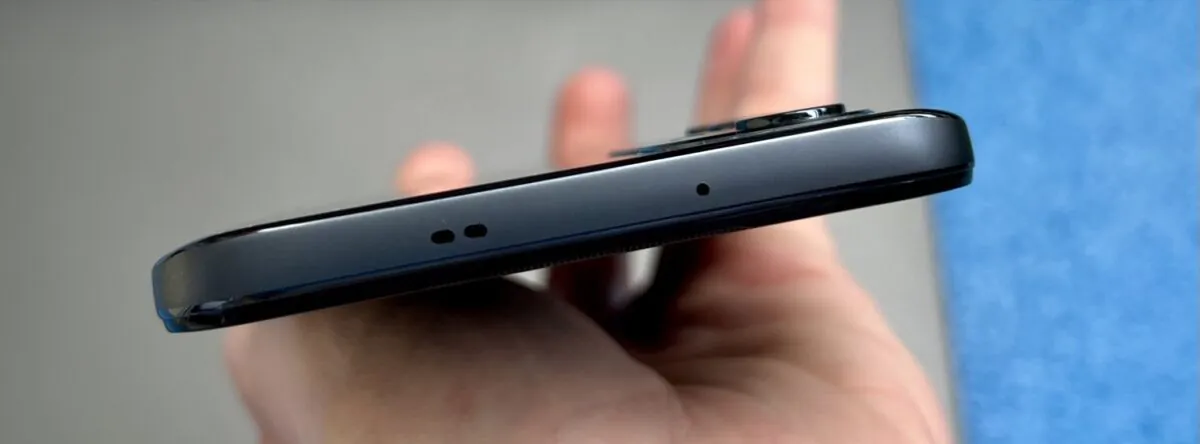
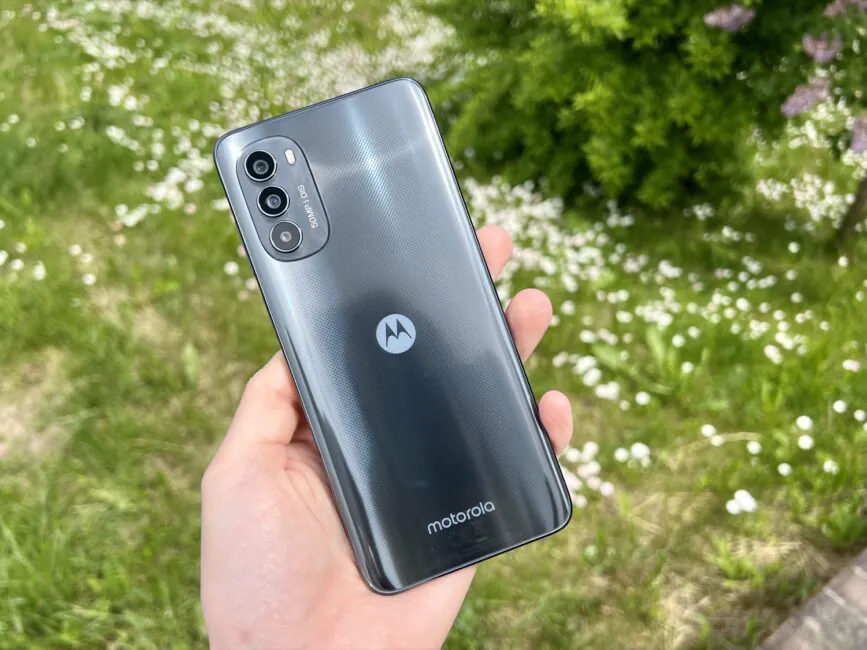
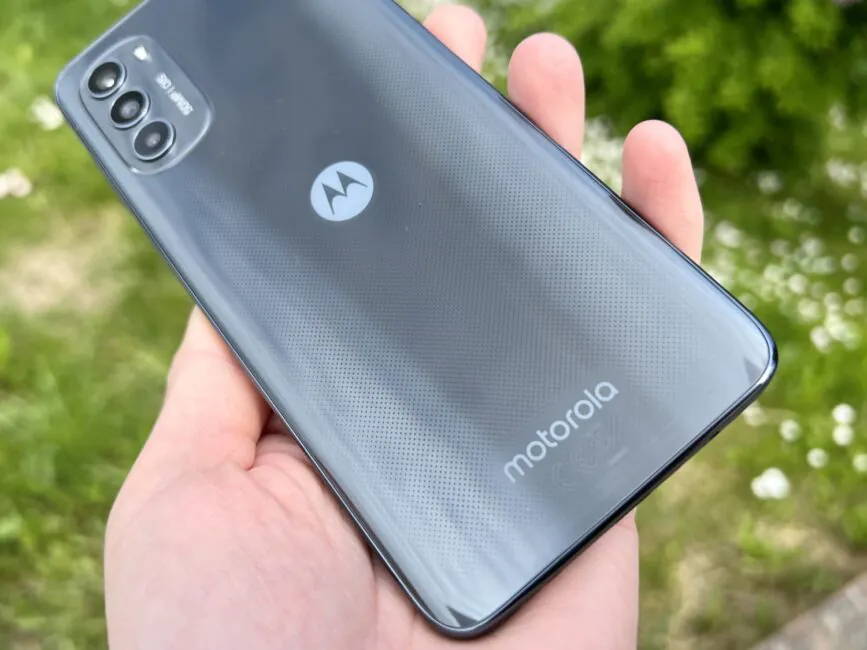
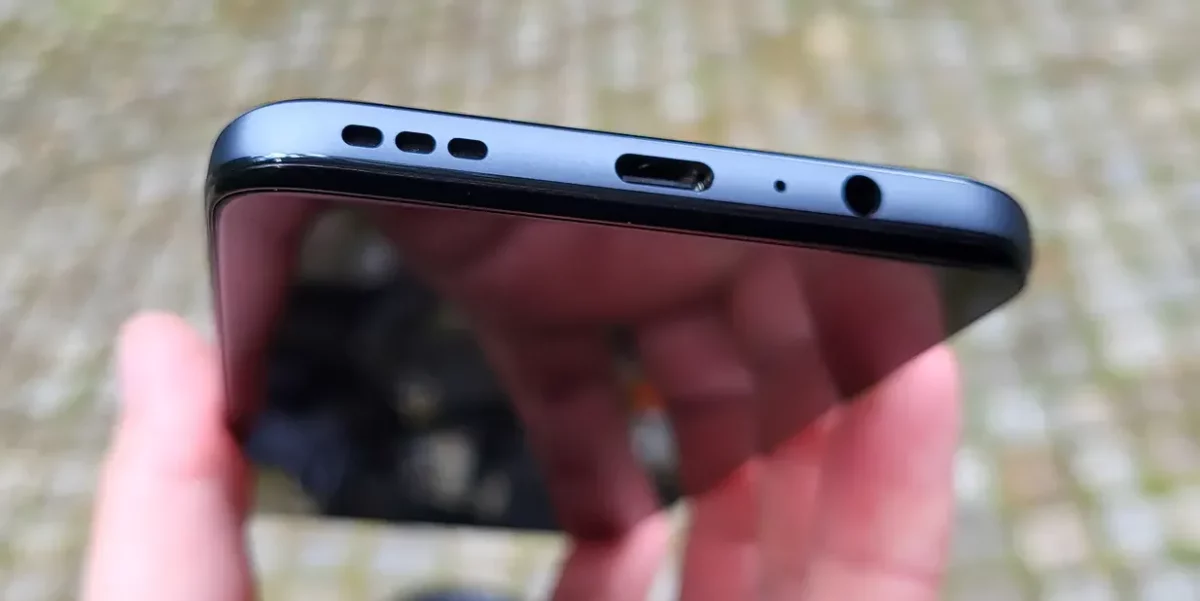
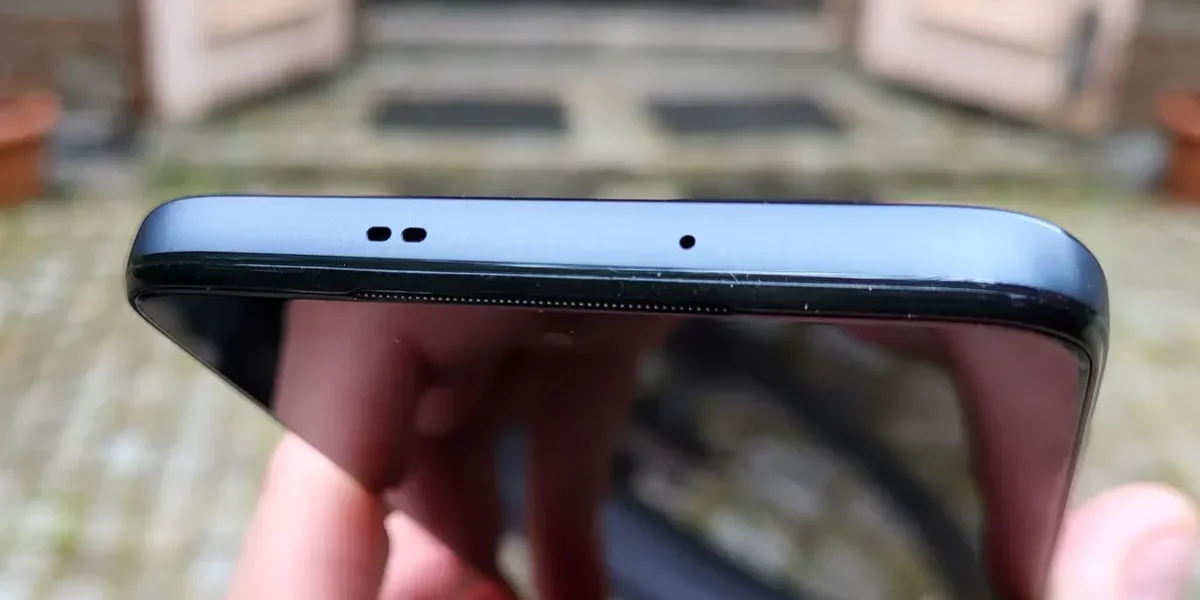
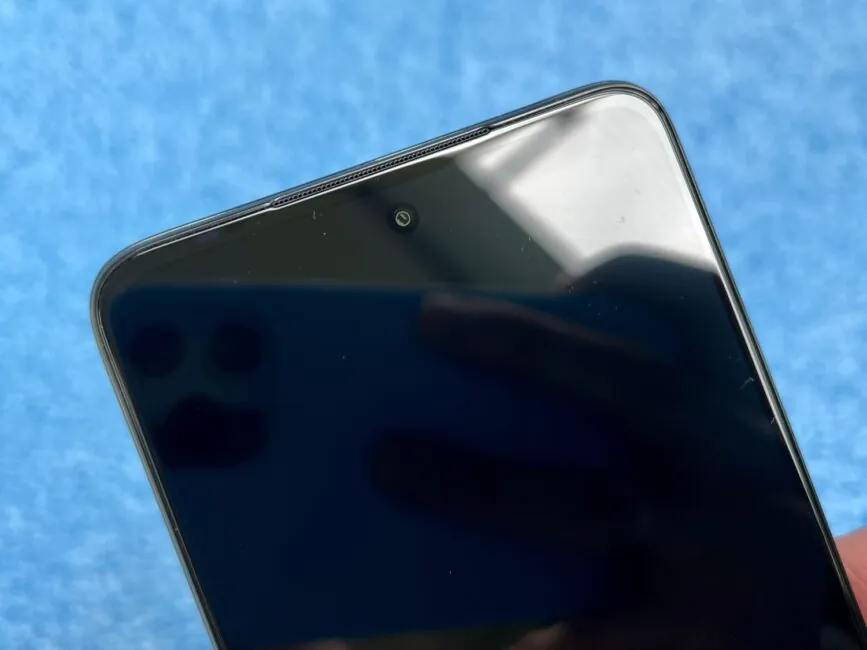

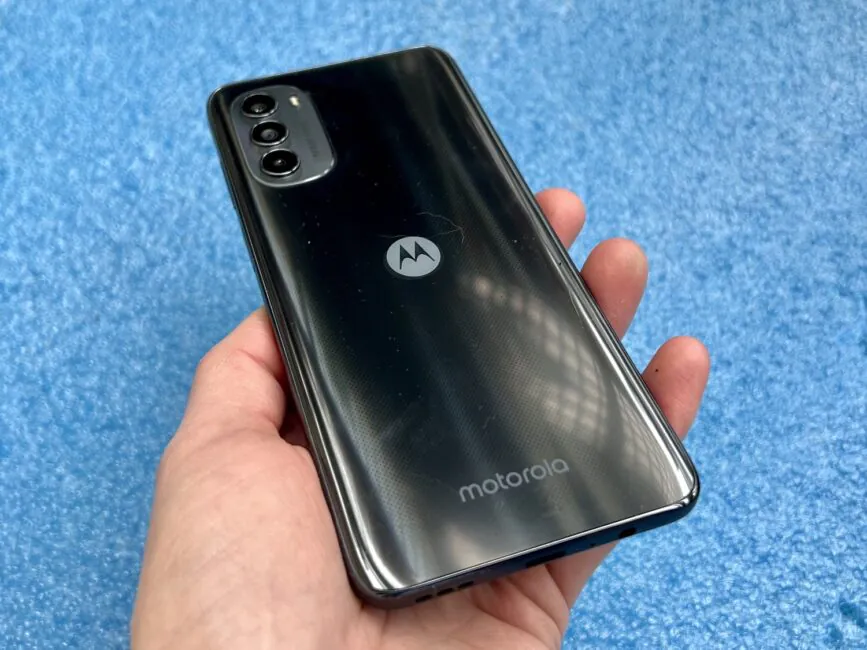
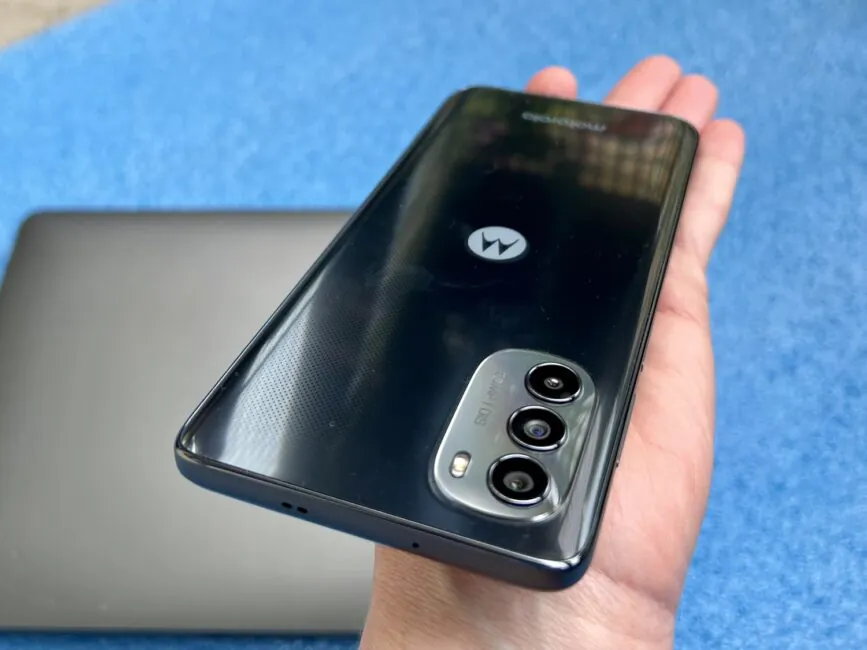
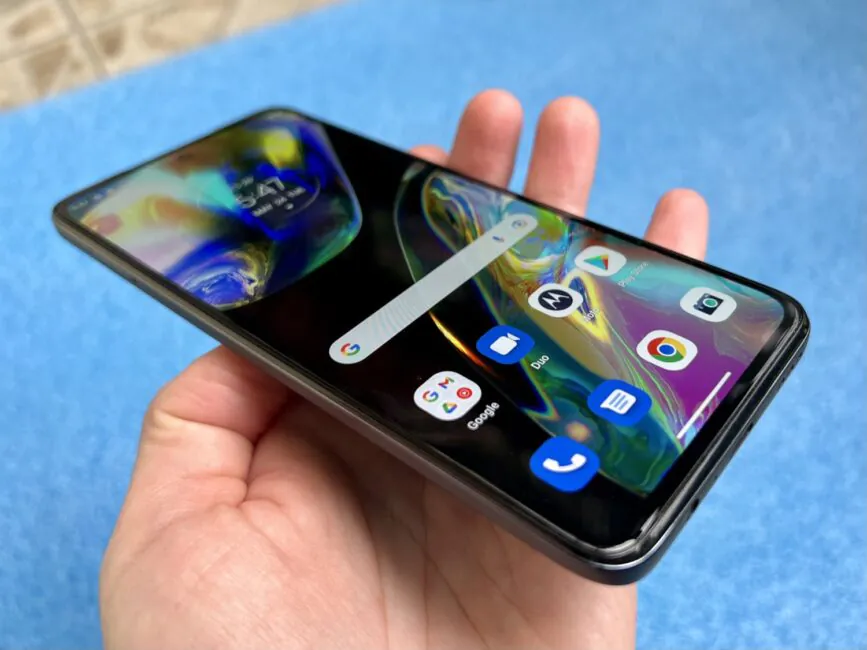
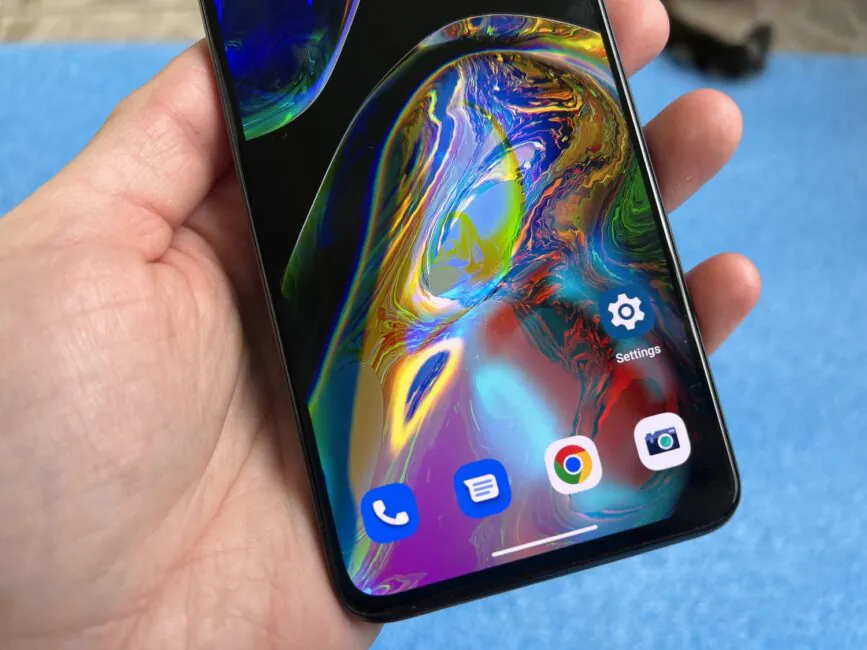
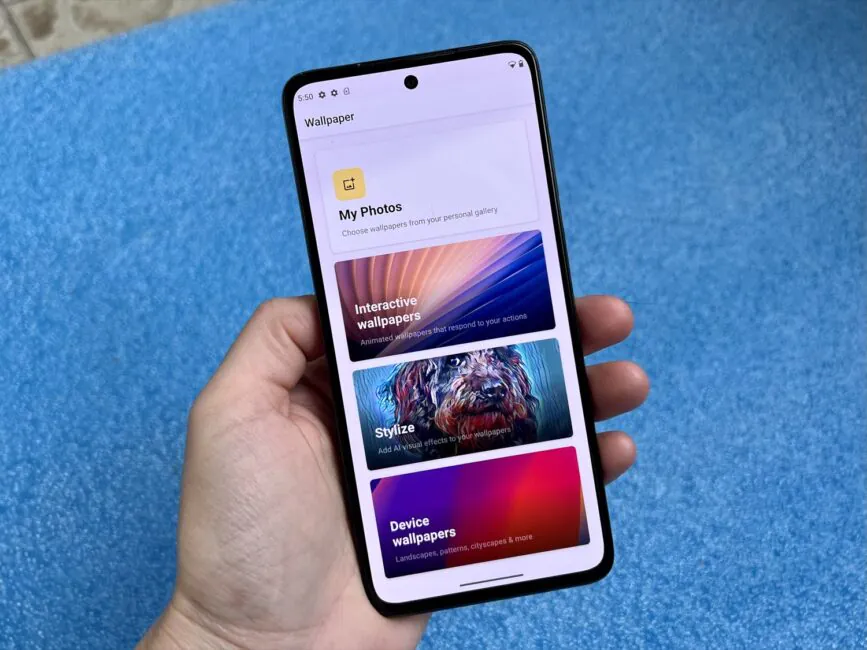

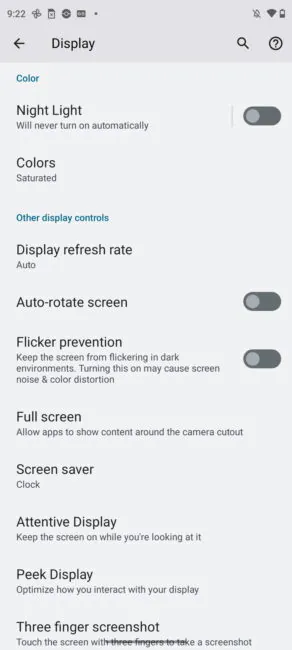
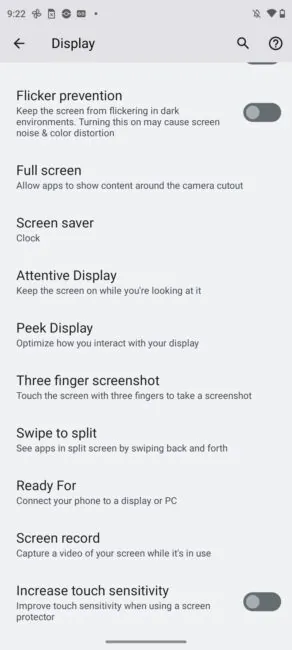
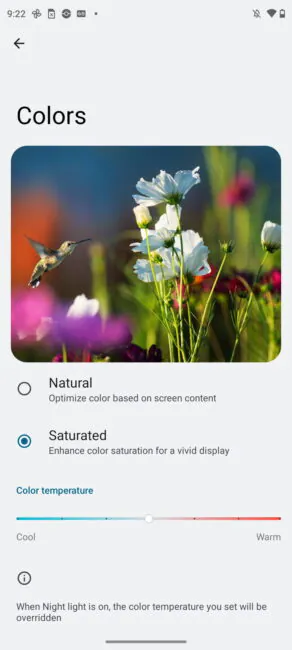
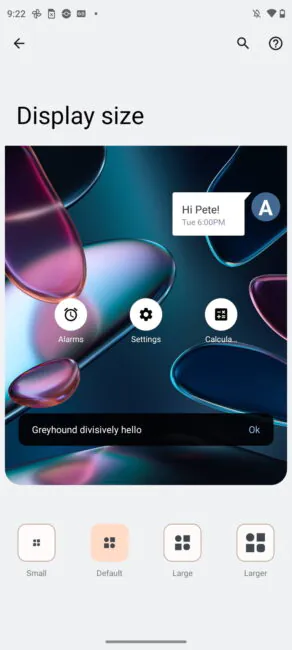
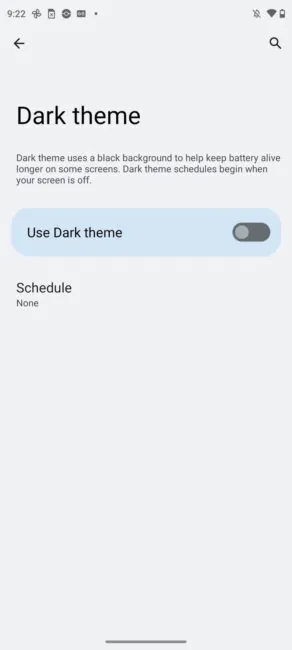
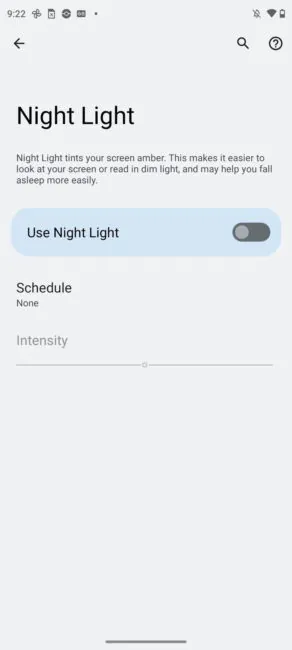
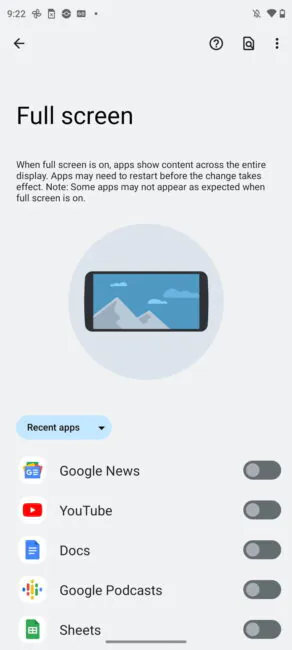

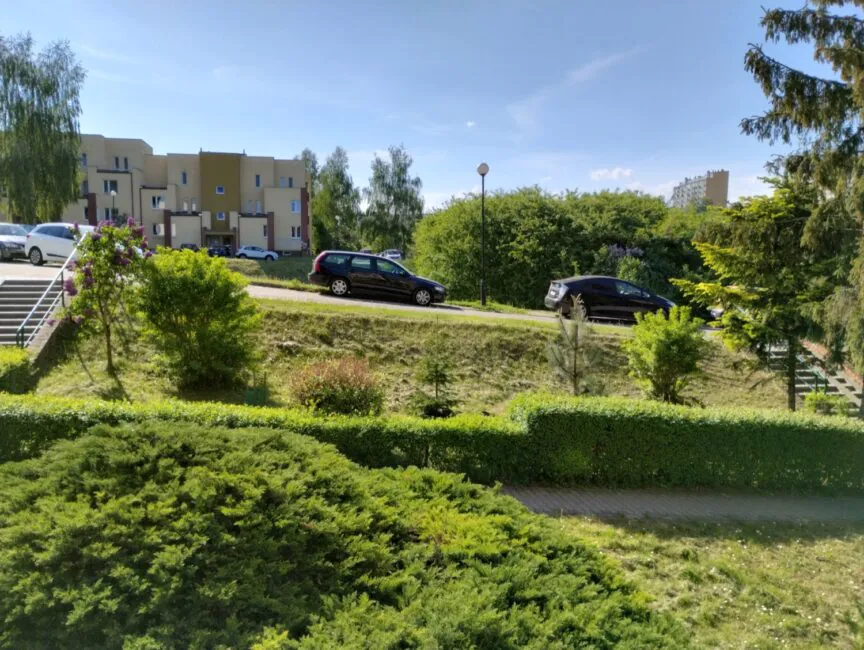
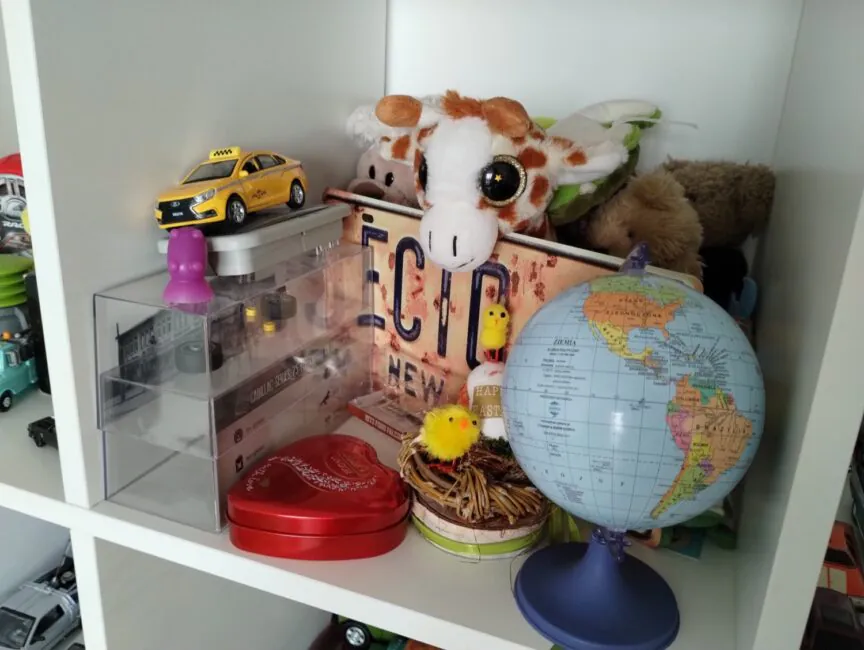





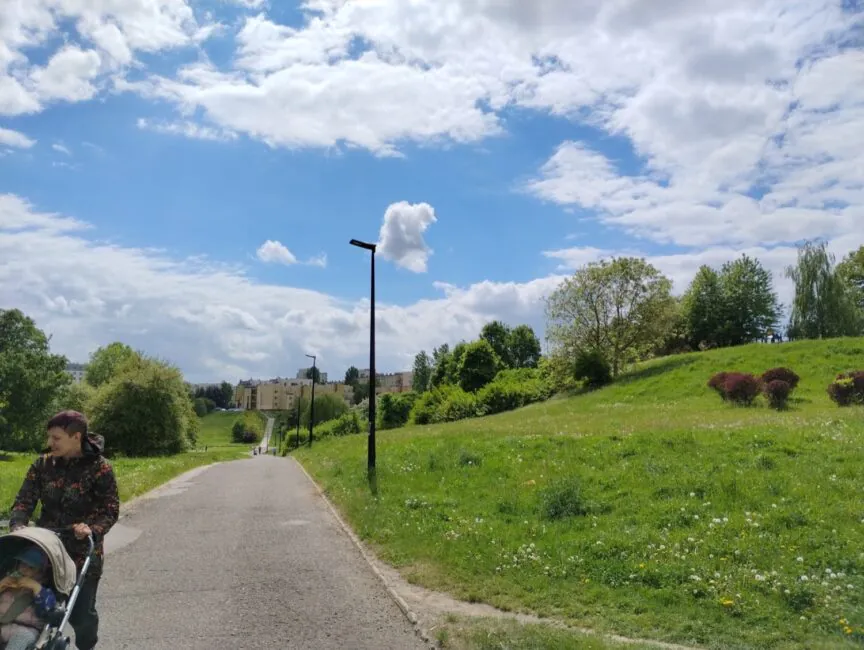


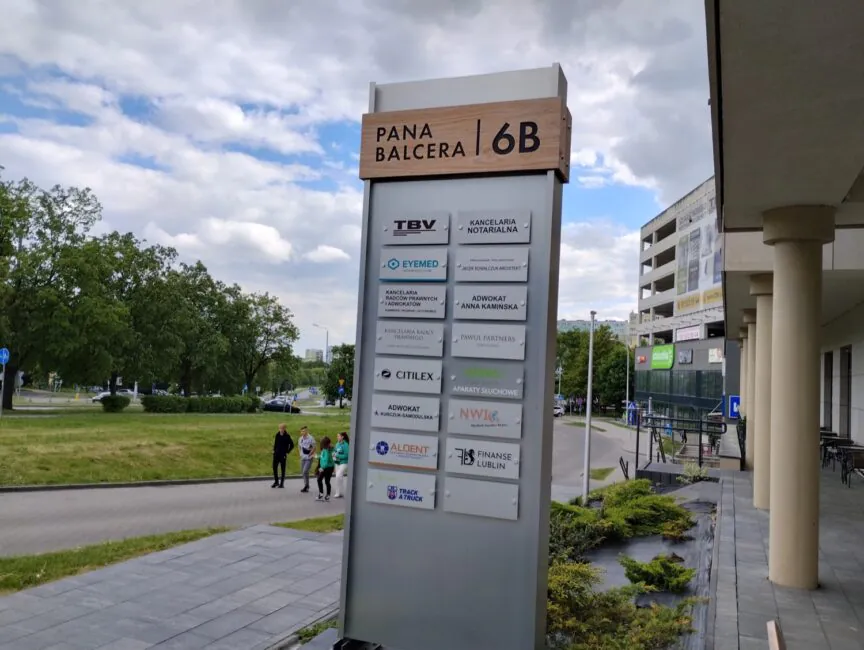
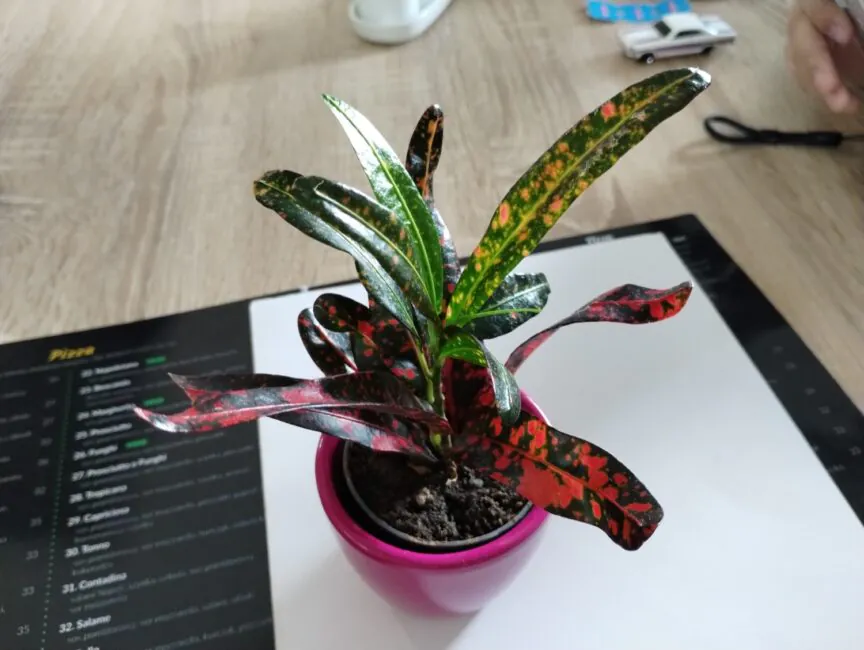


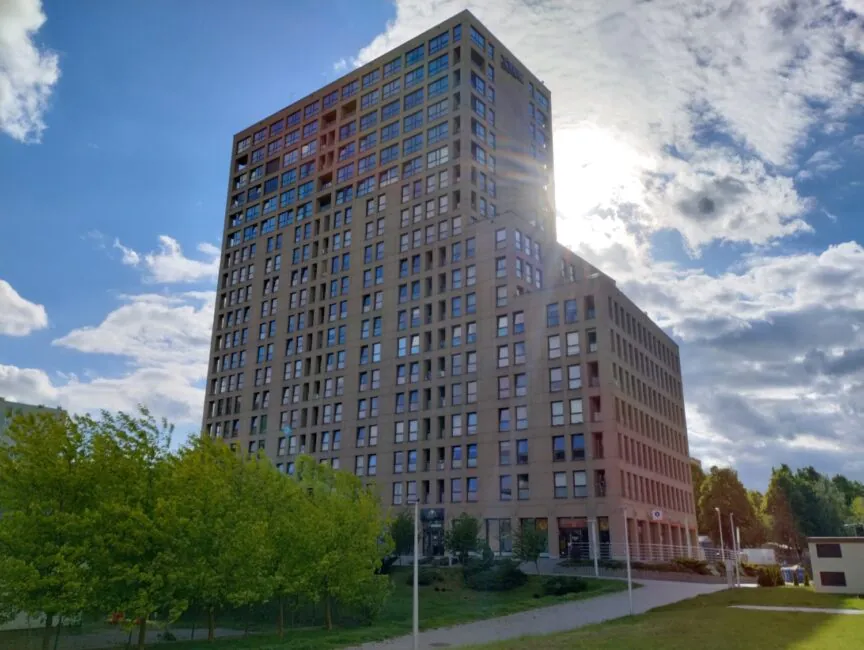
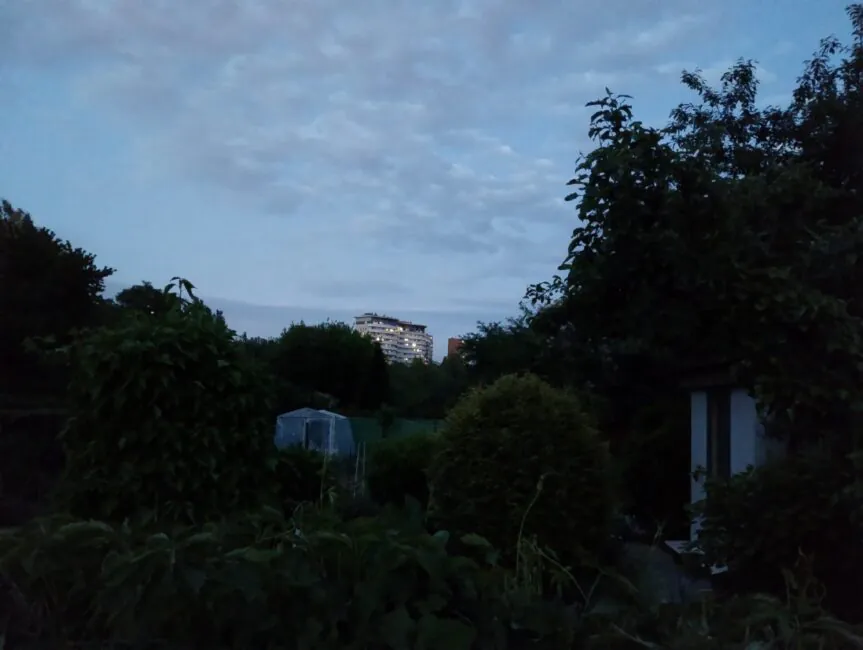

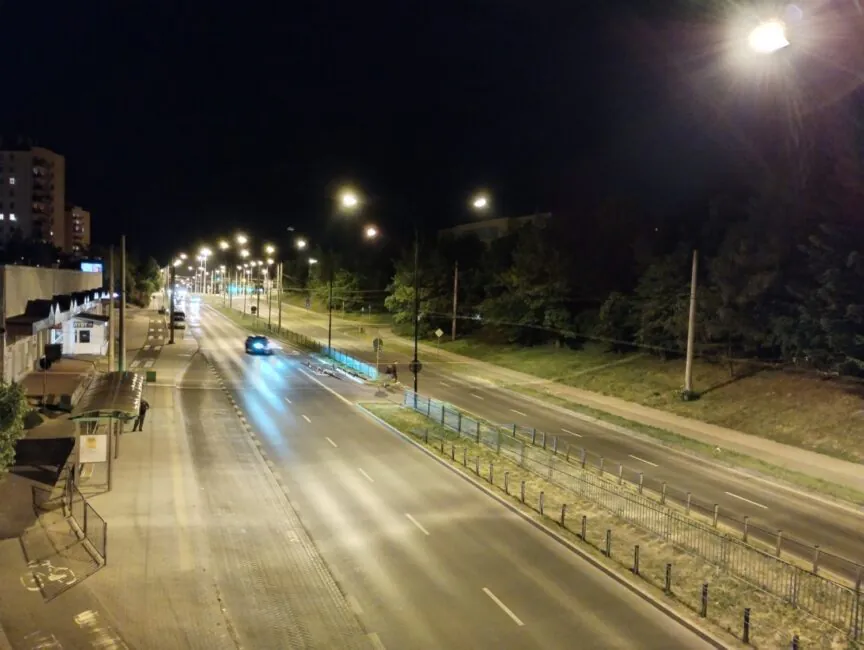
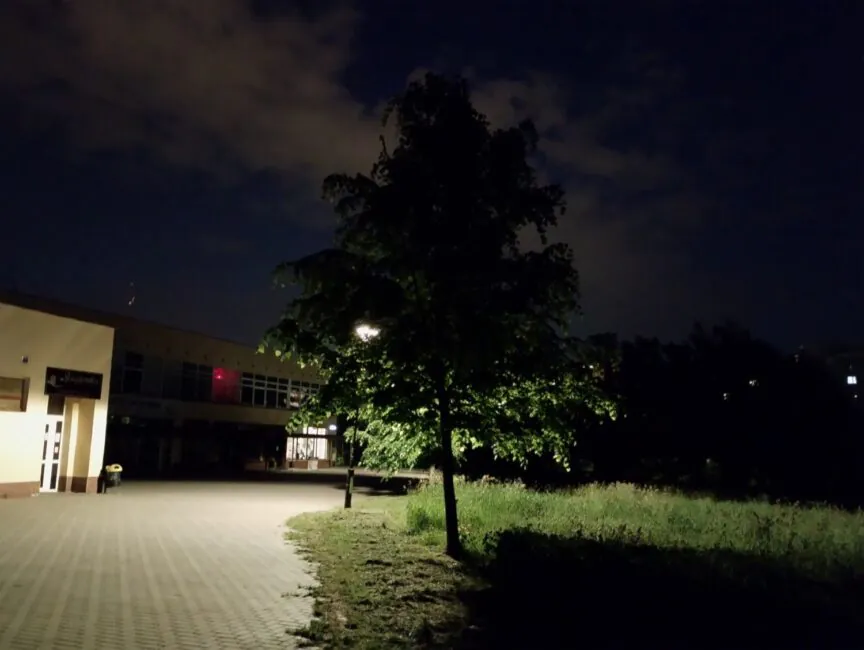
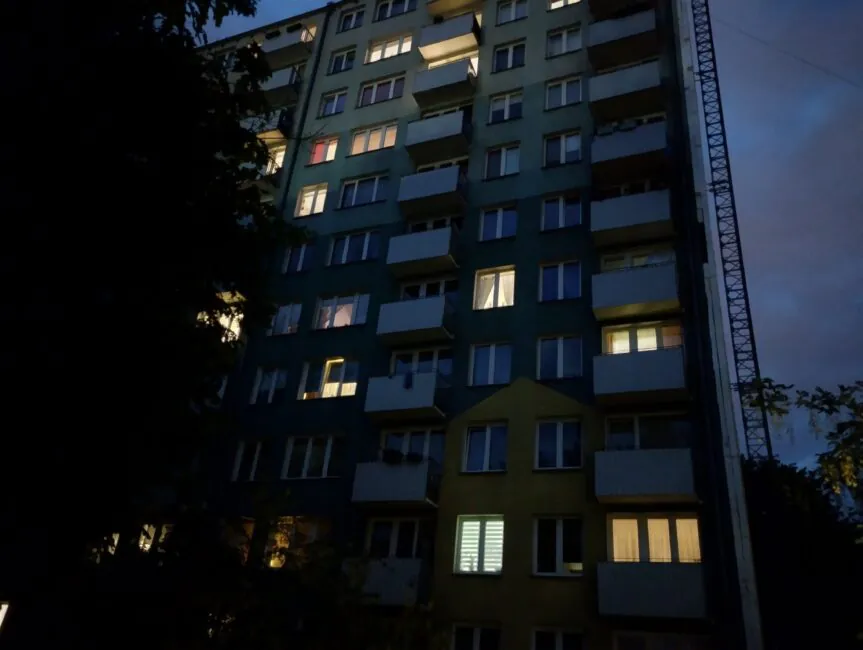
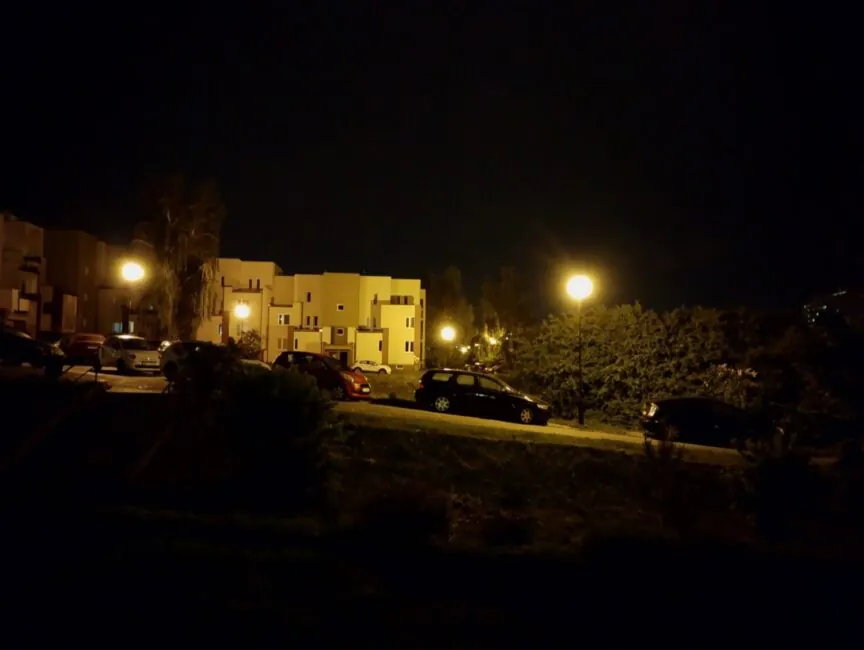
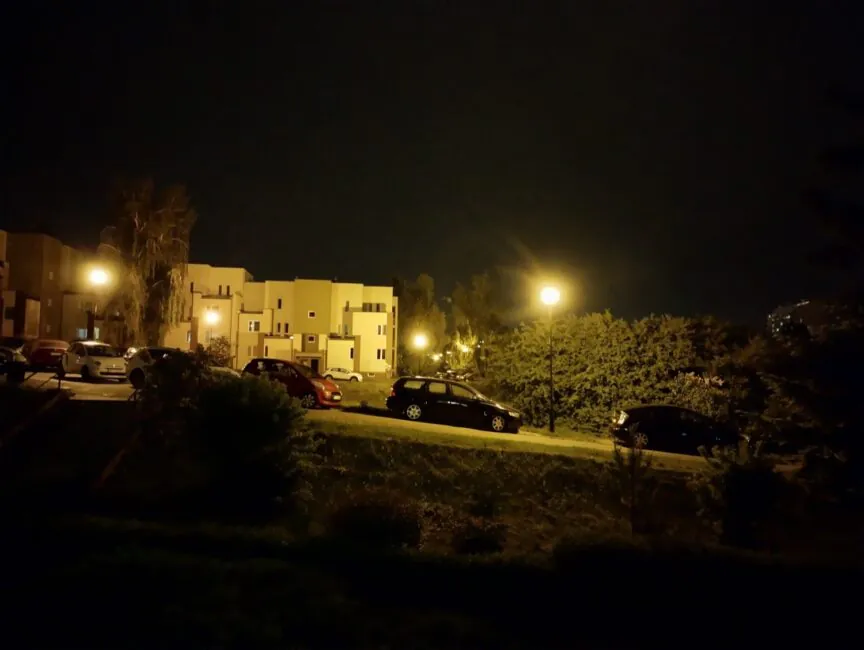
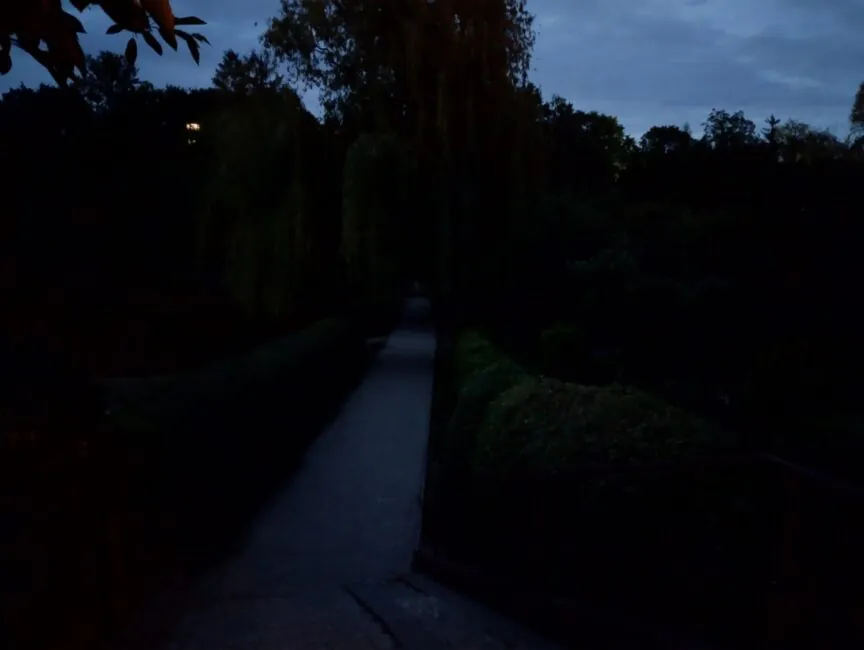
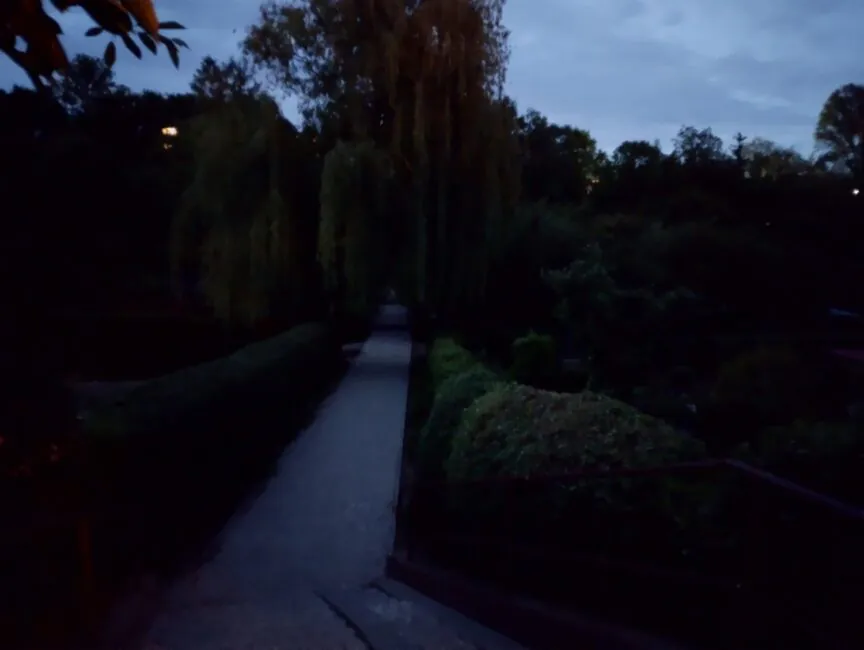
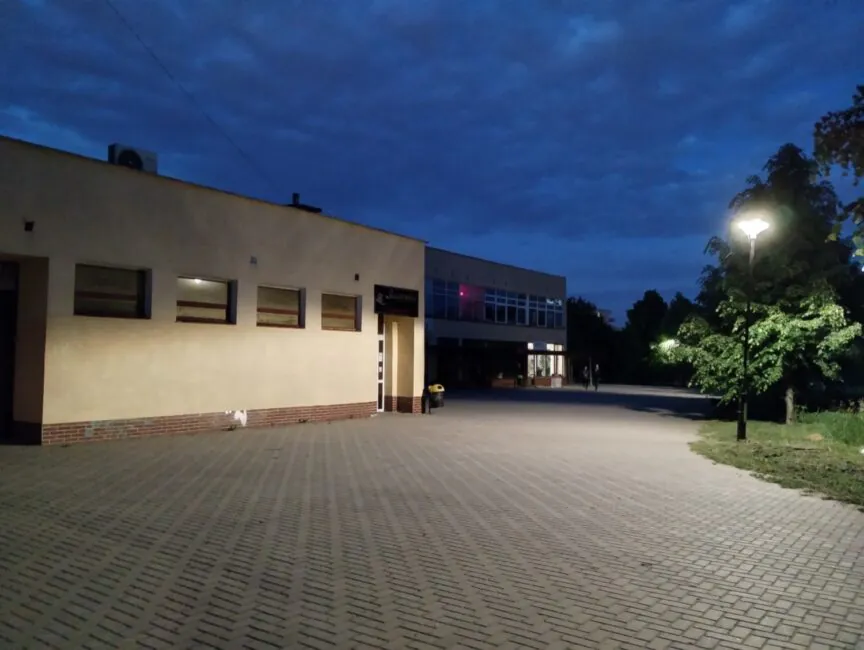
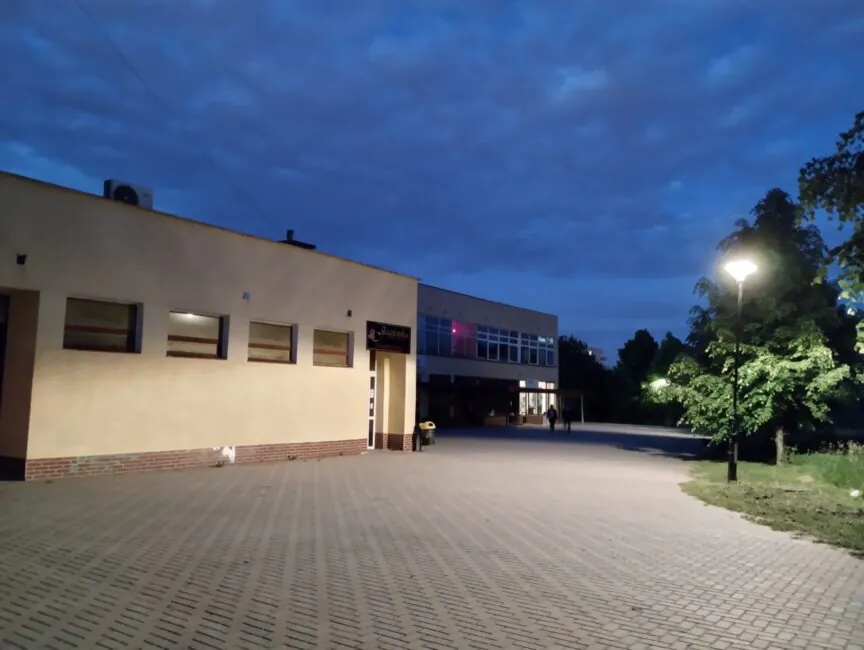




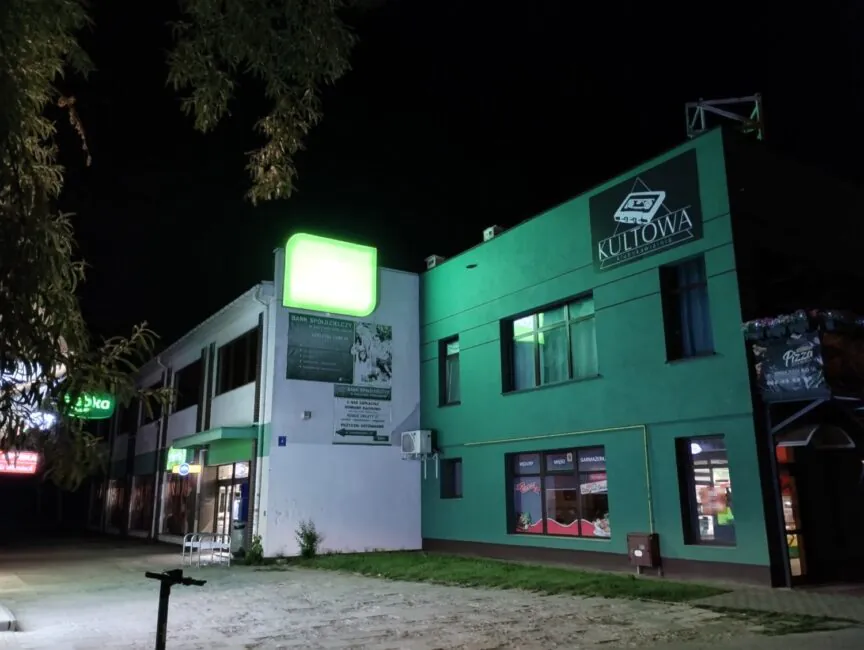
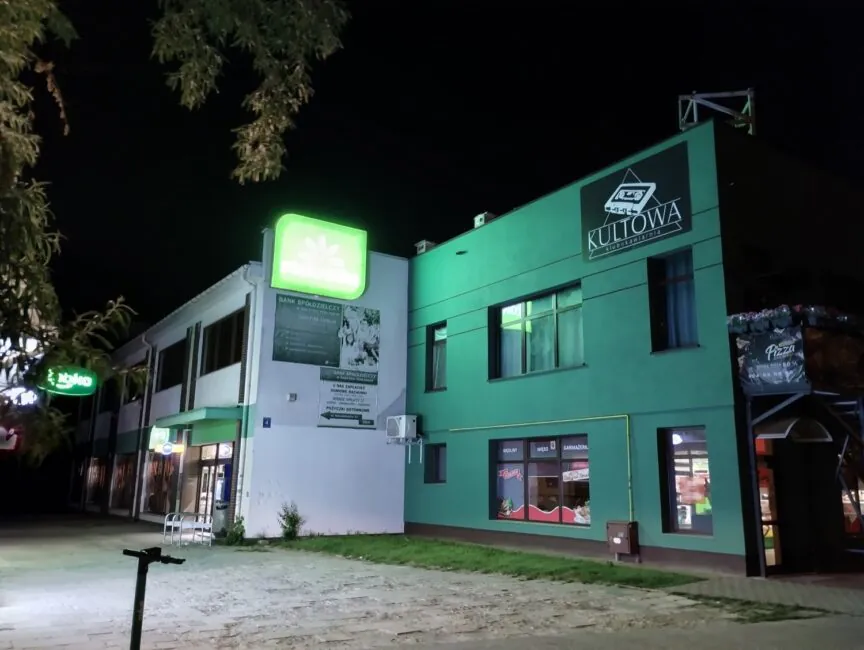

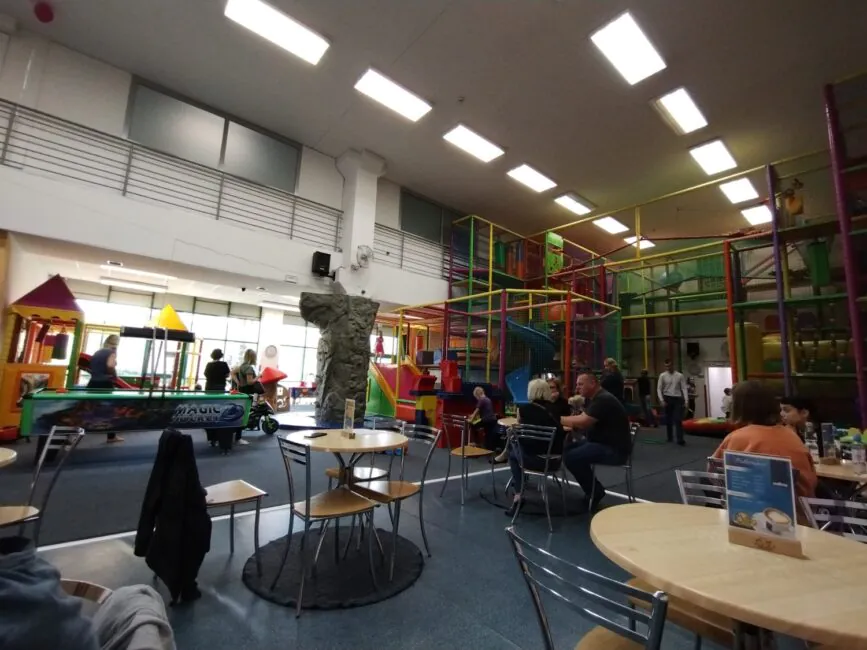
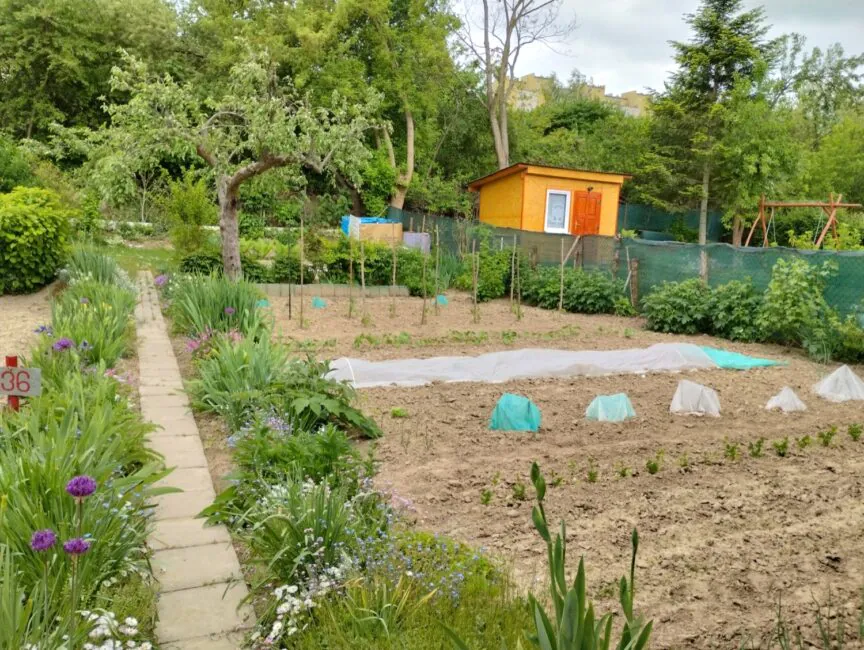
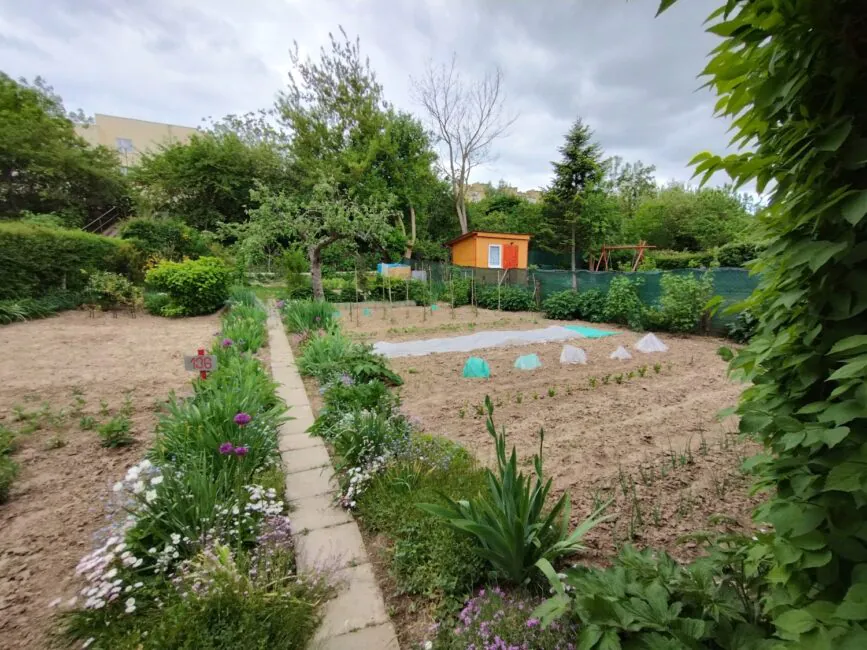
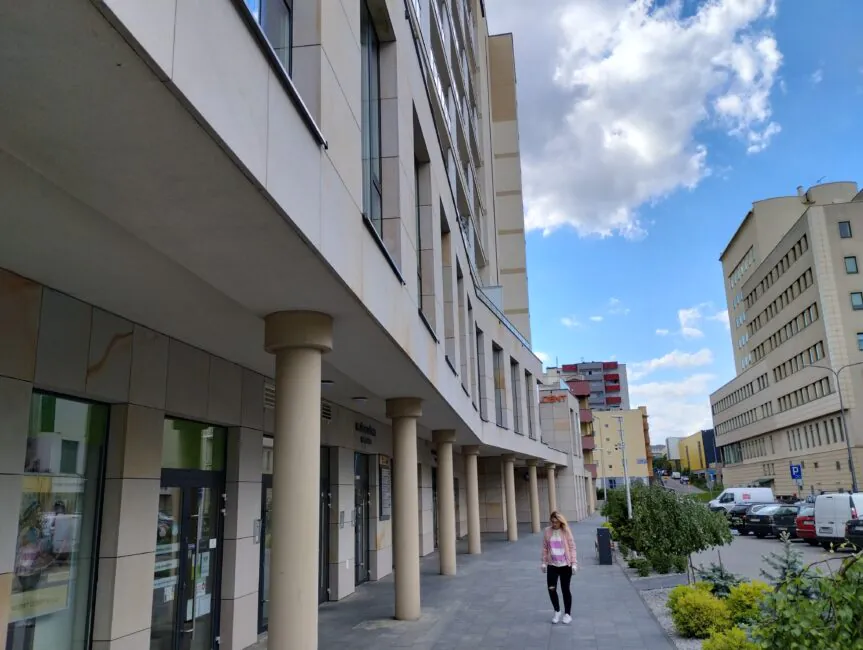
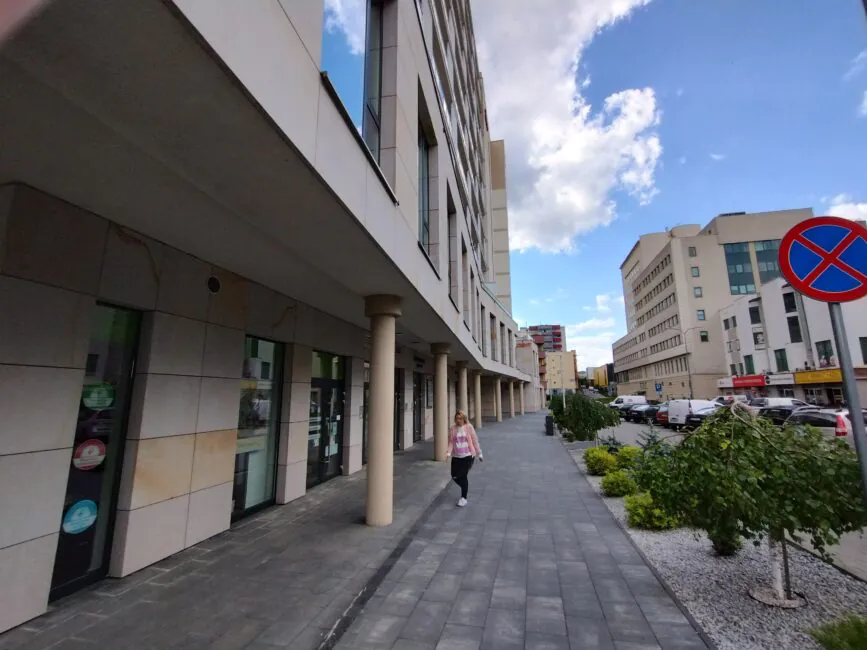





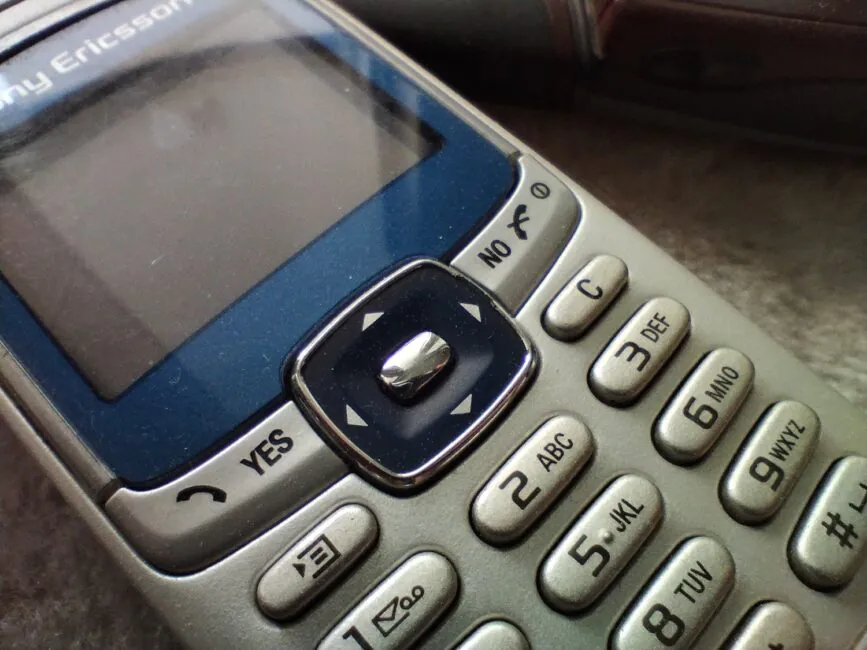
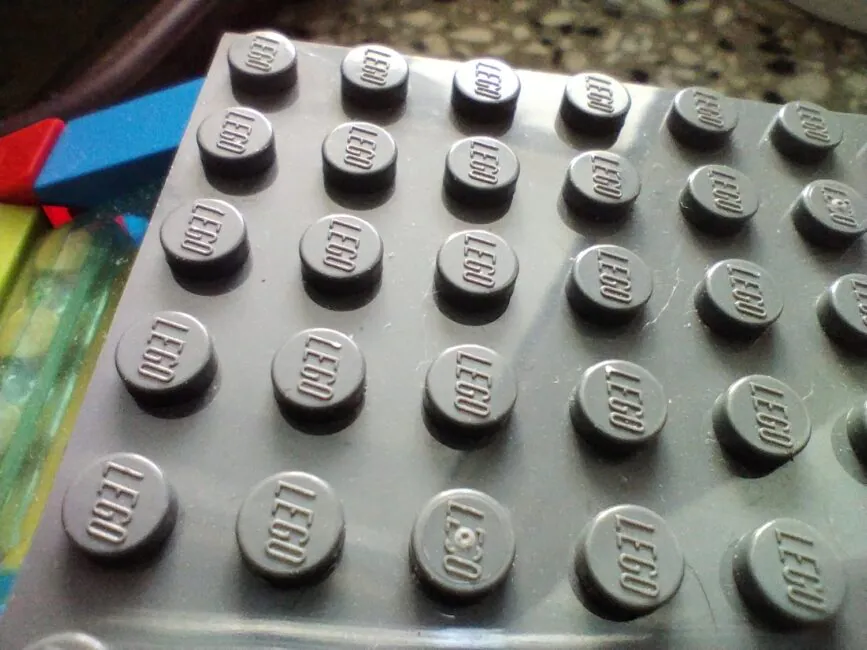





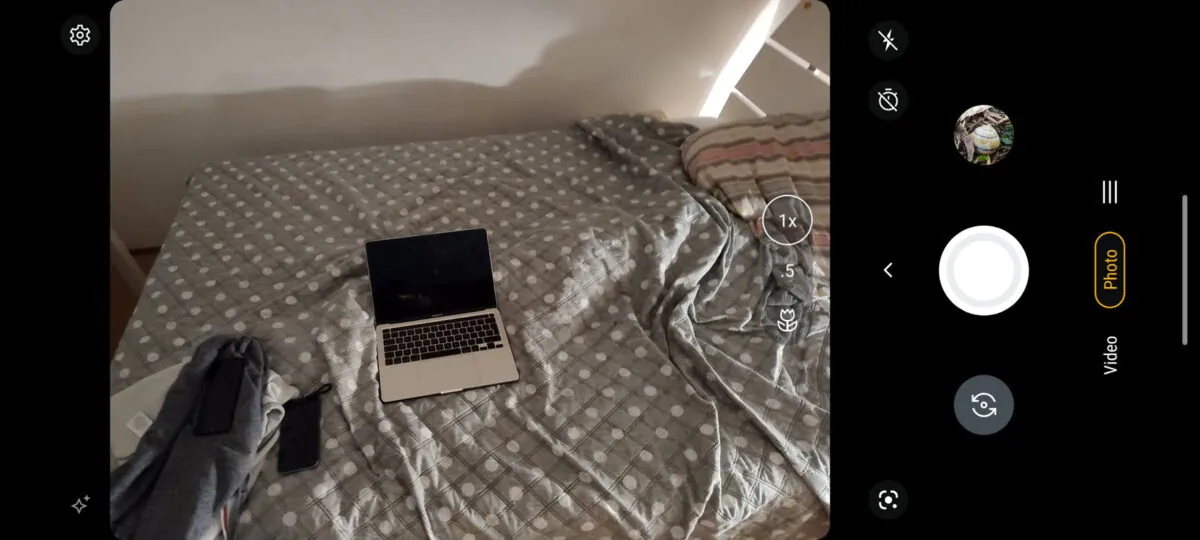
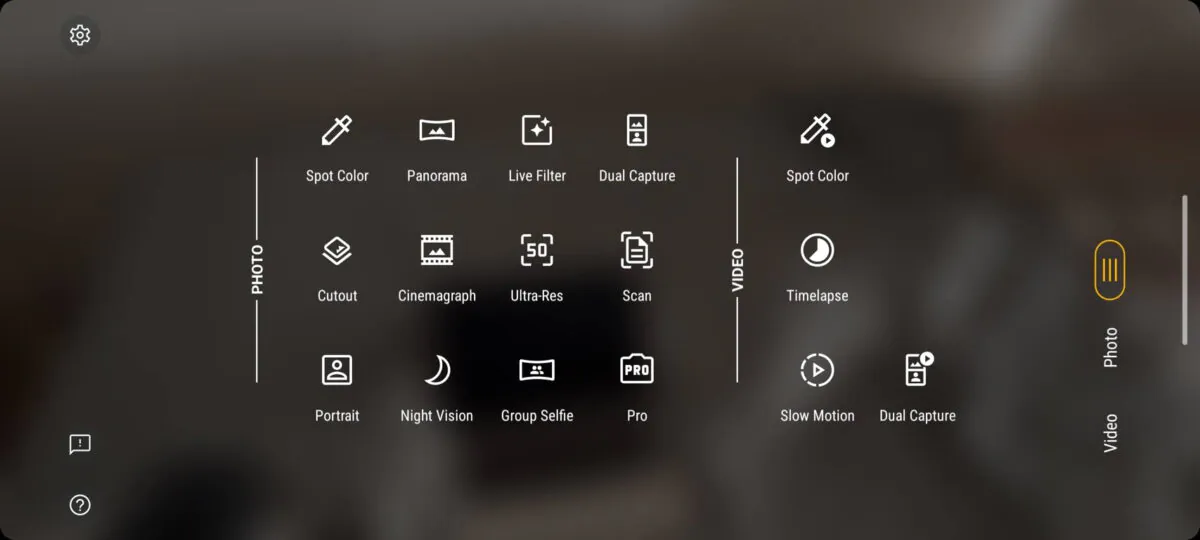
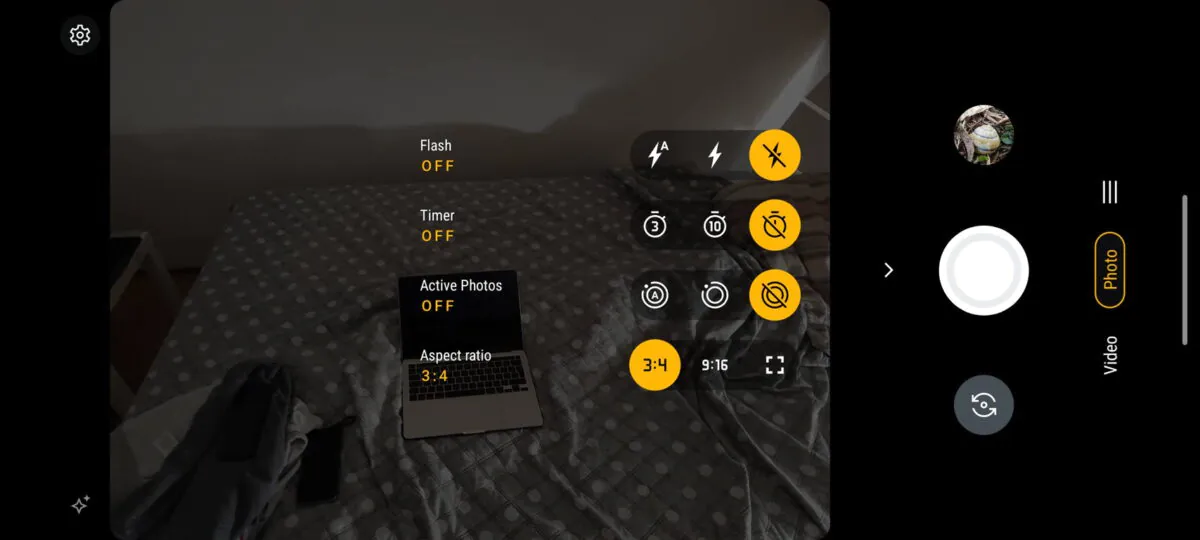
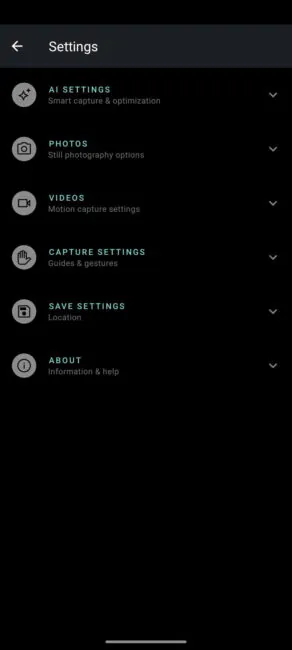
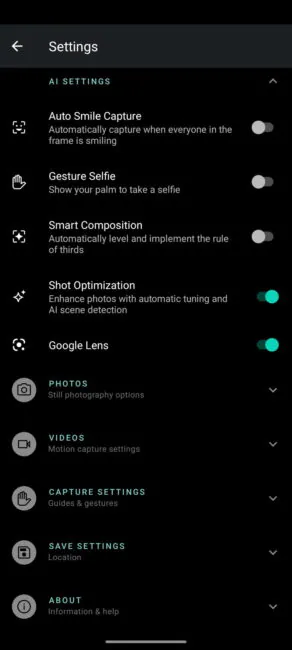

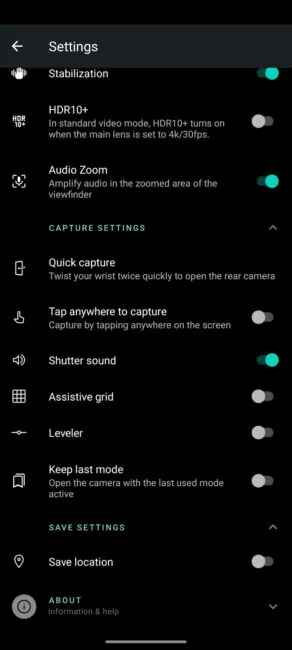
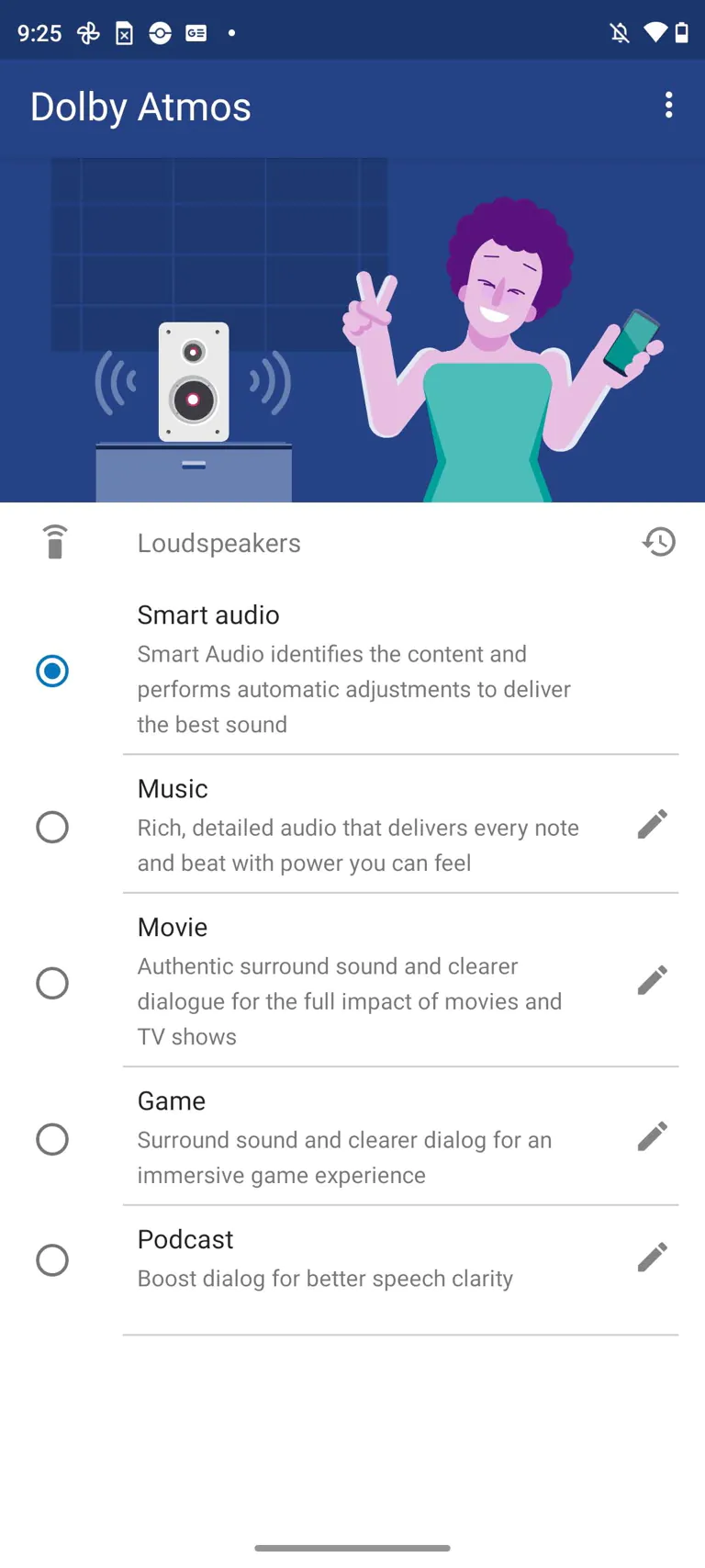
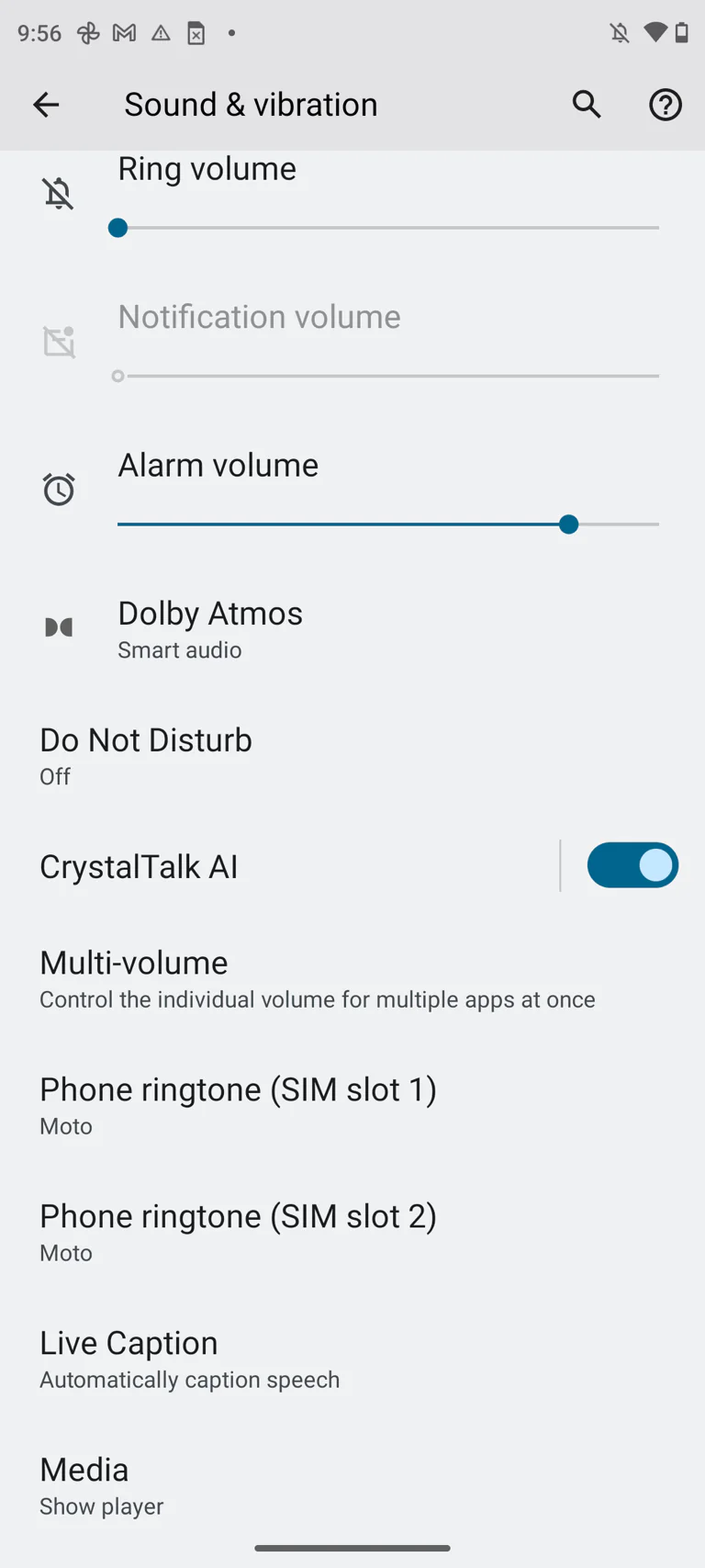
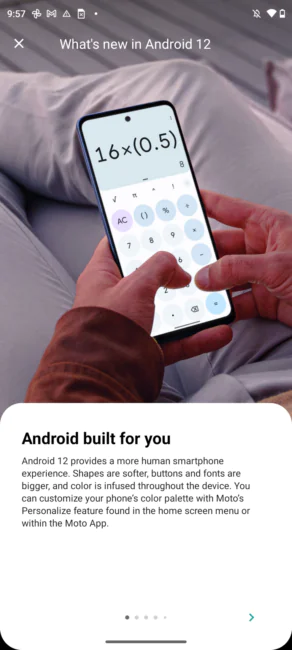
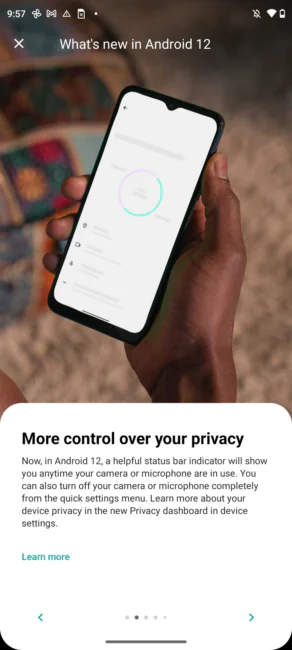

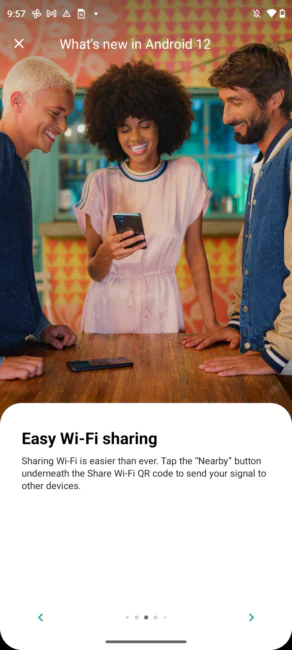
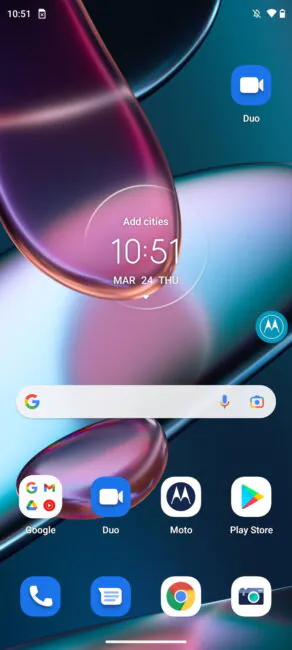
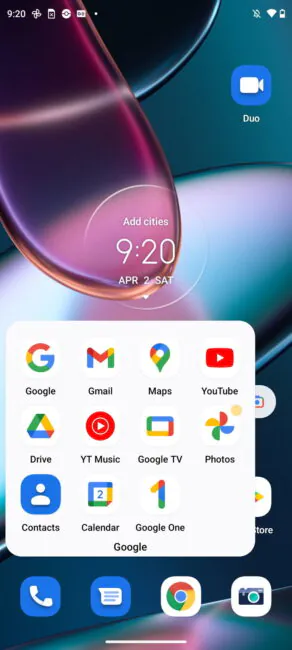
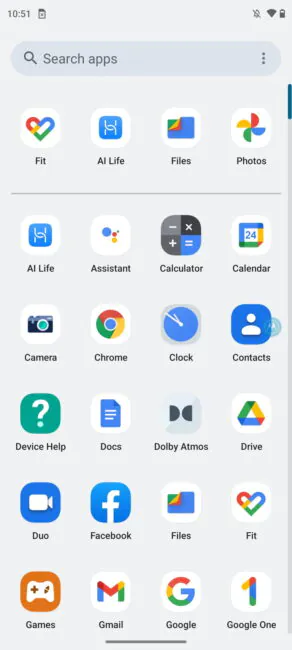
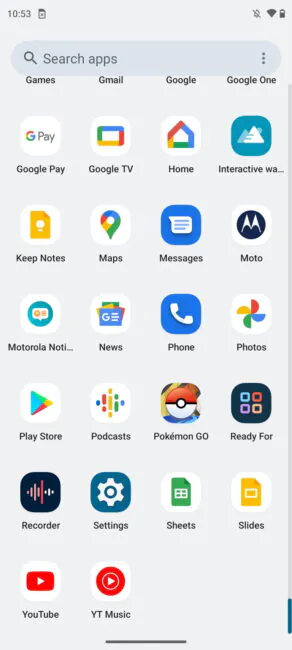
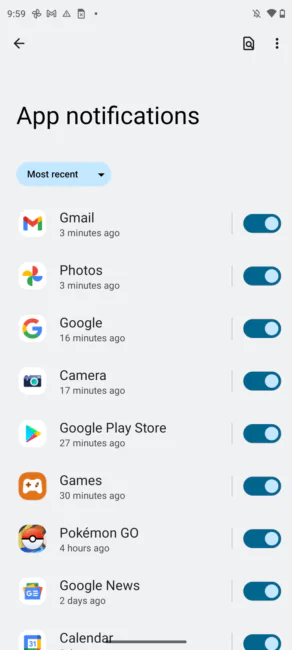
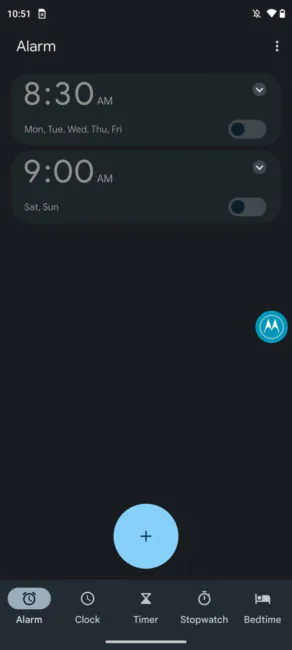
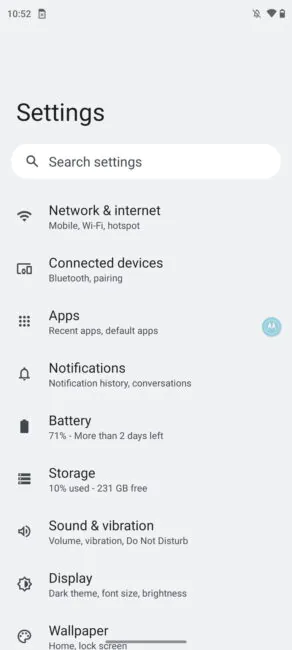

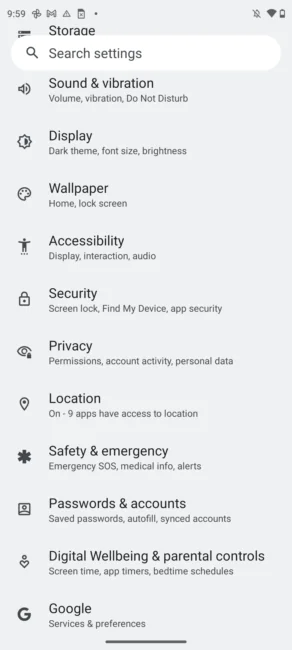
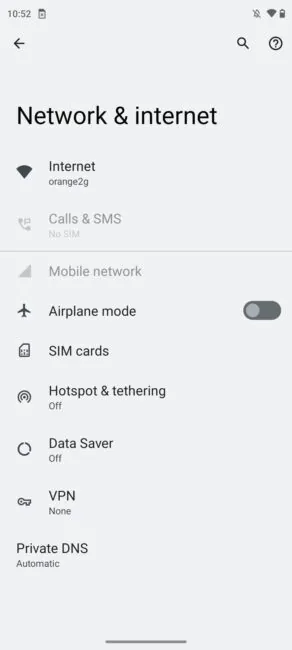
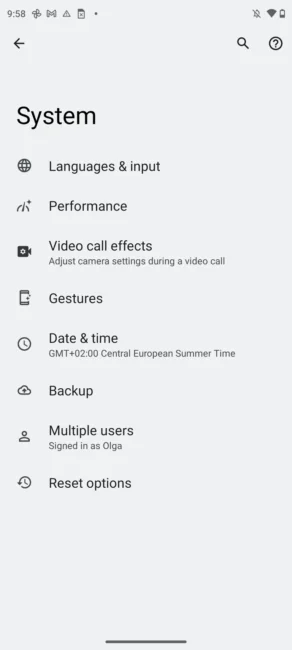
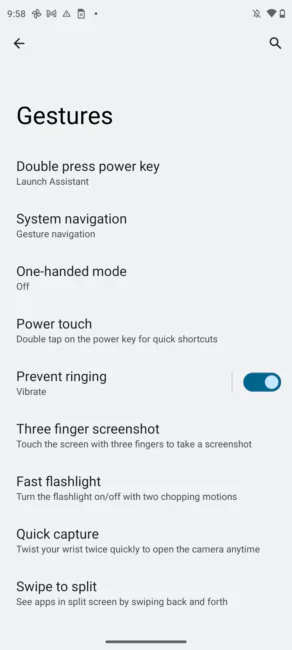
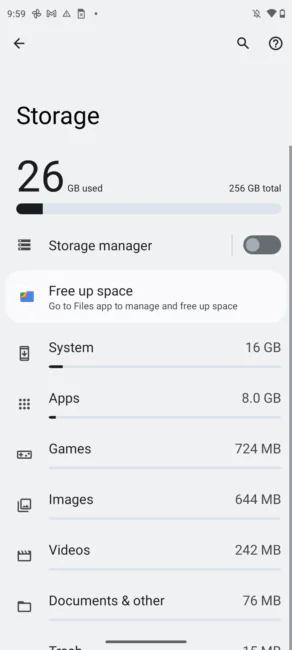

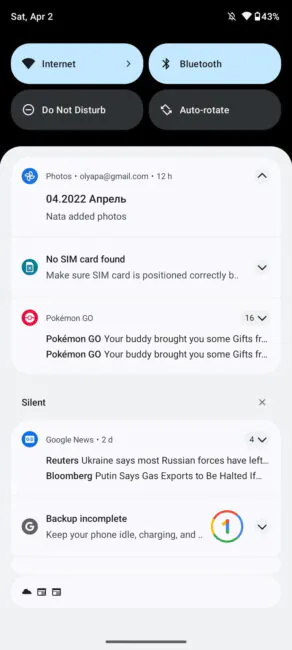
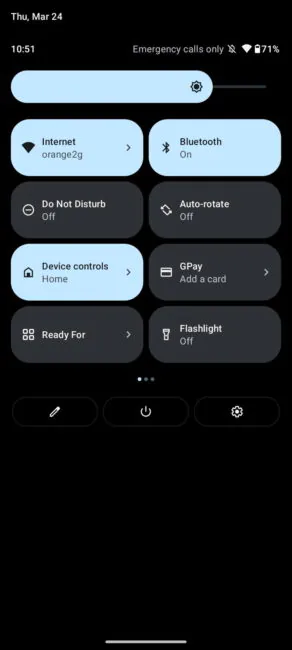
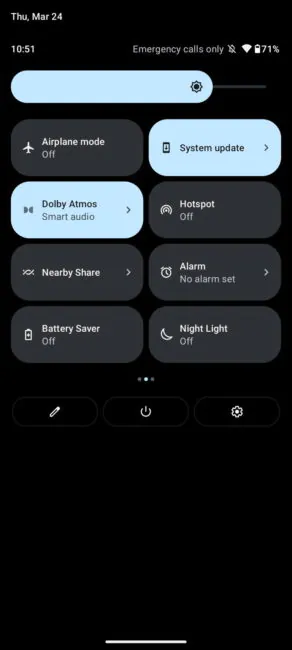
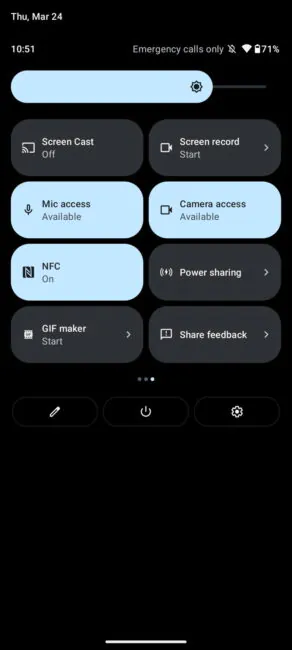
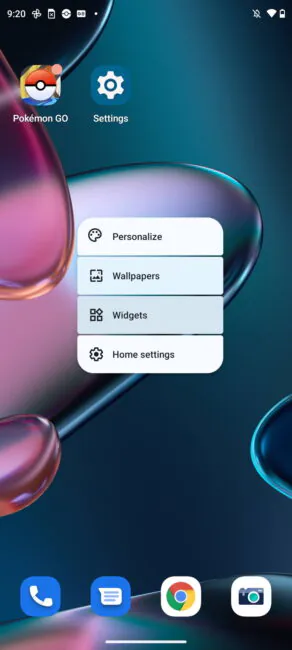
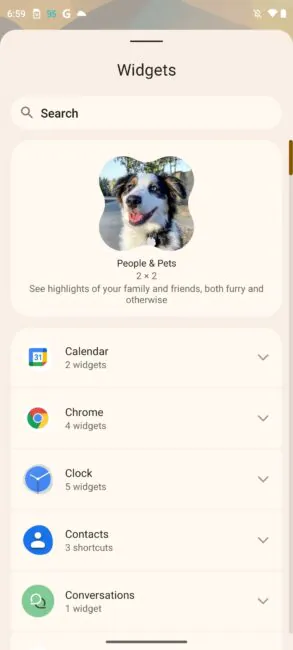
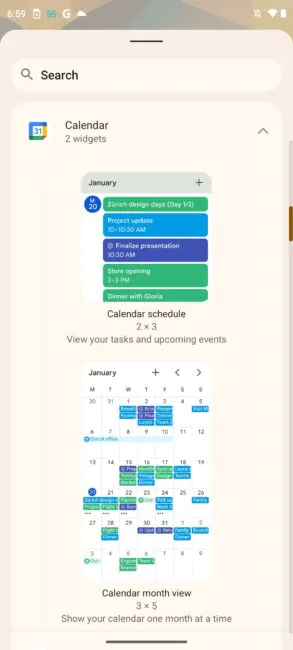
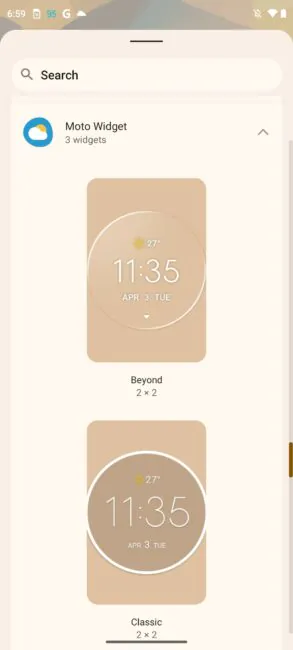
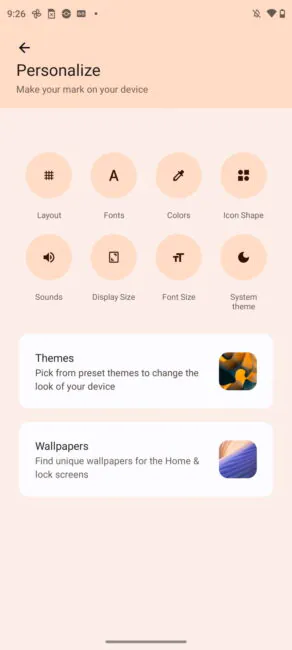
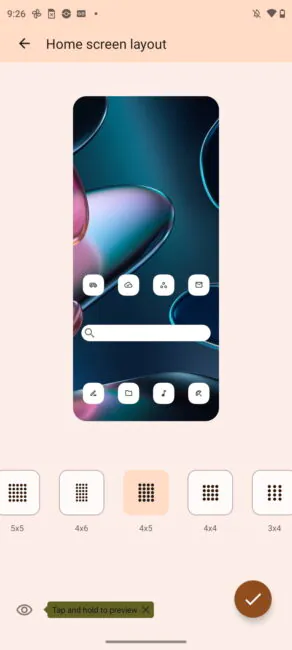
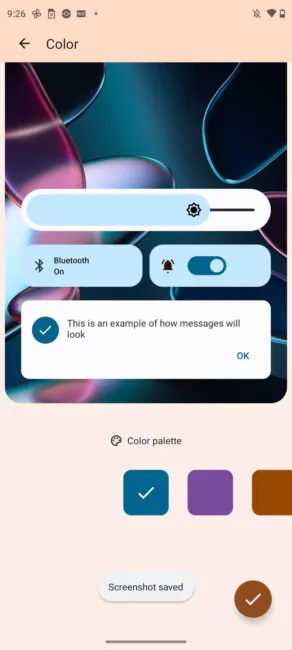
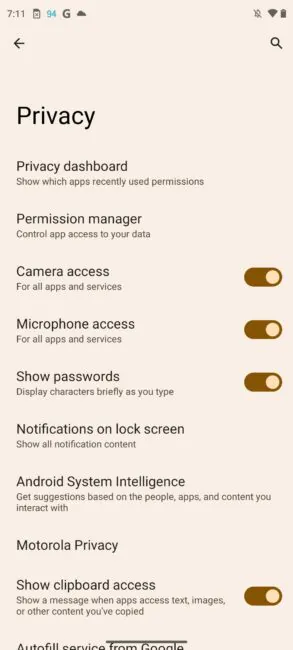
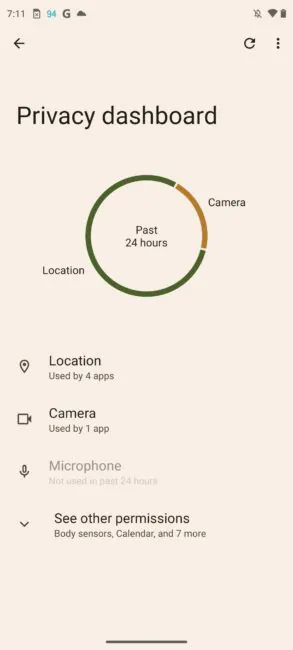
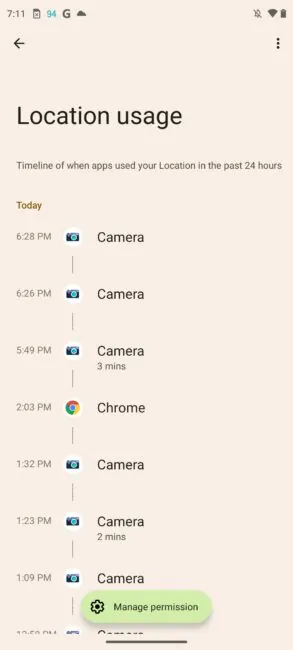
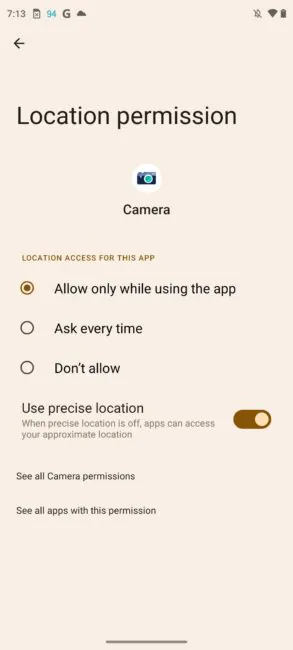
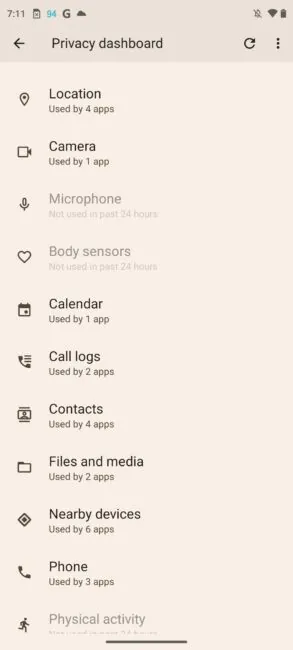
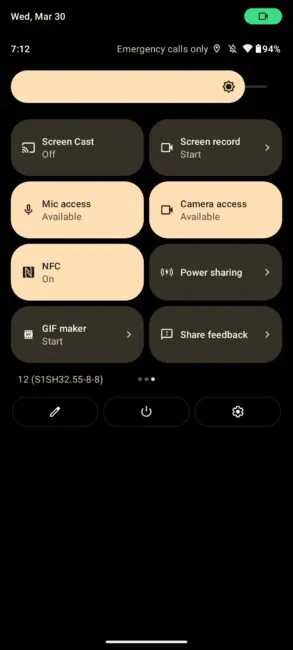
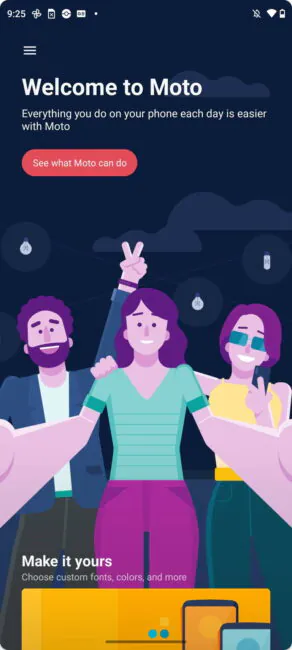
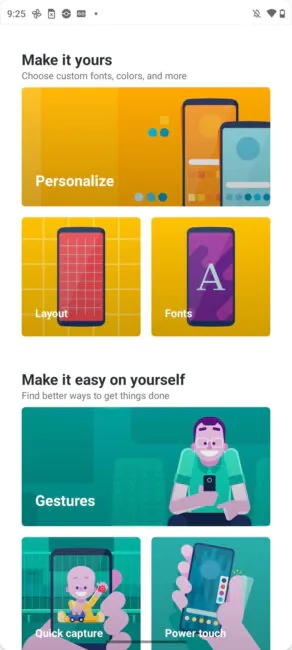

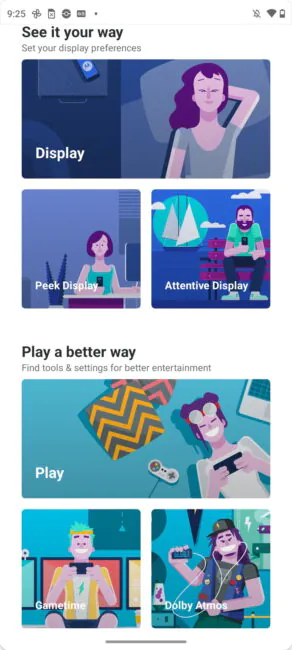

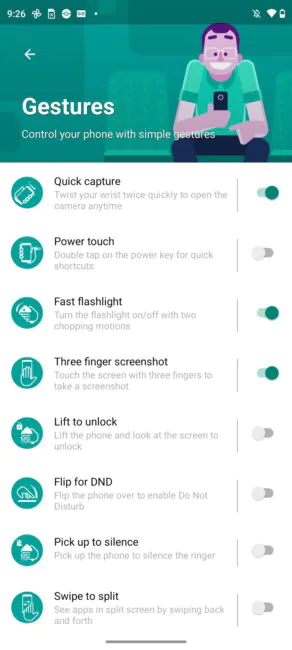
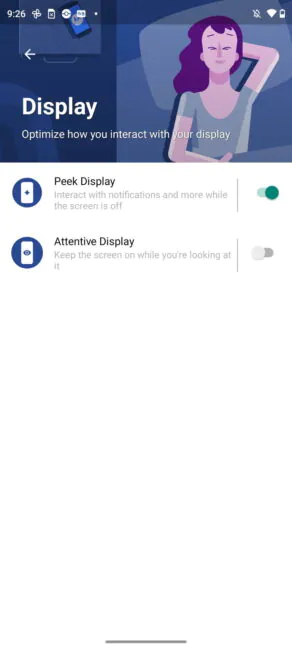
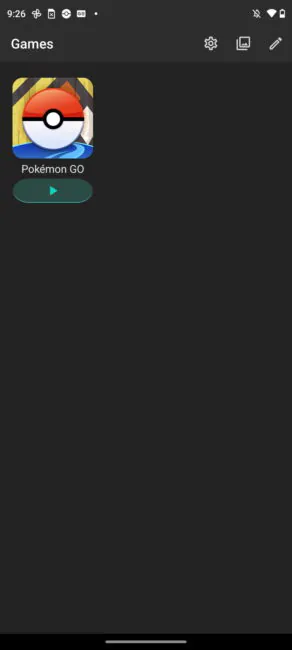
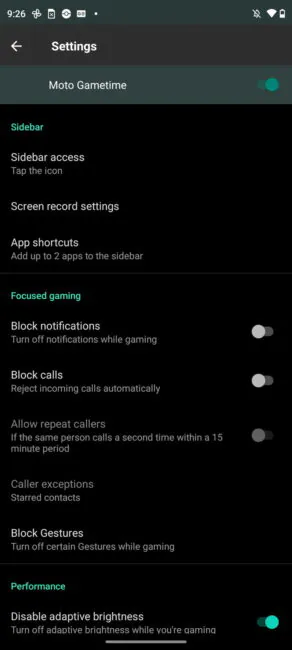
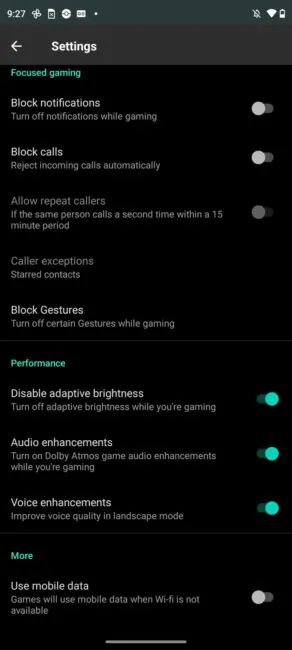
Thank you for the review.
You are welcome :)
What are the alternative methods to click a photo (apart from touching the Big White Dot)
Volume button?